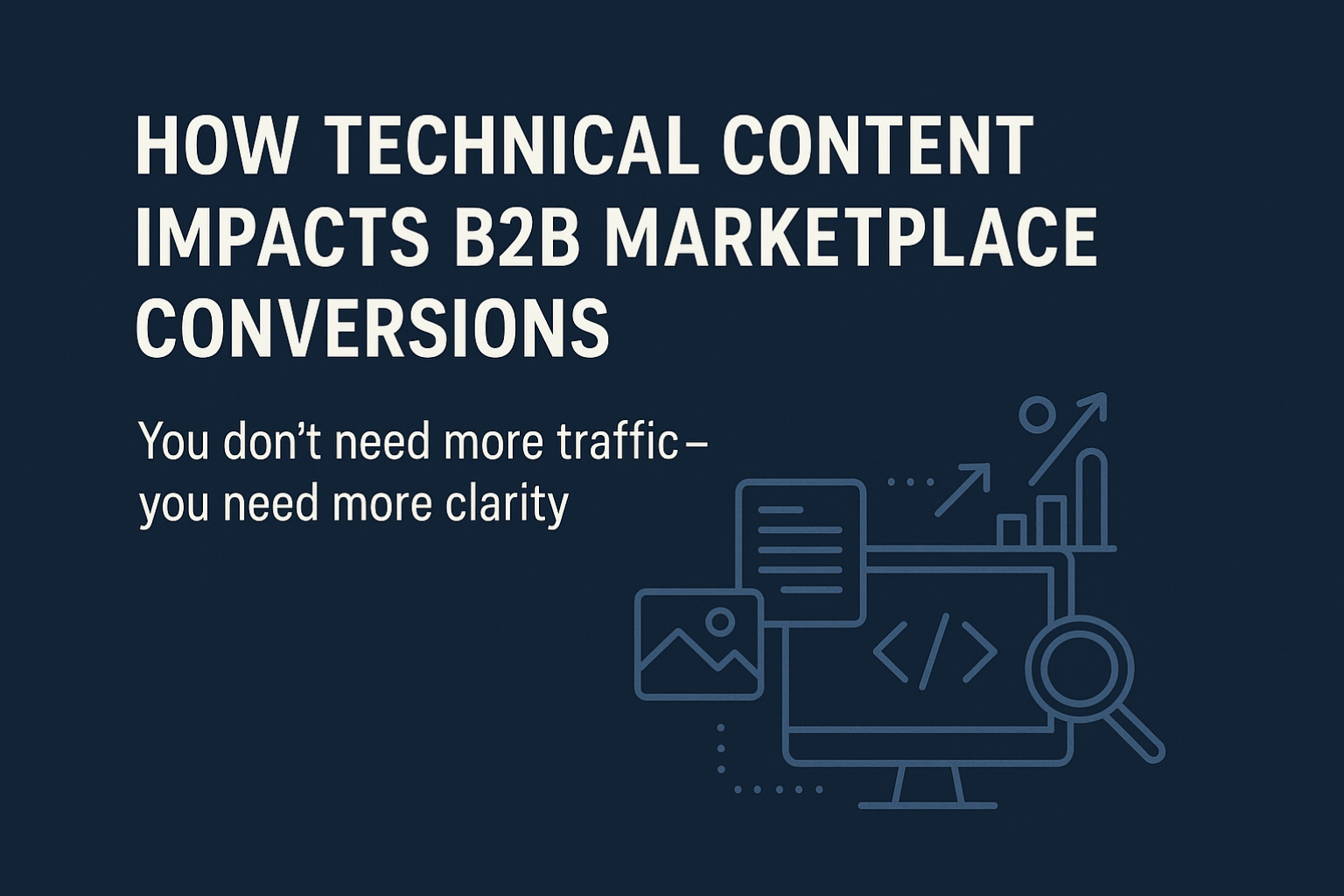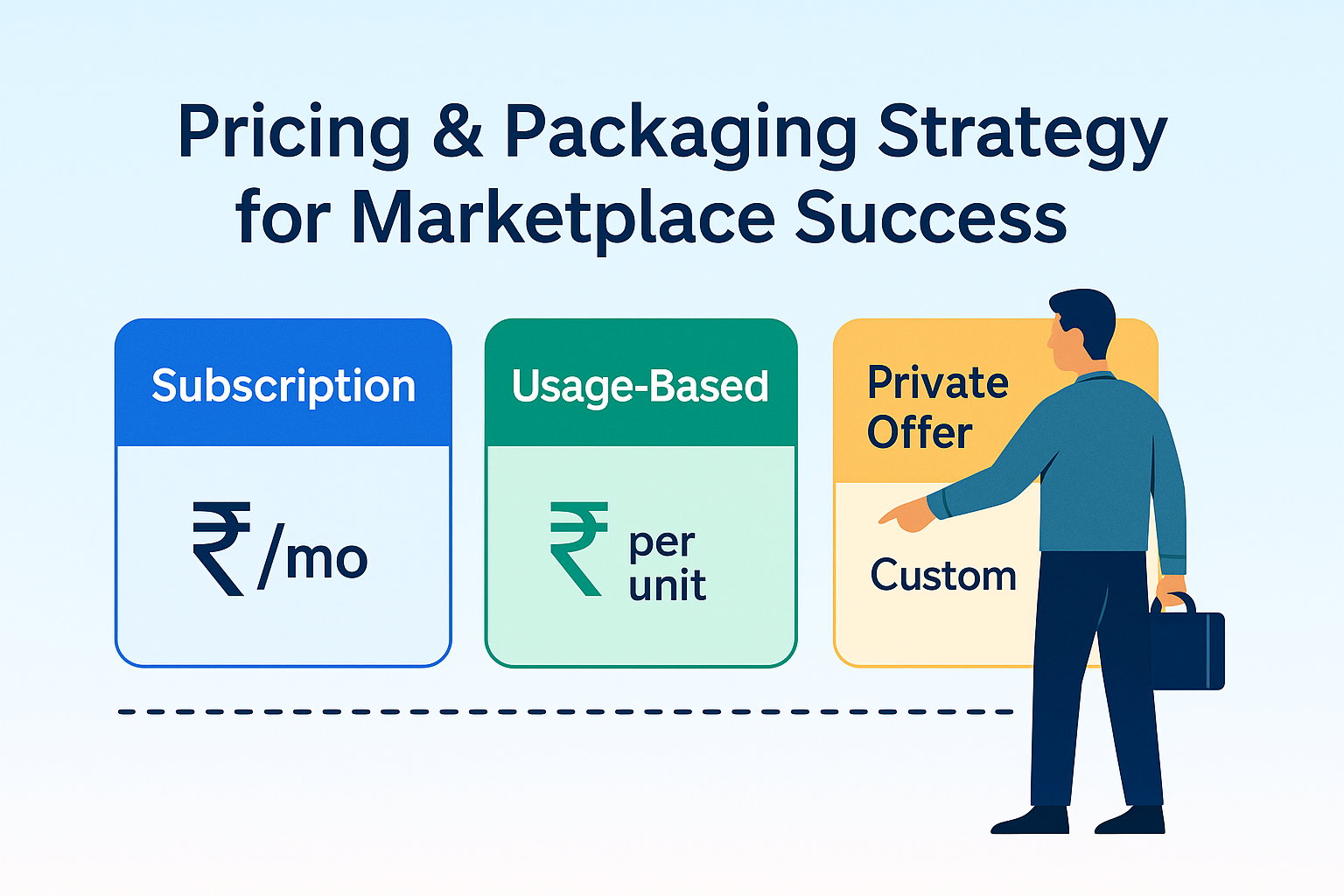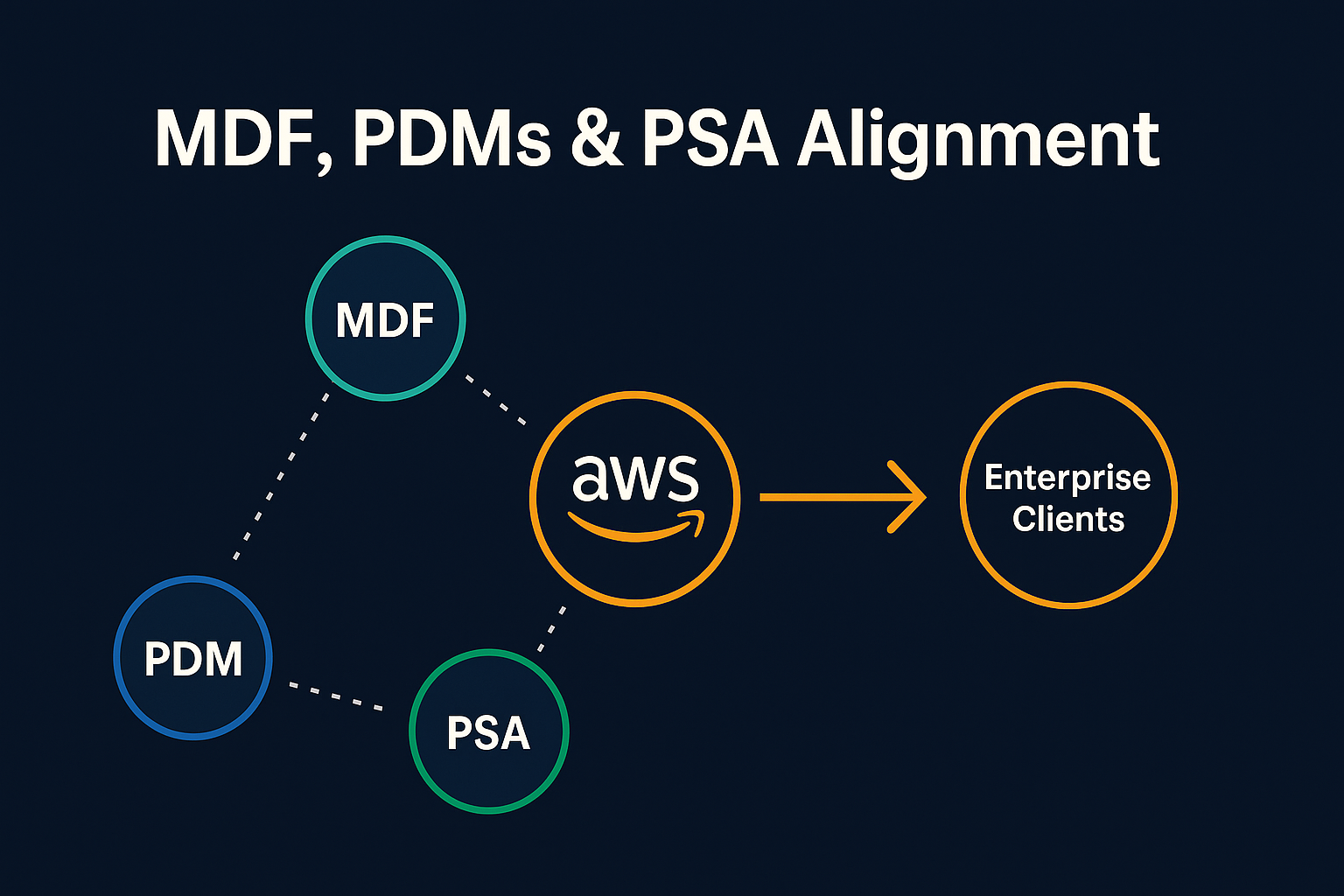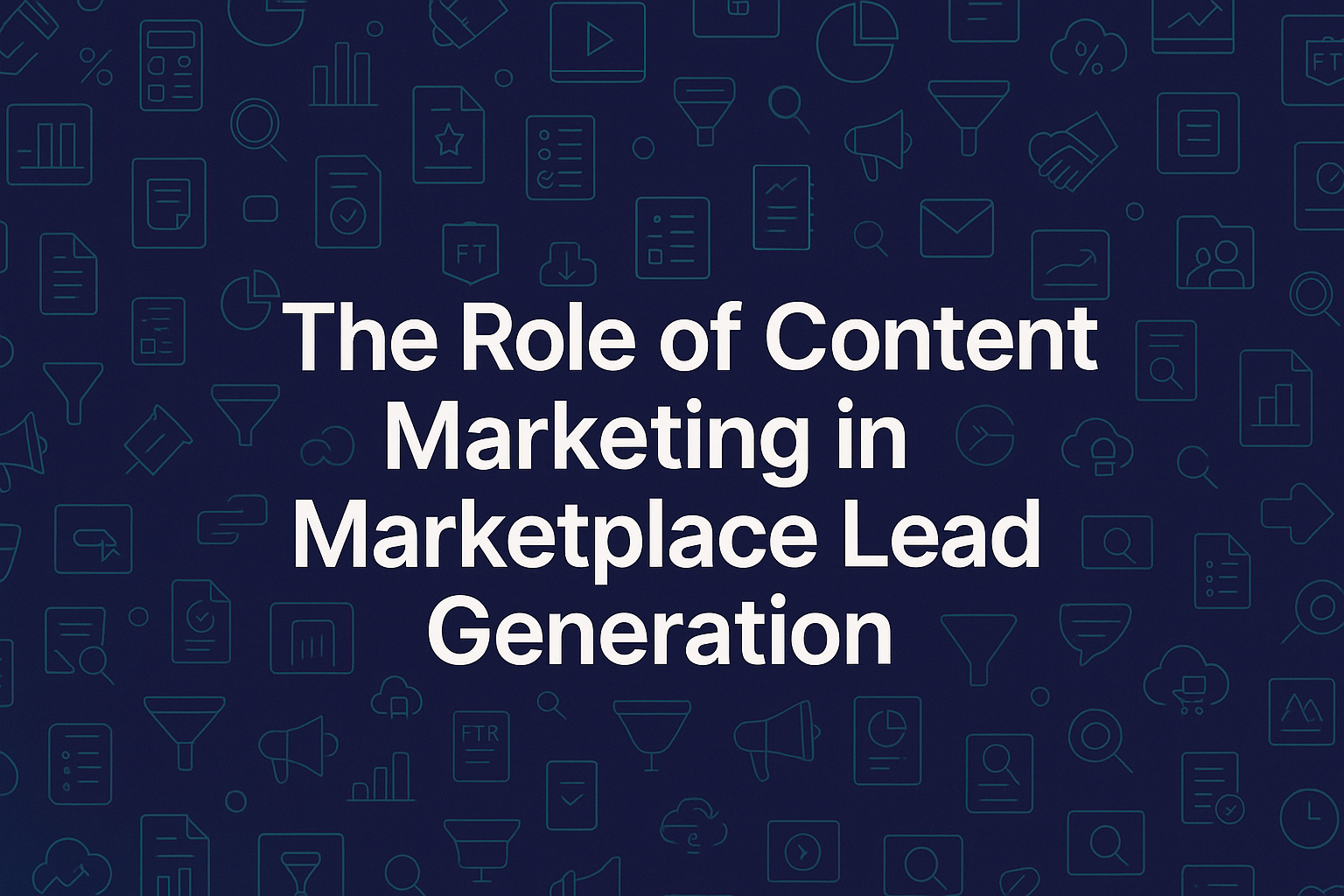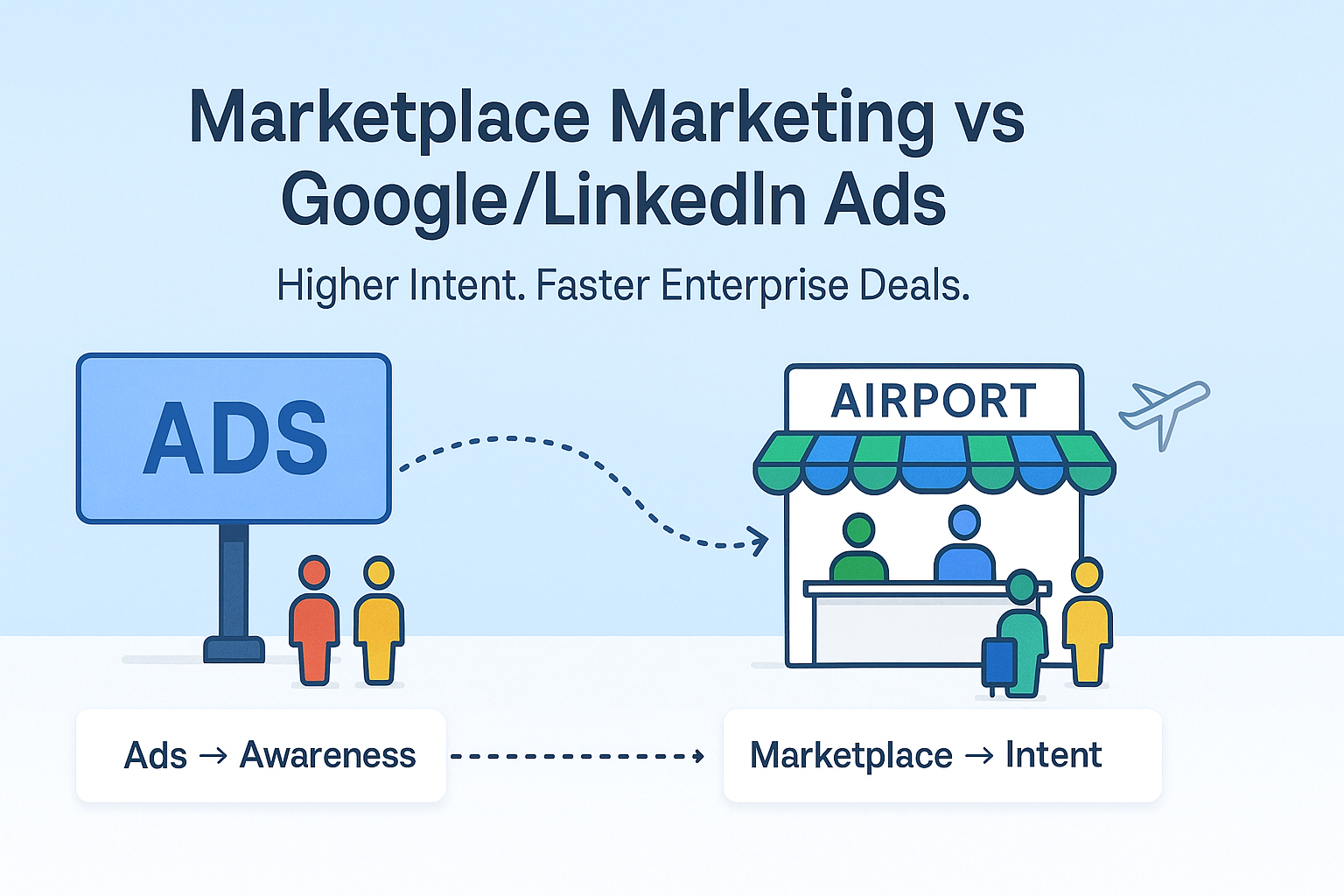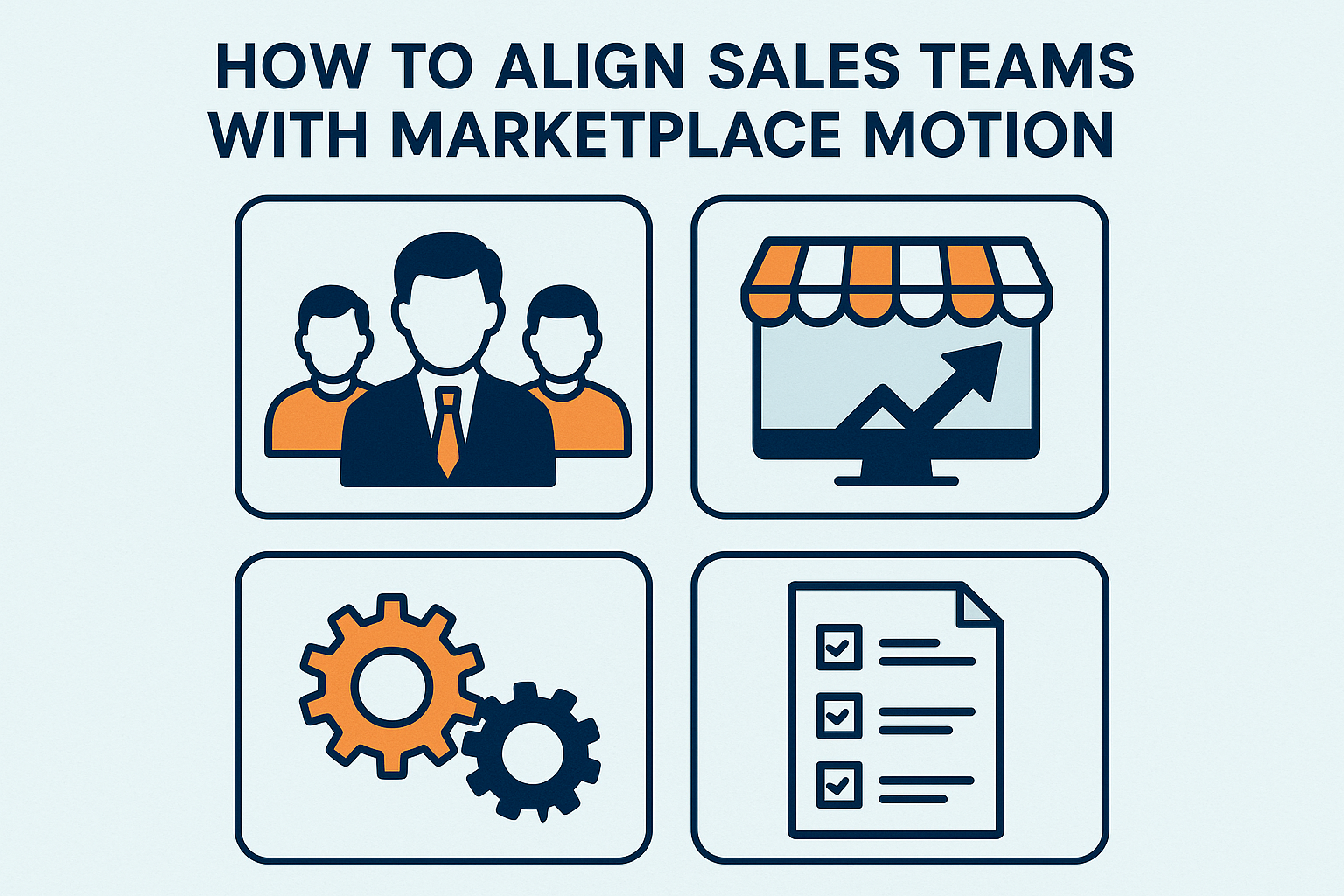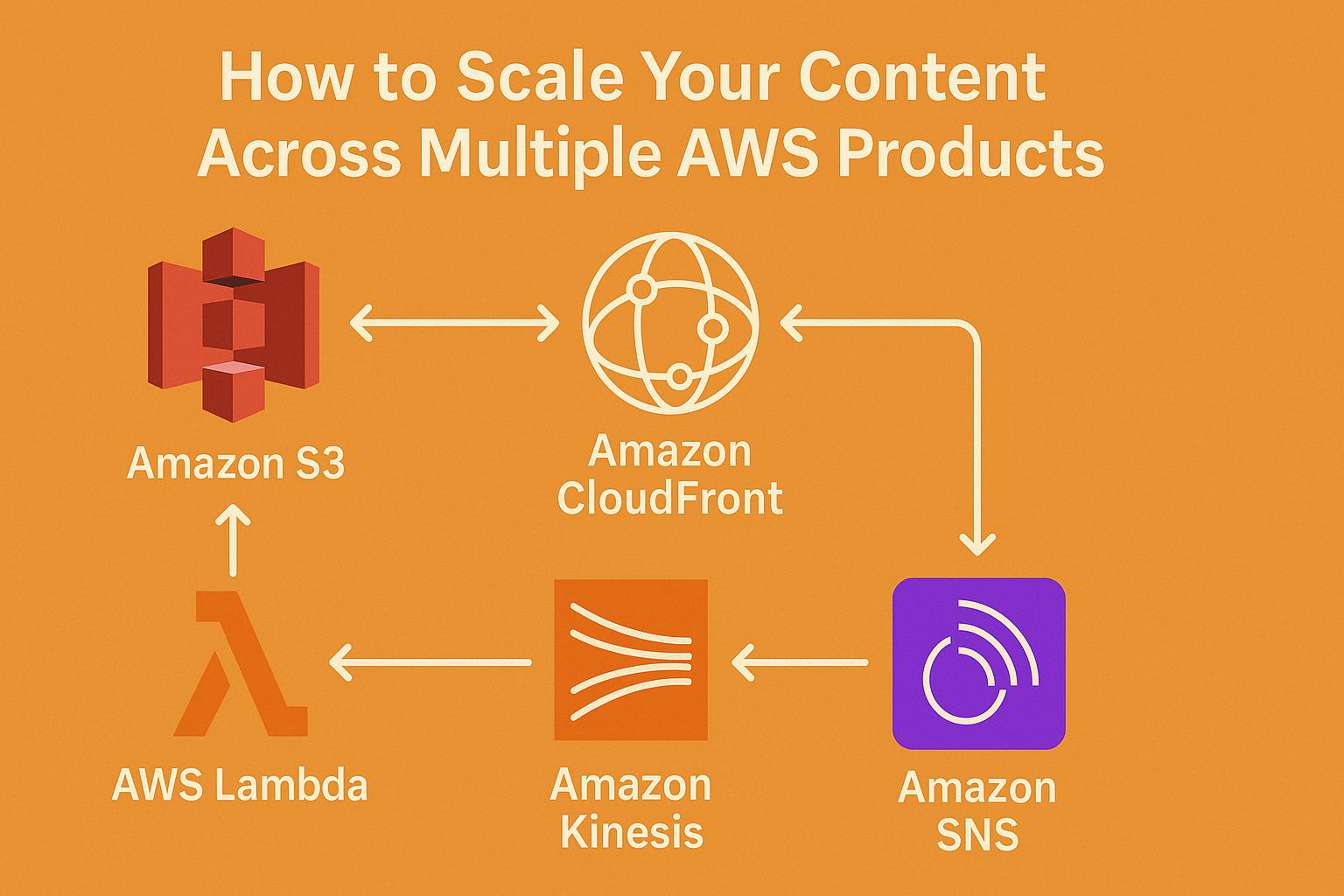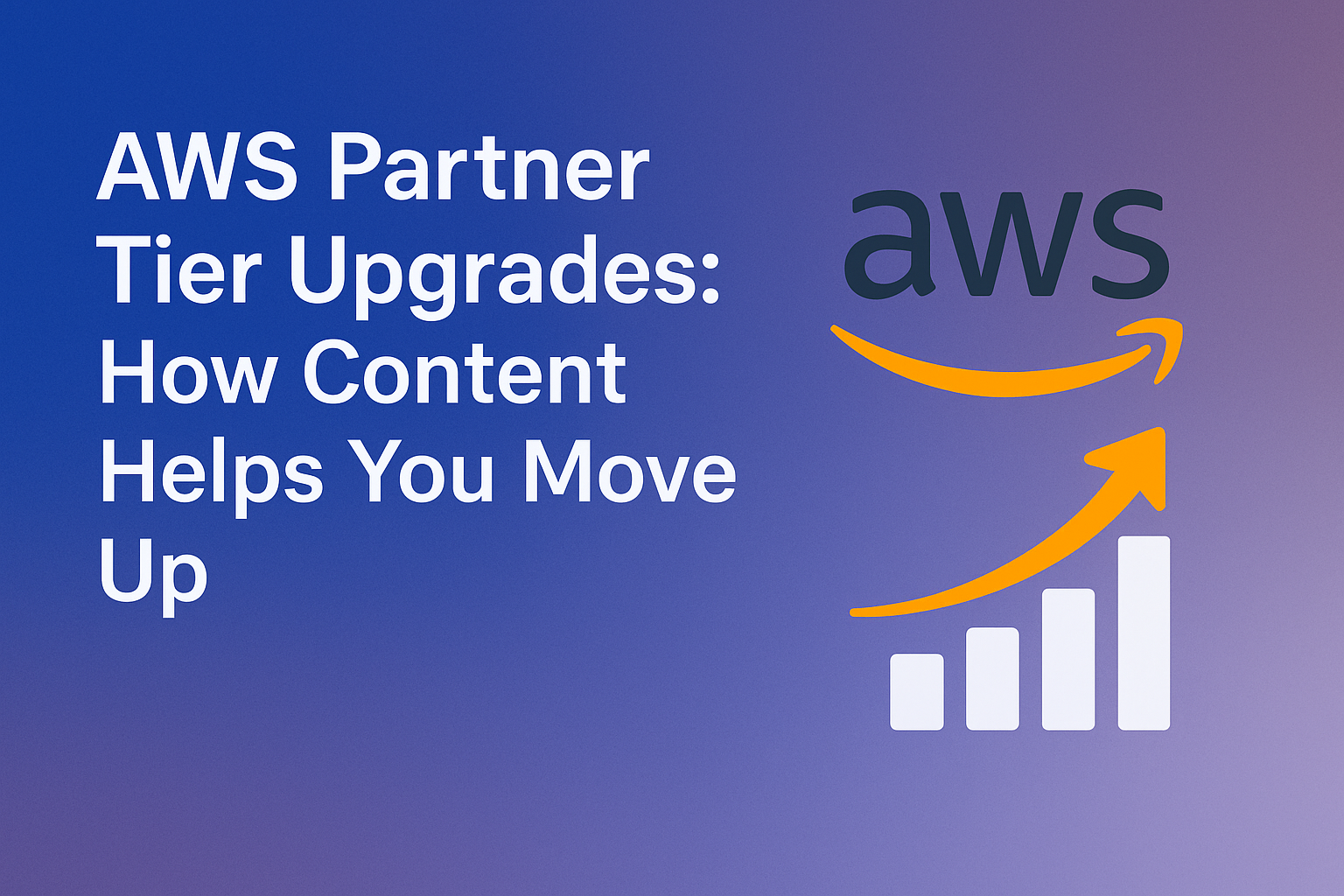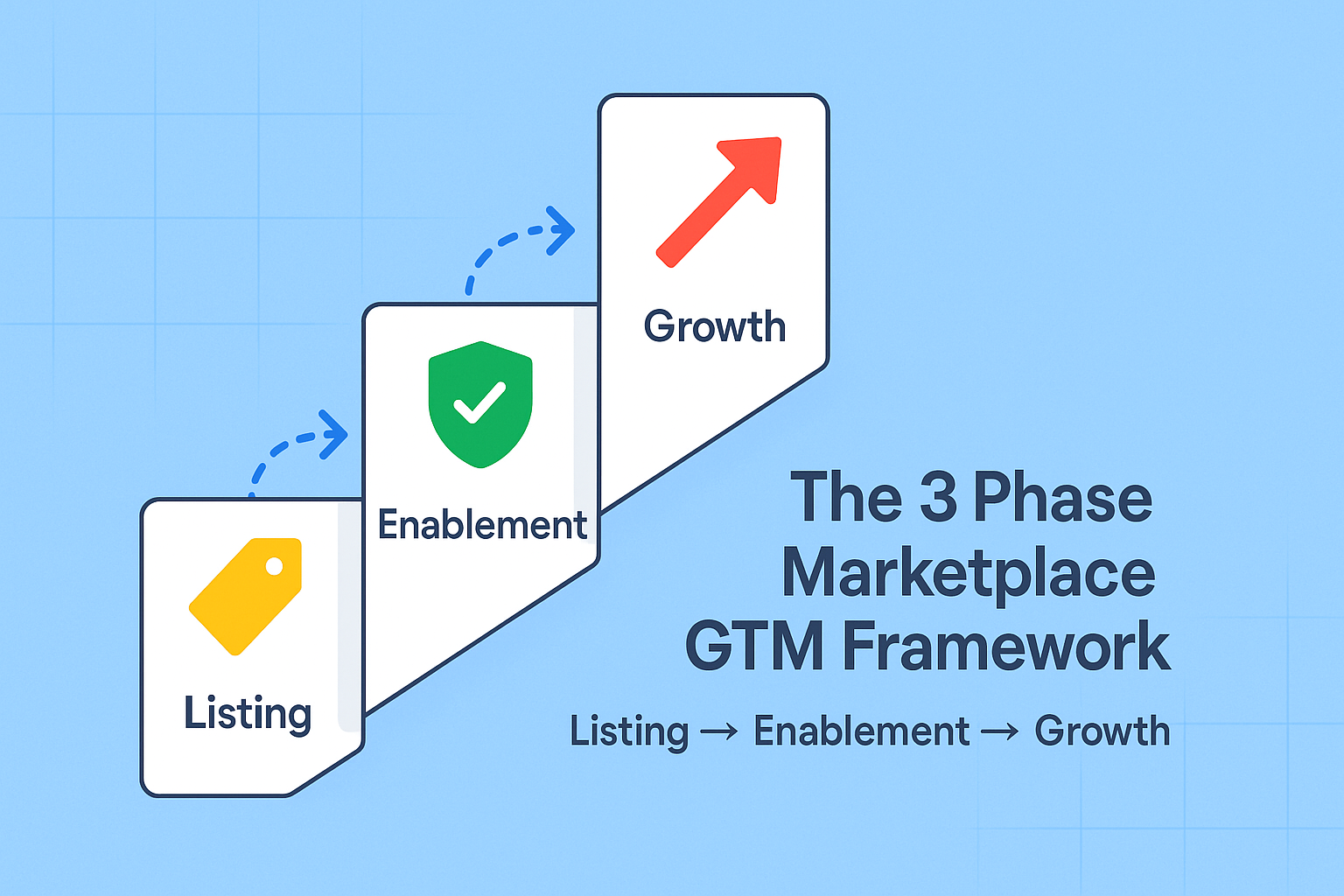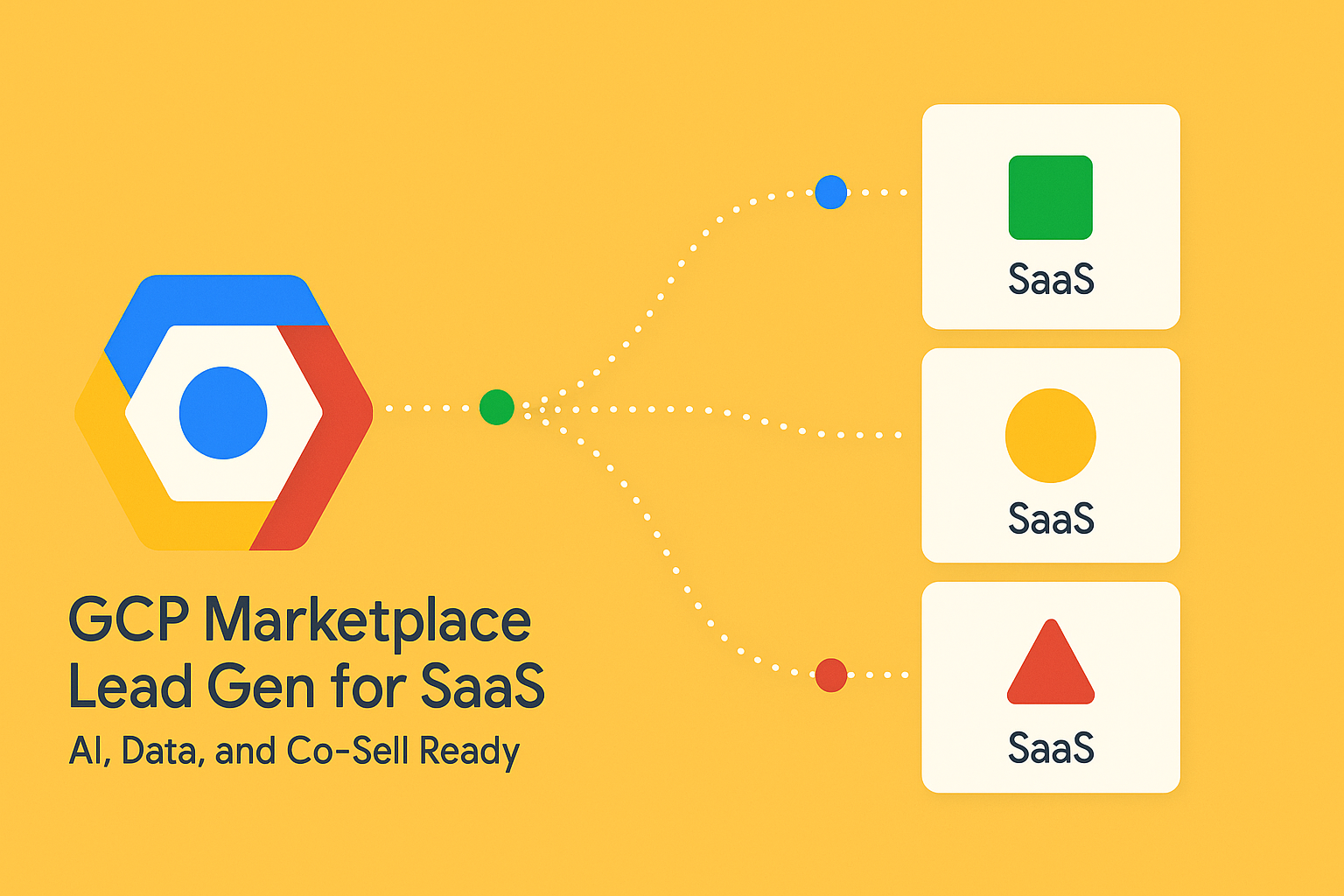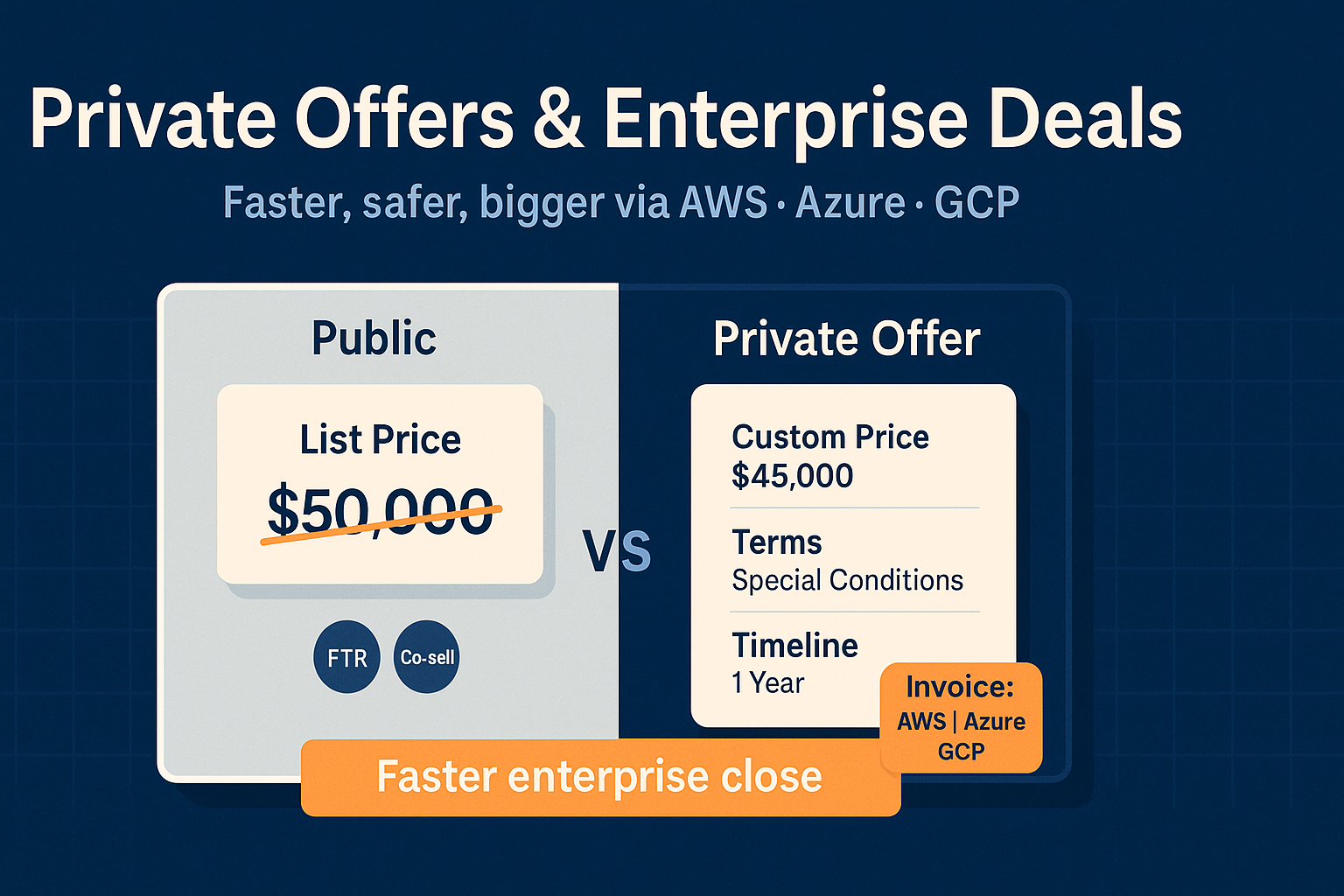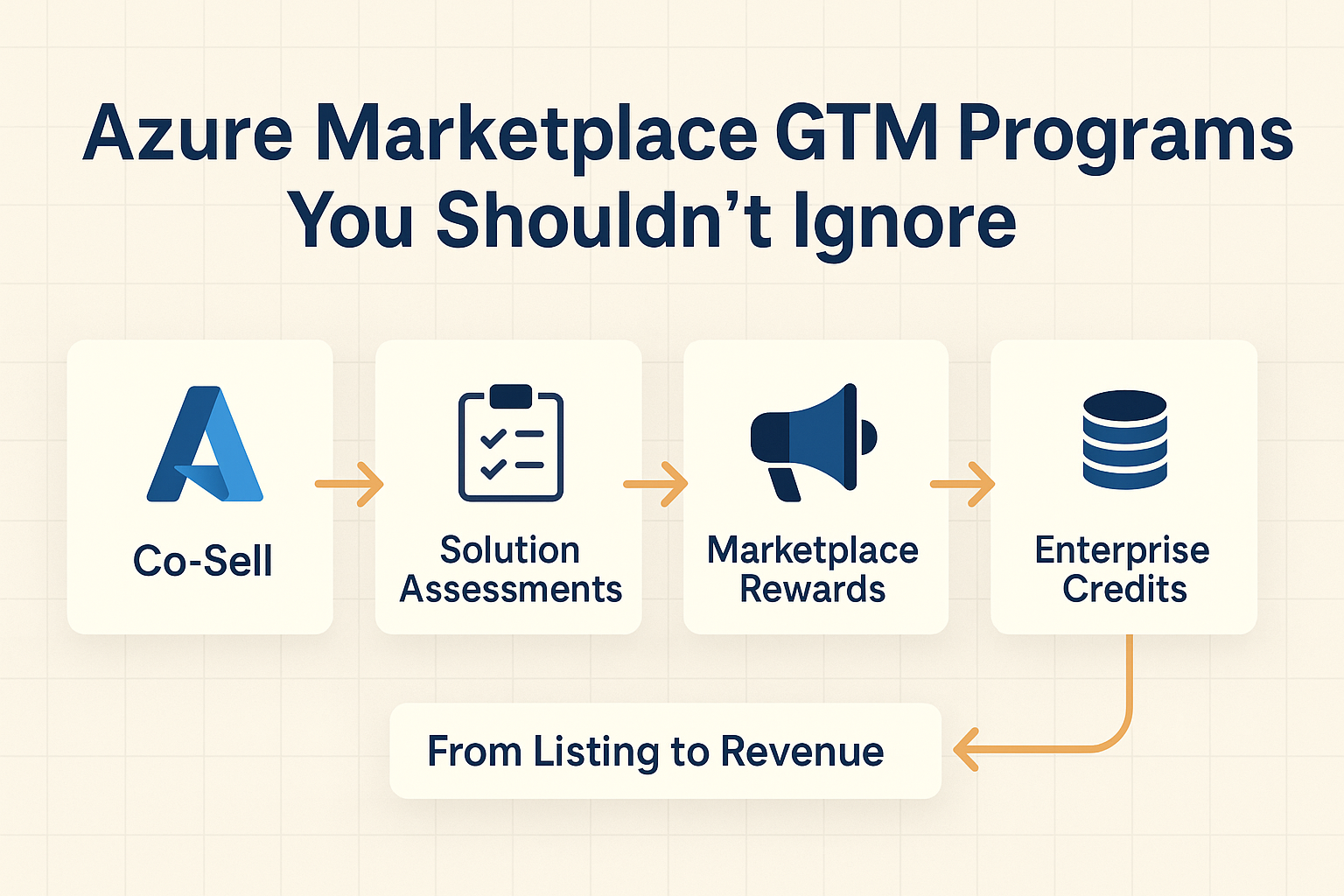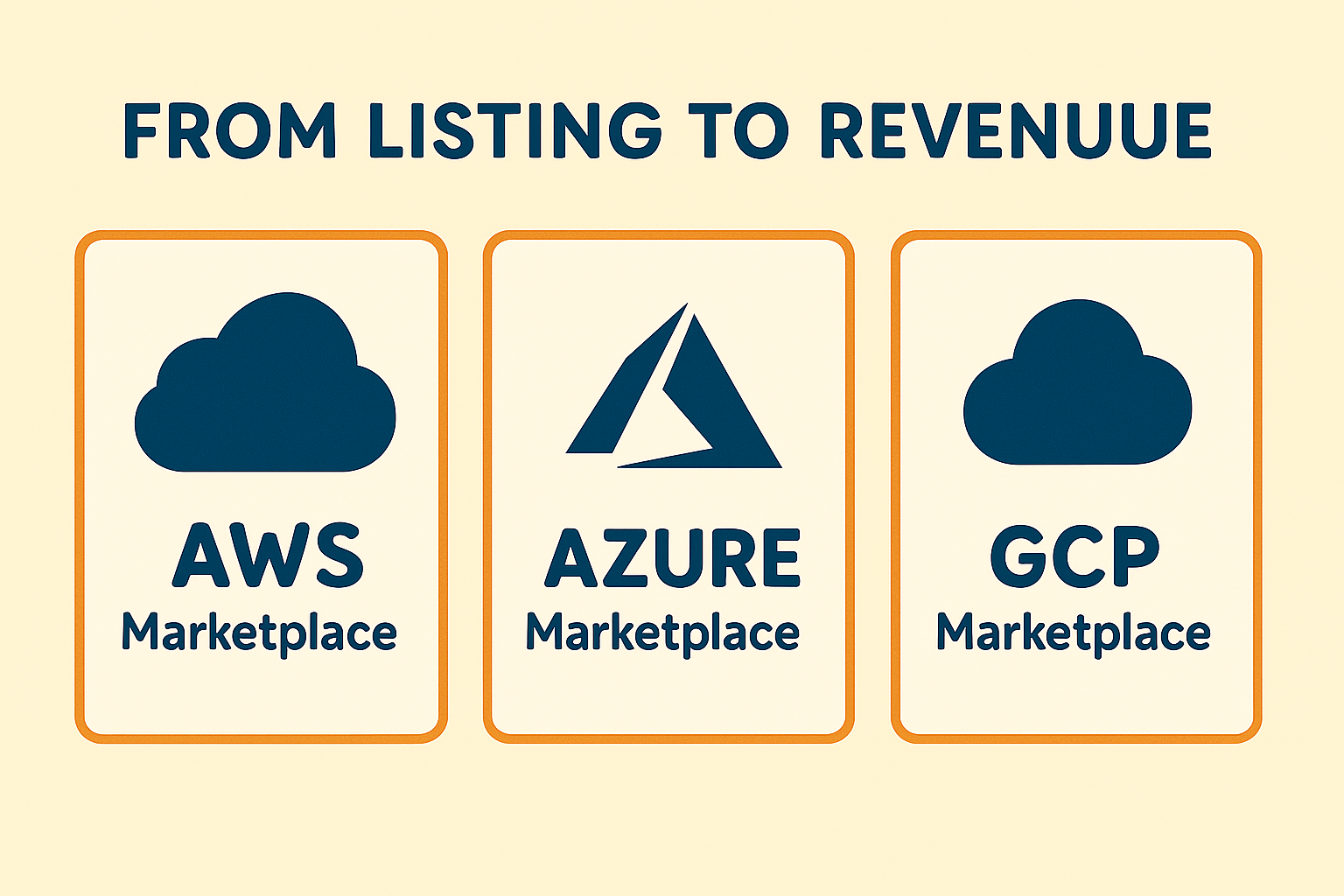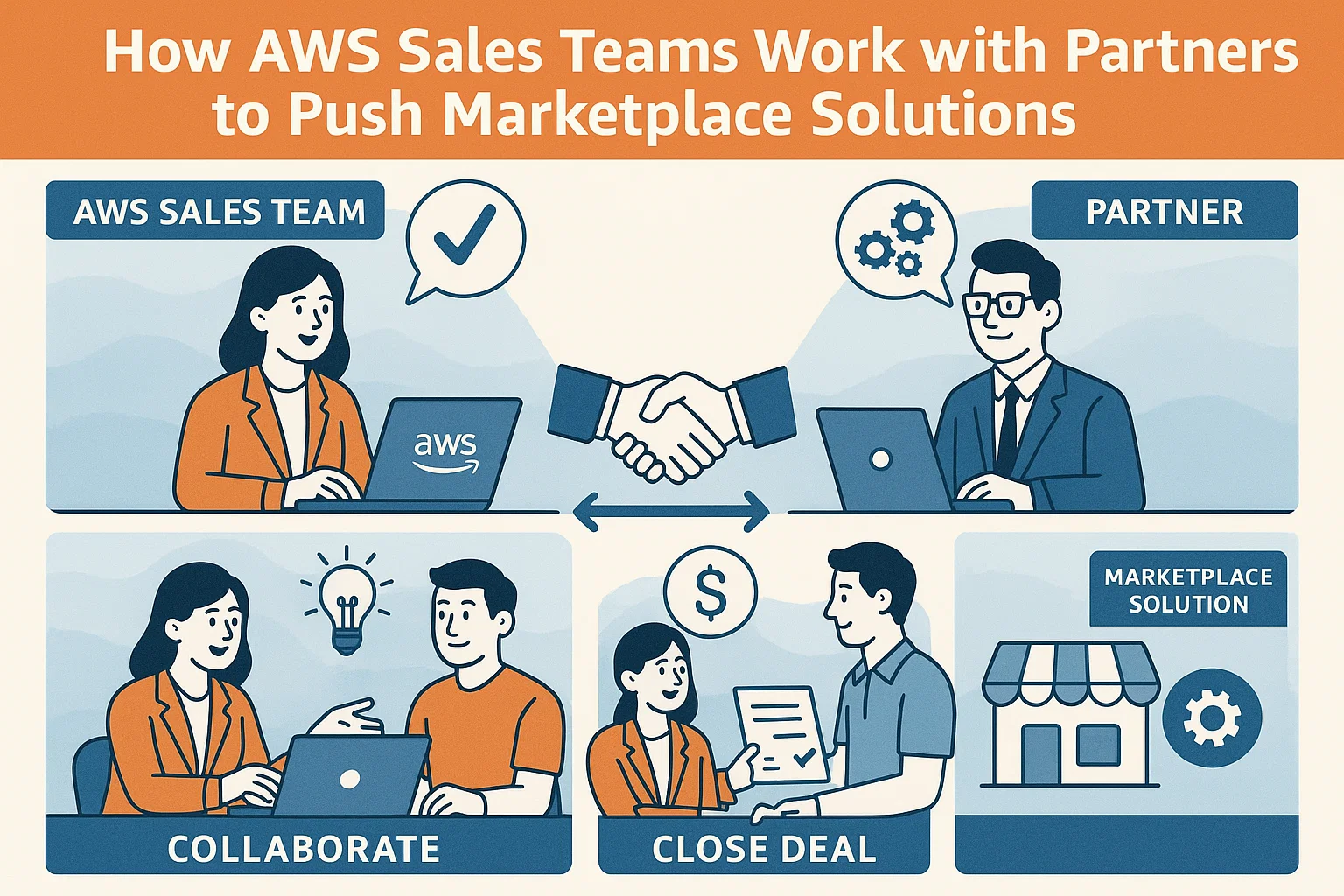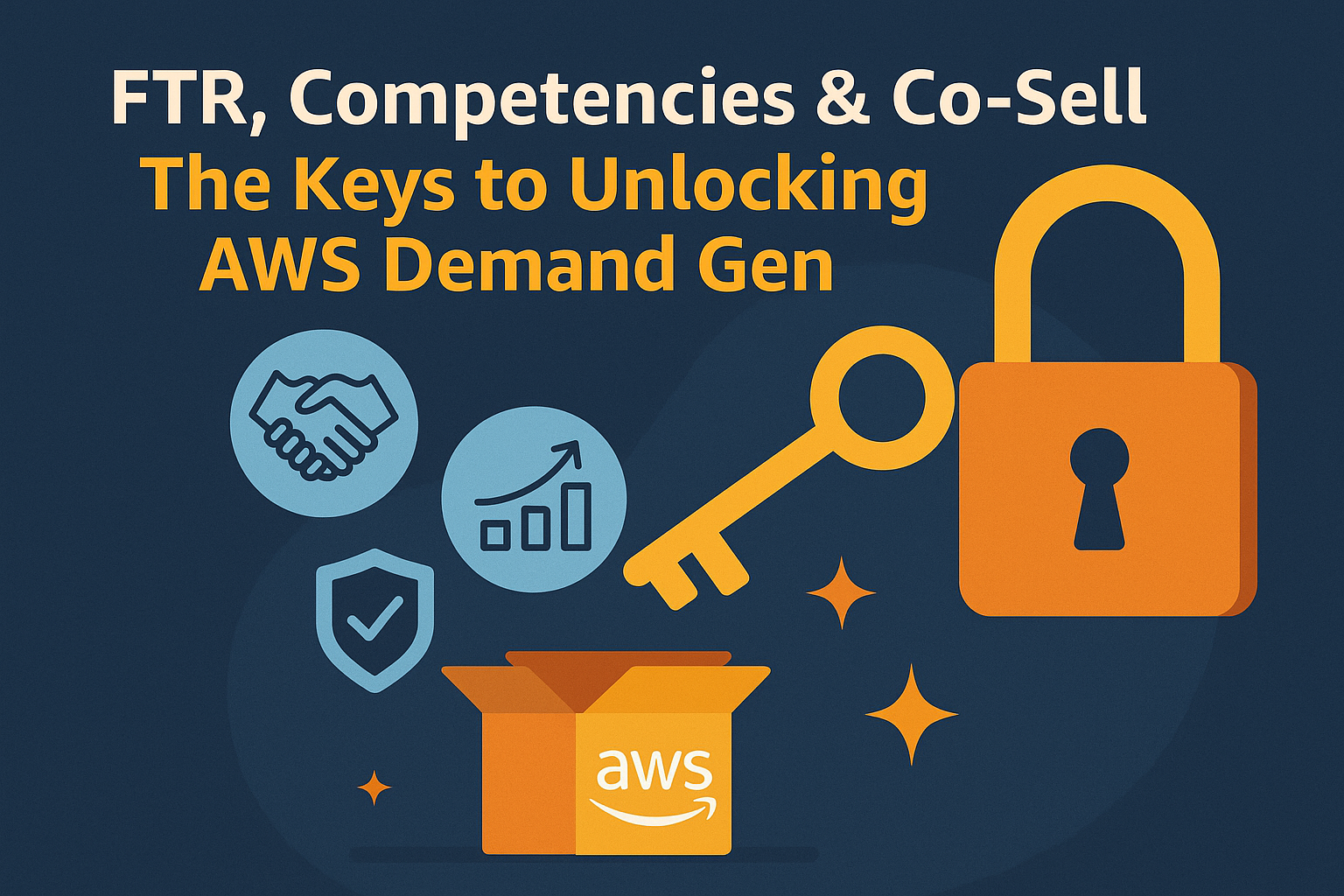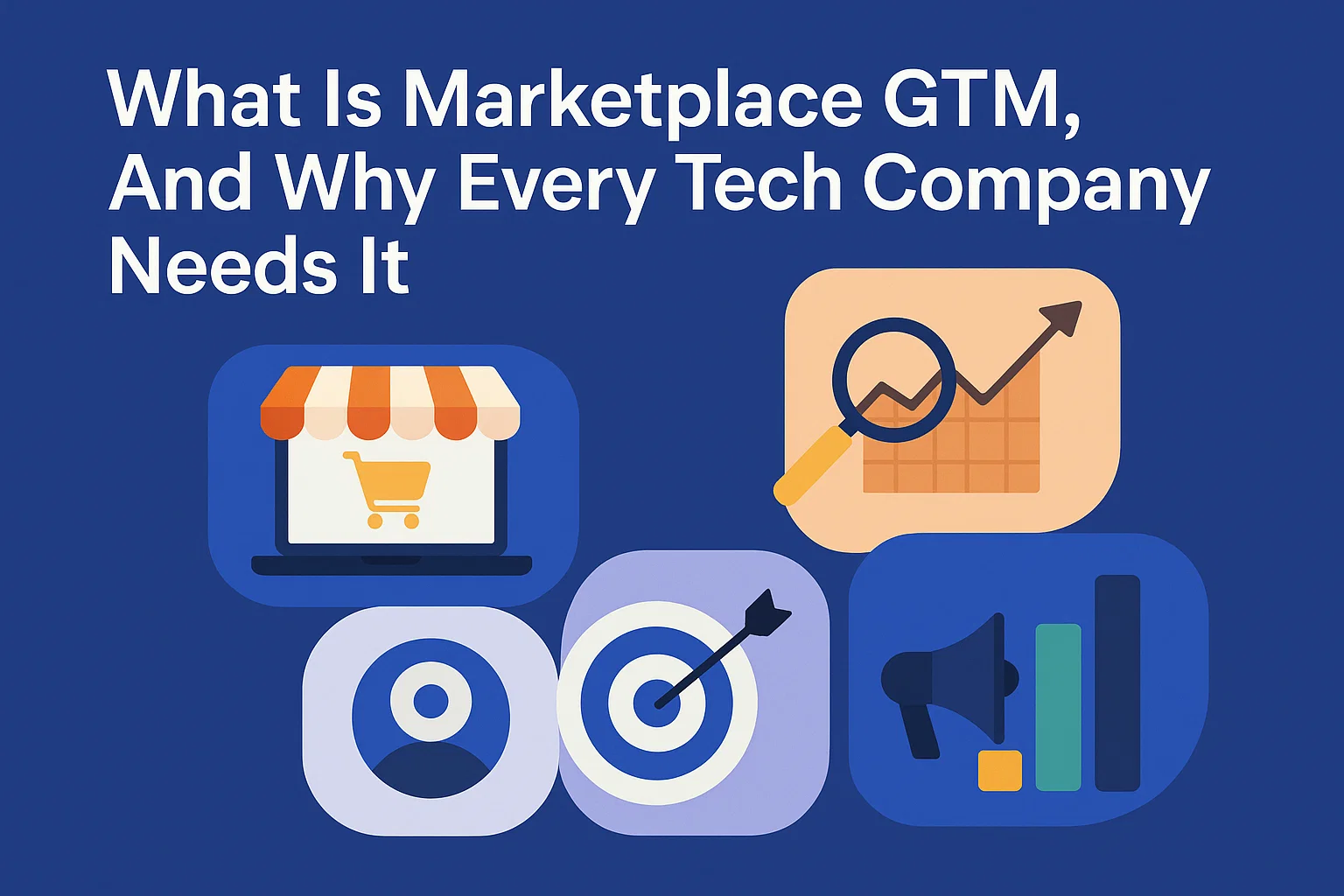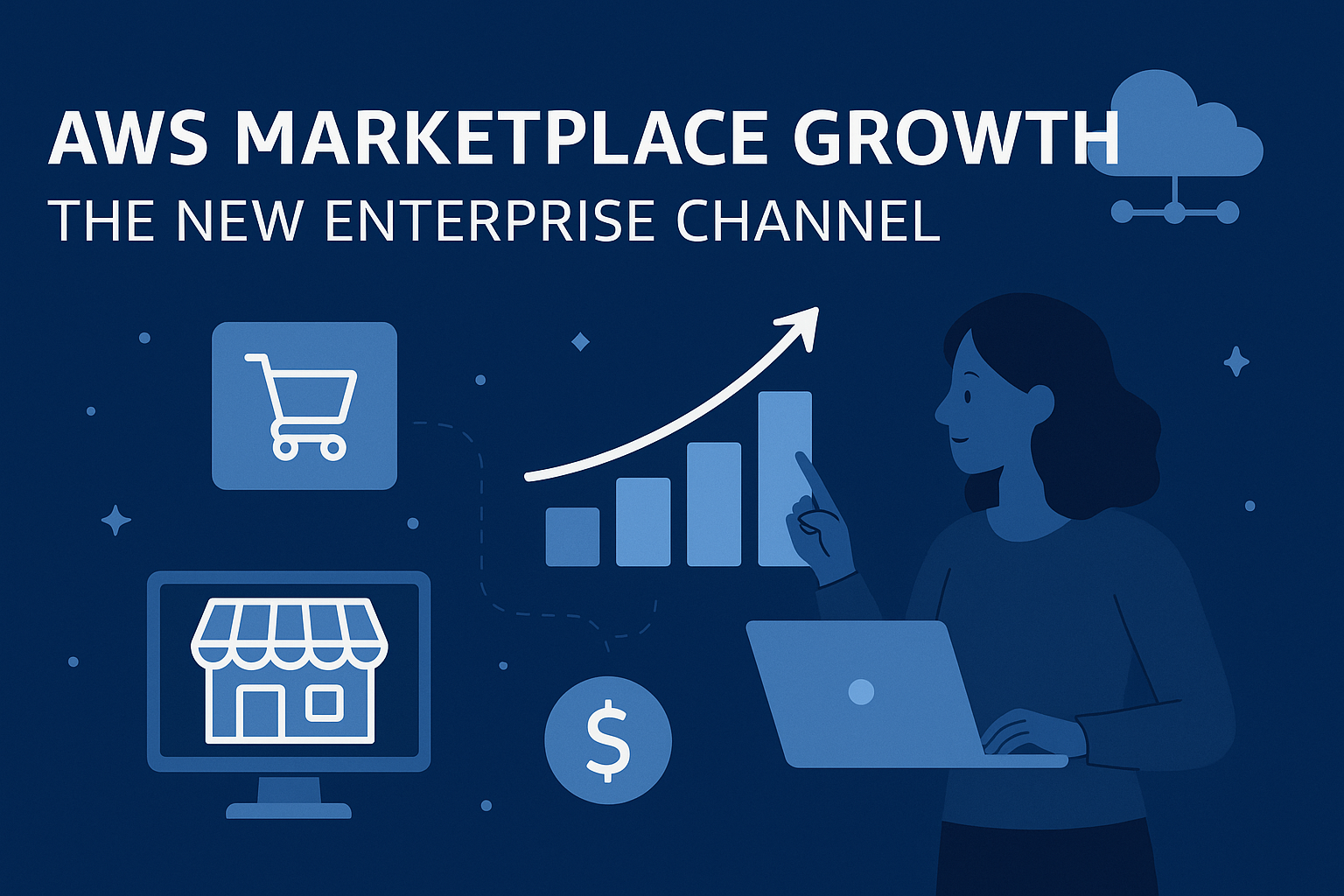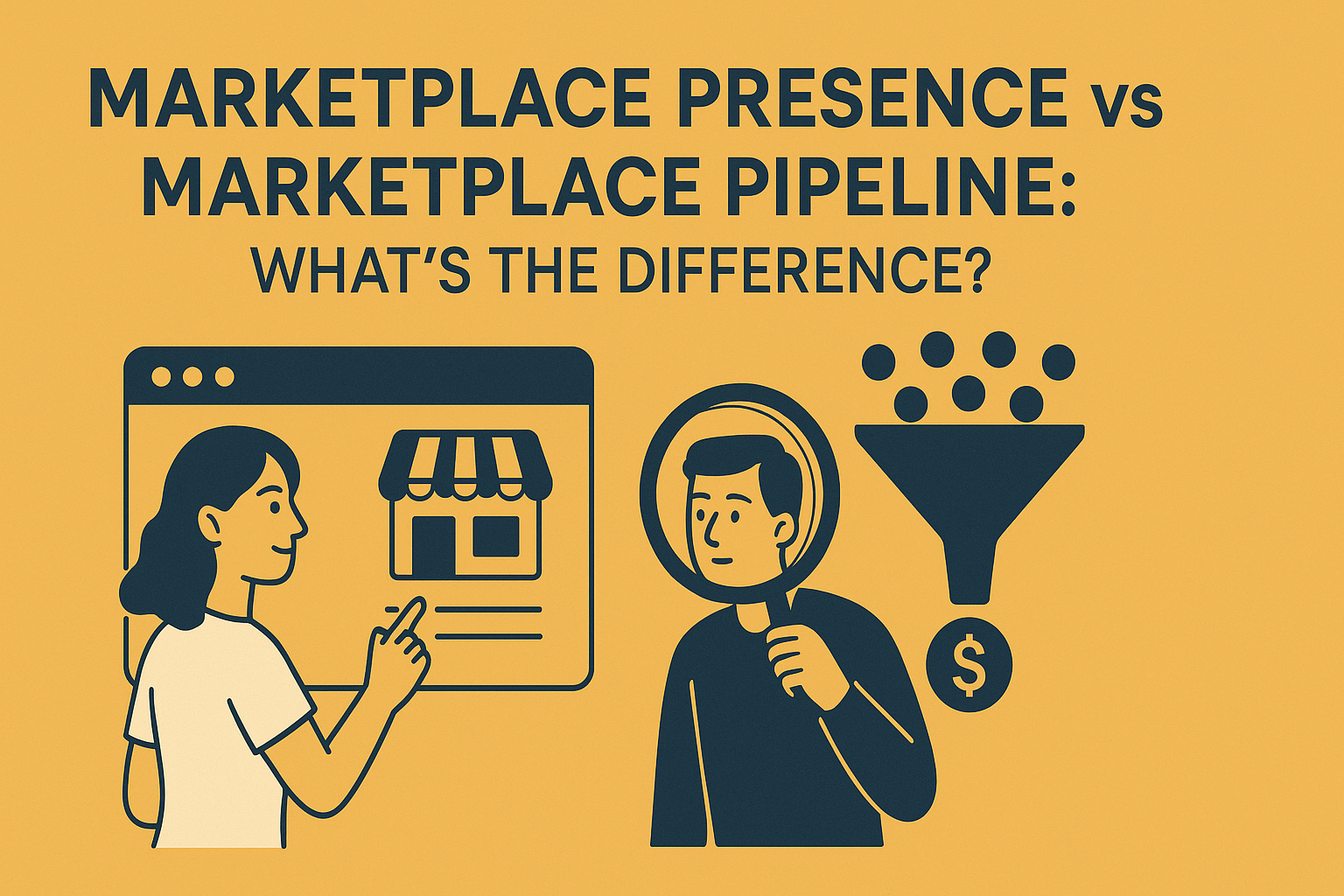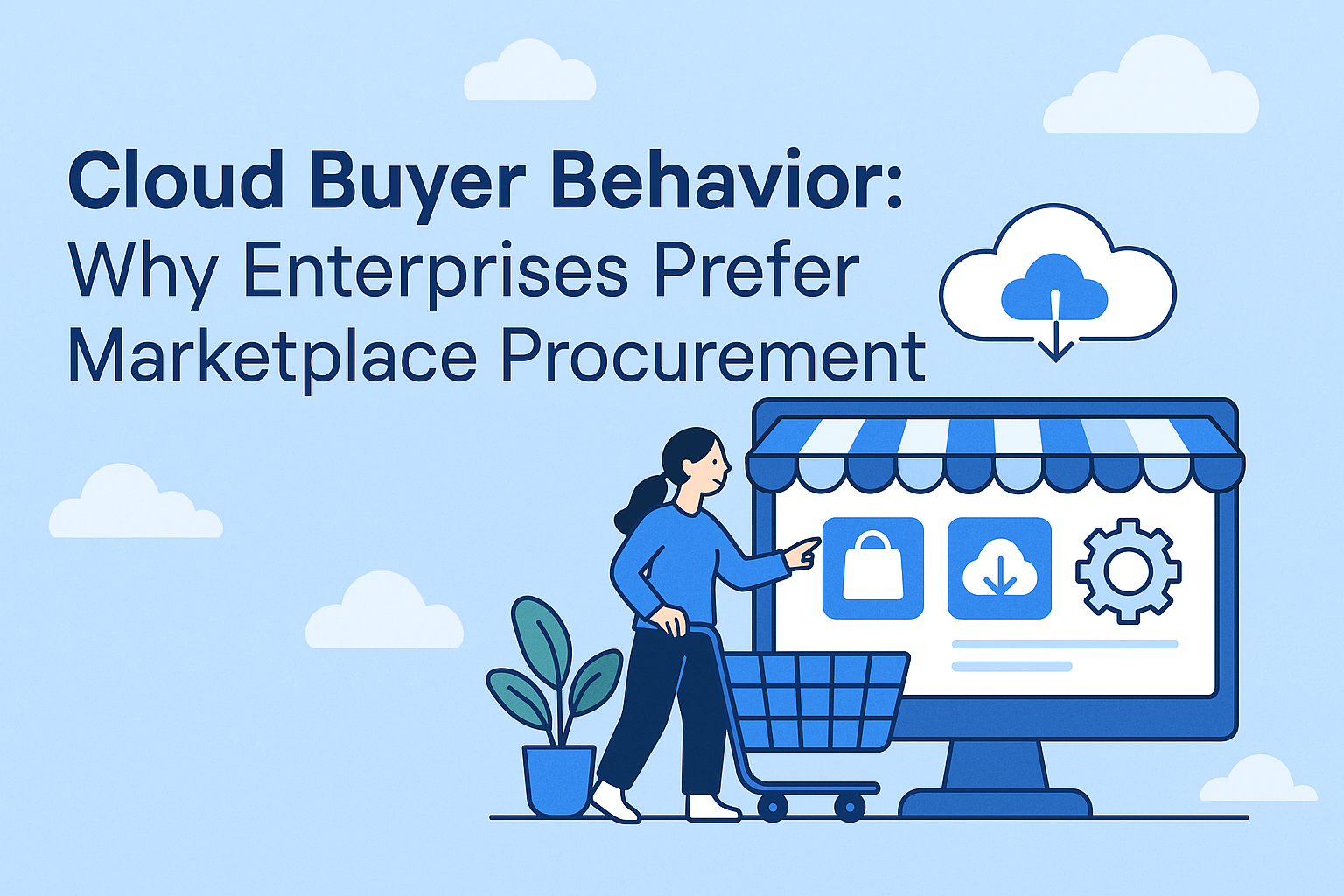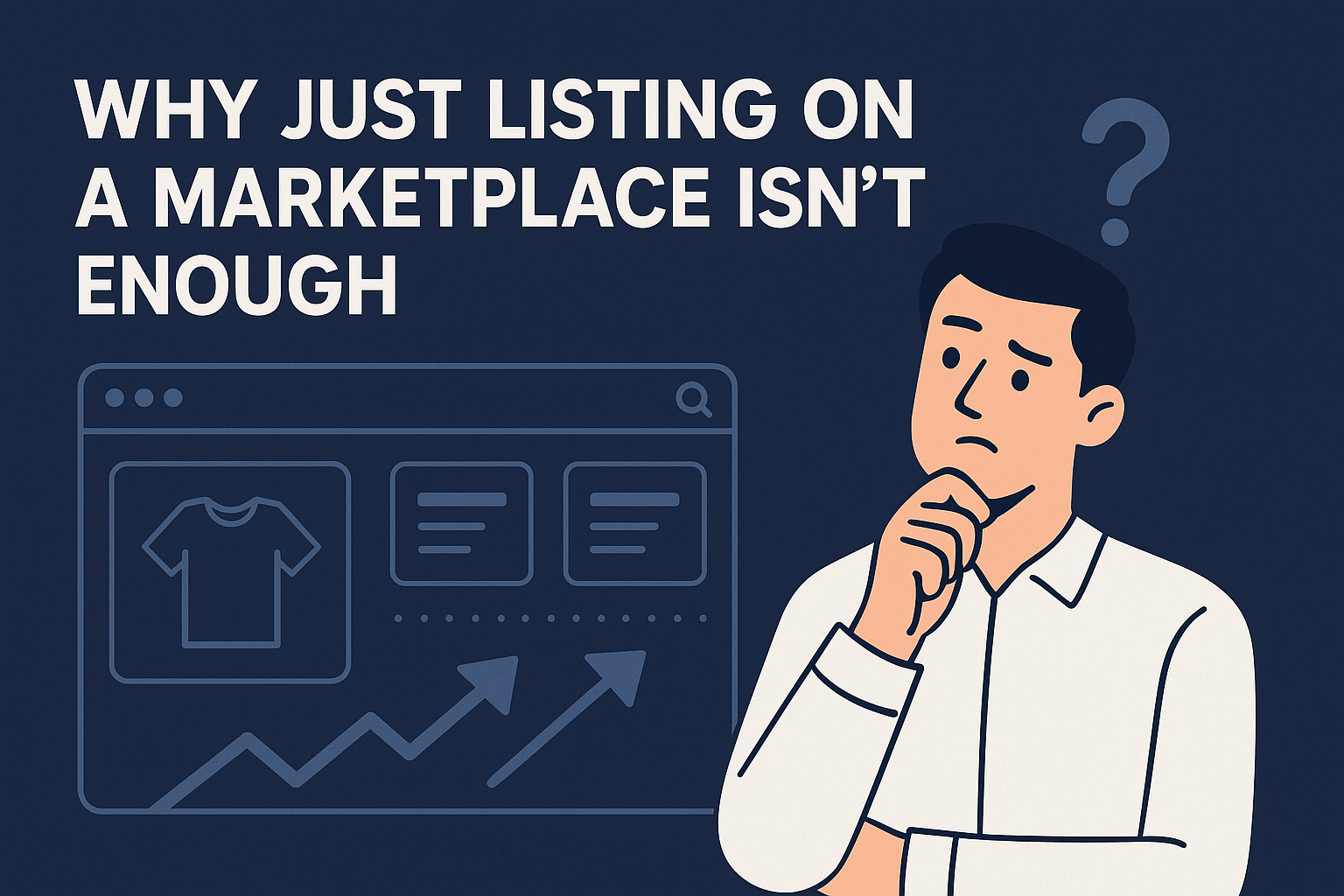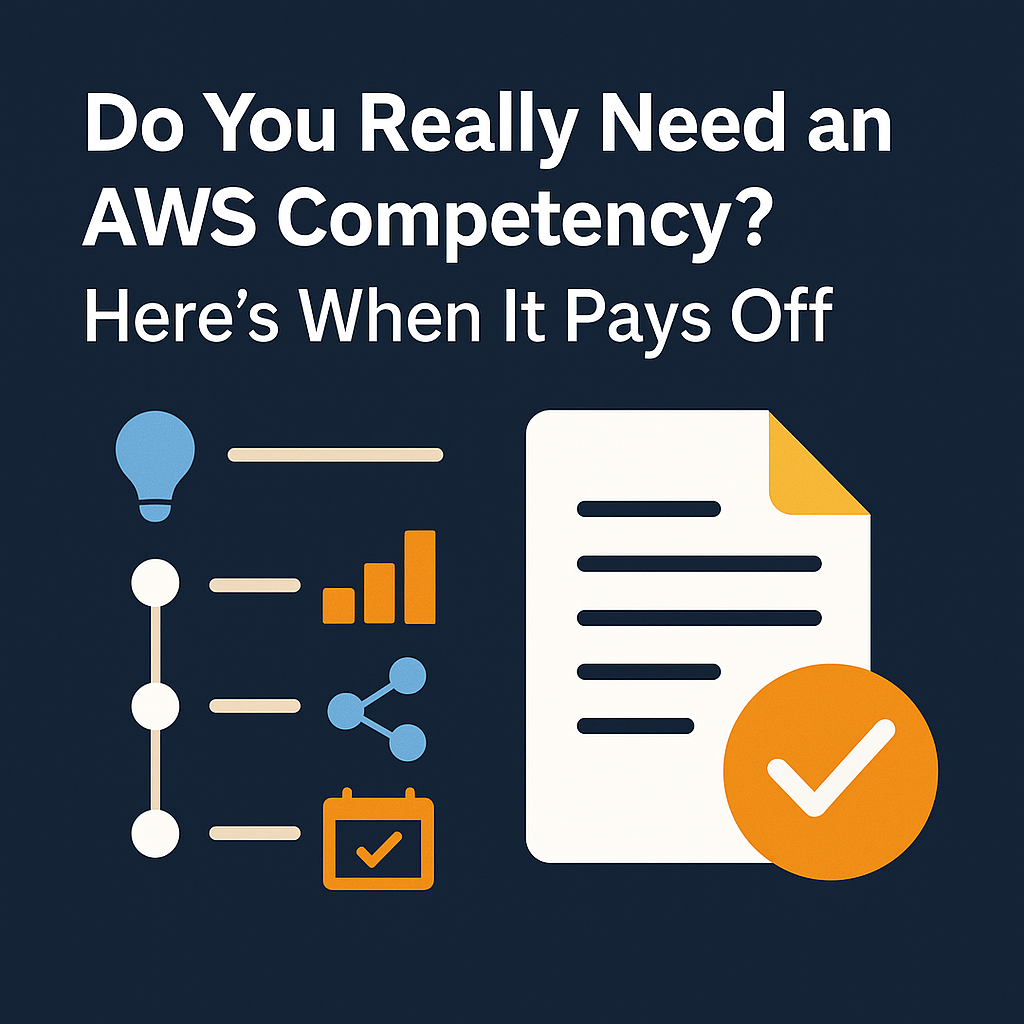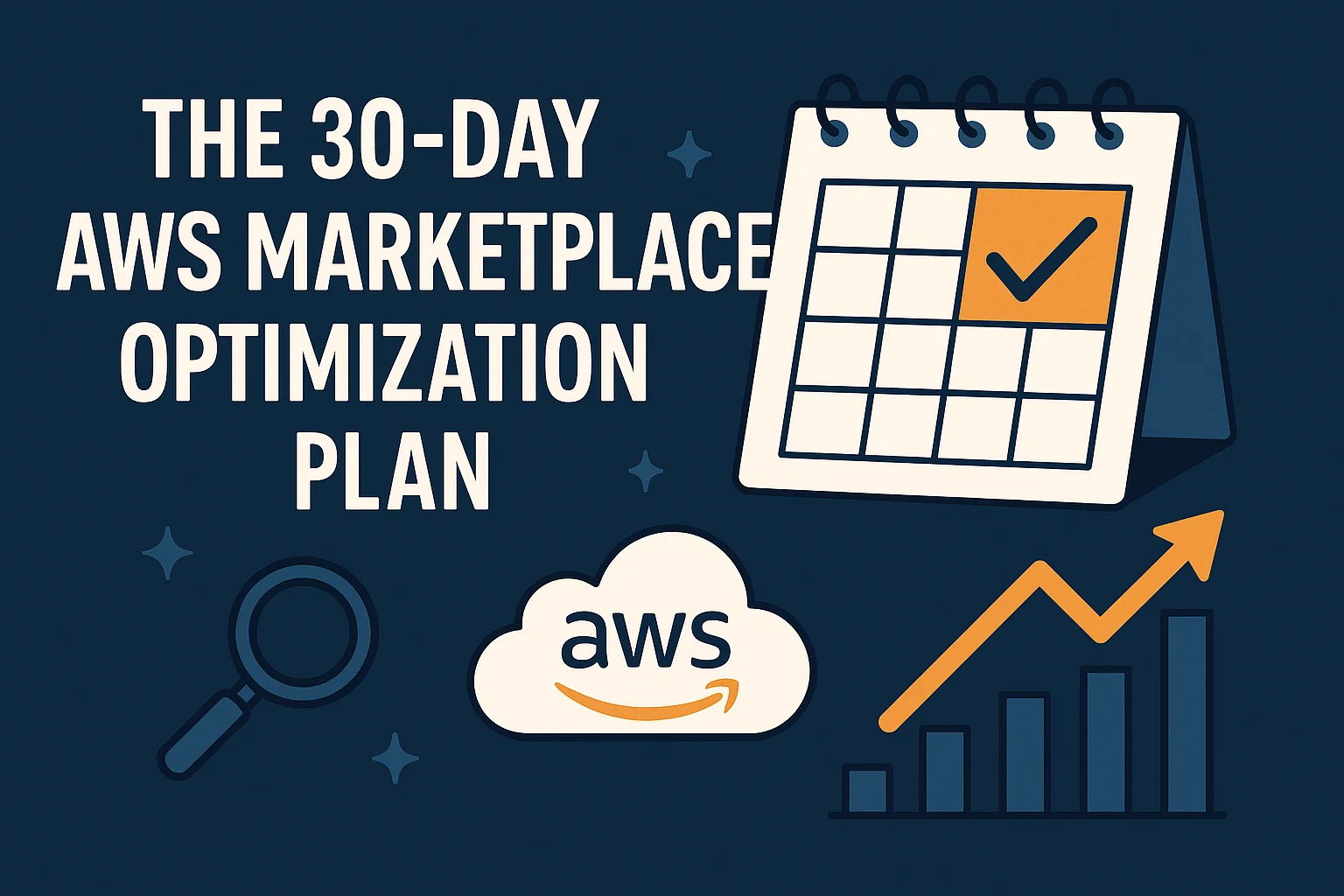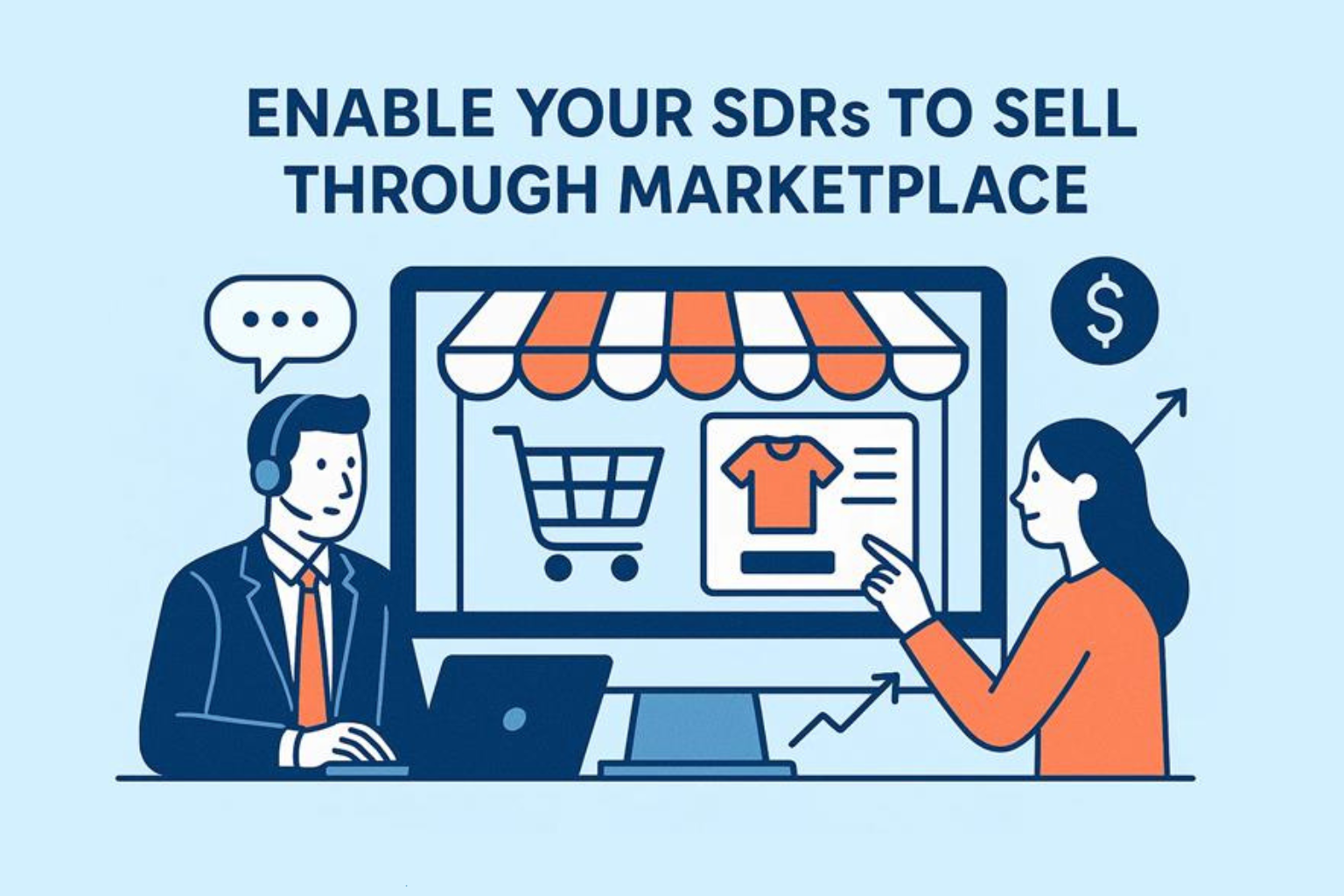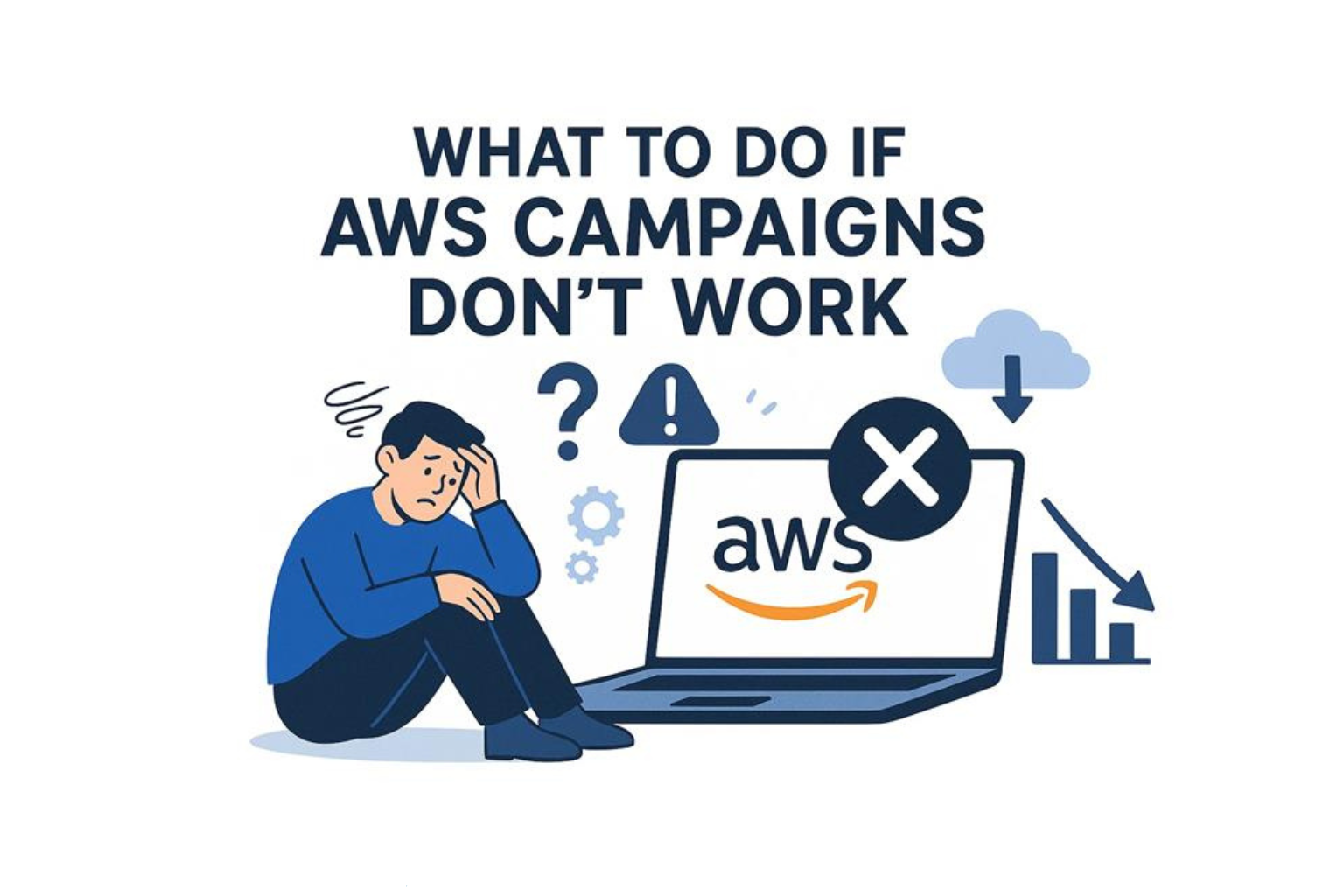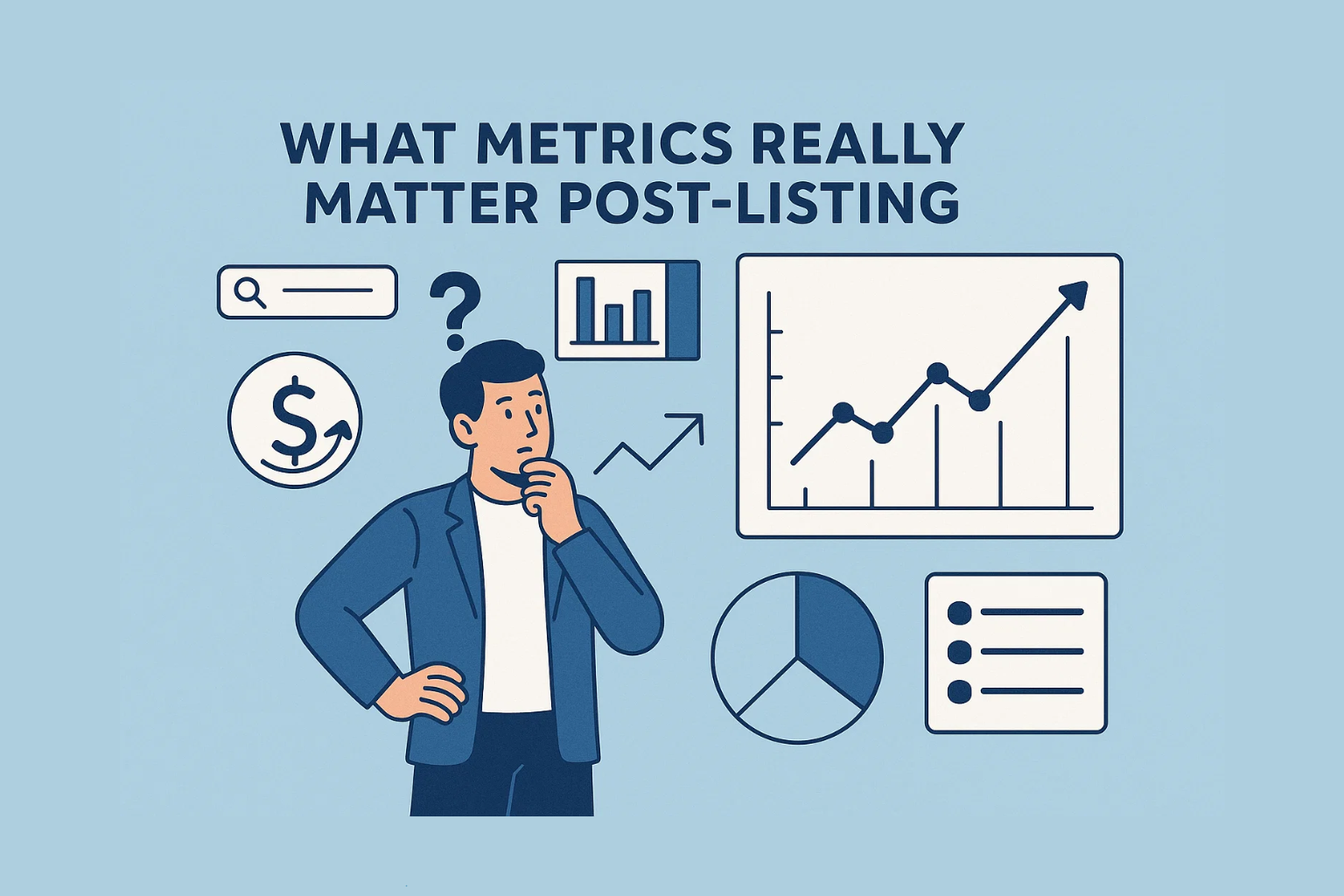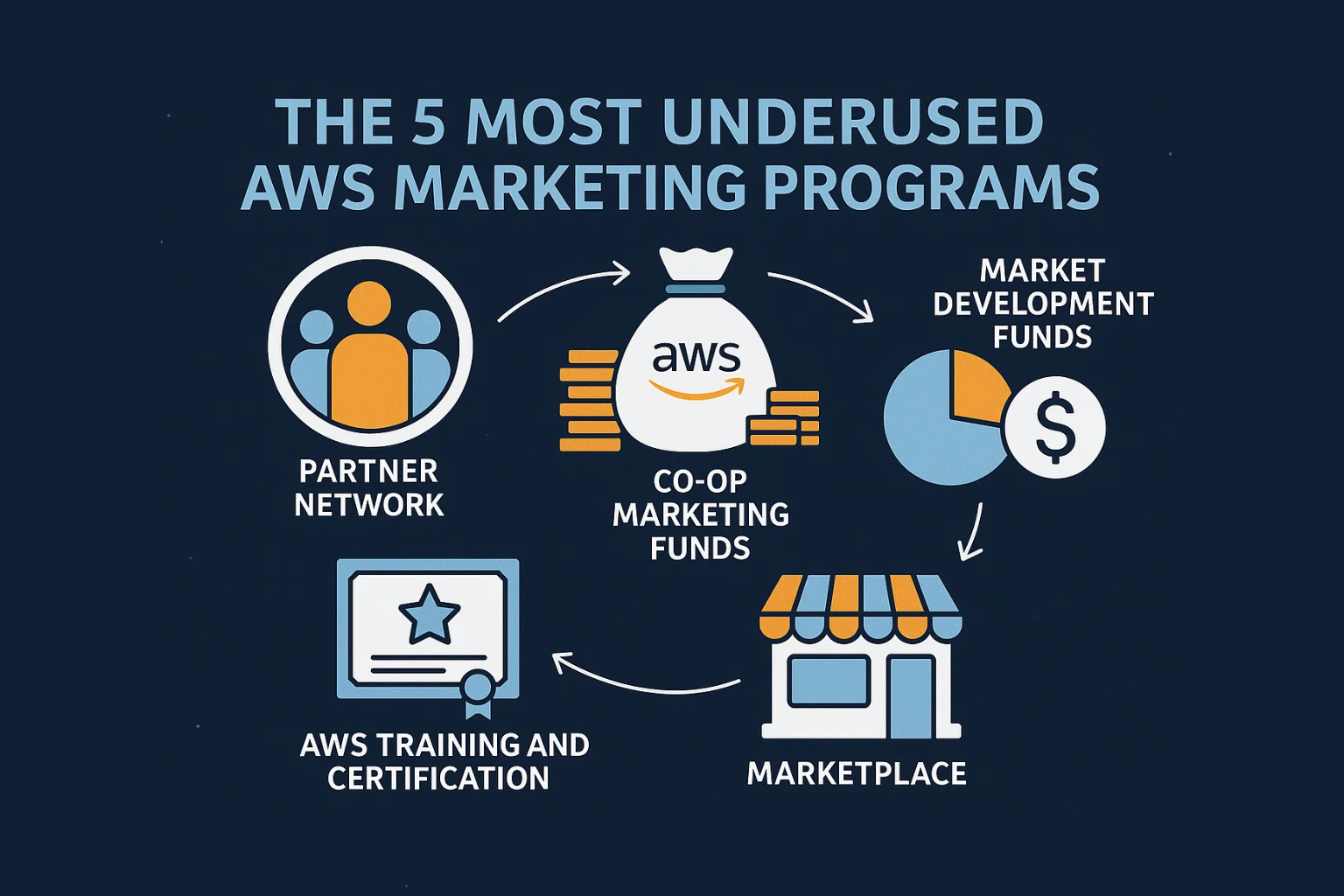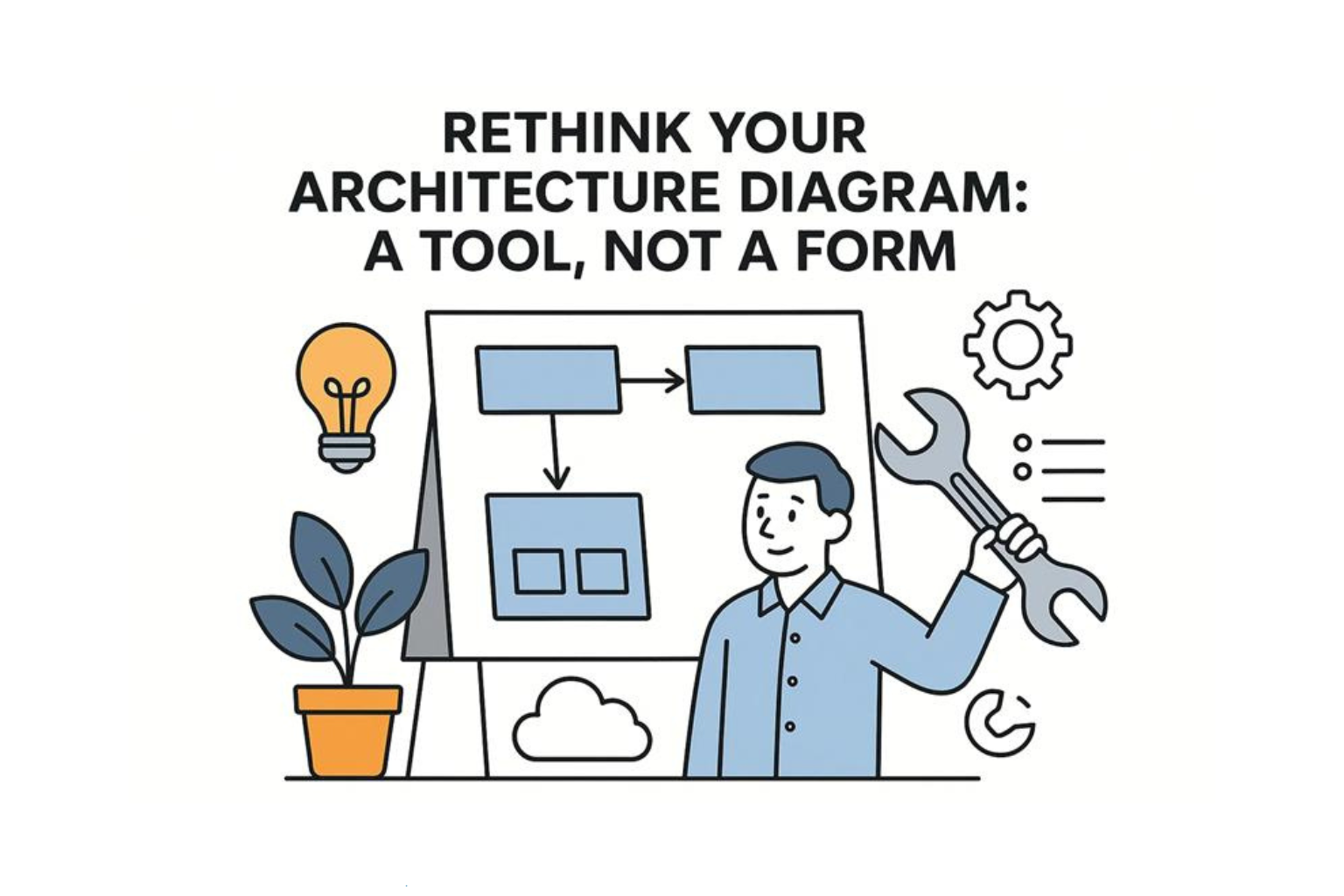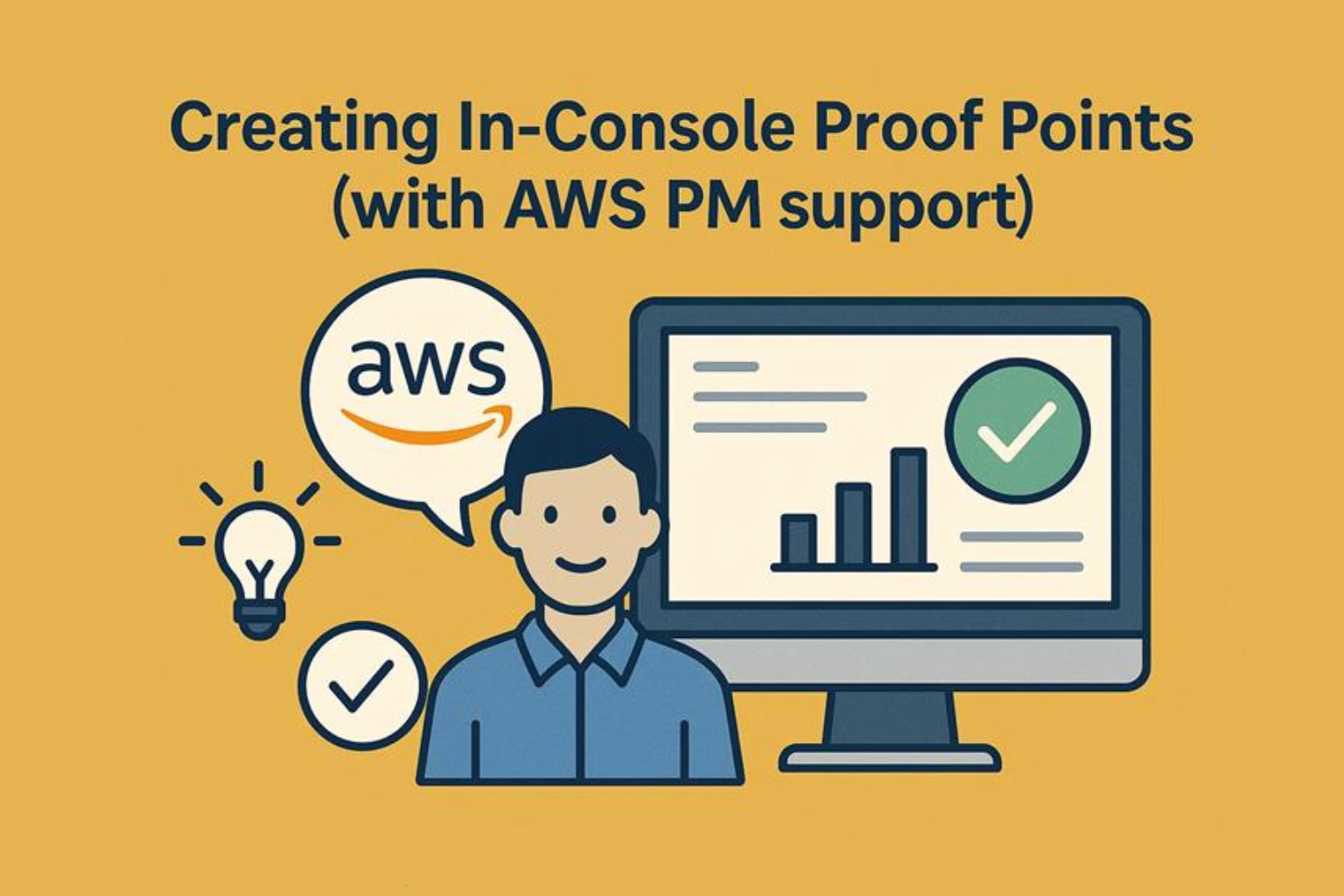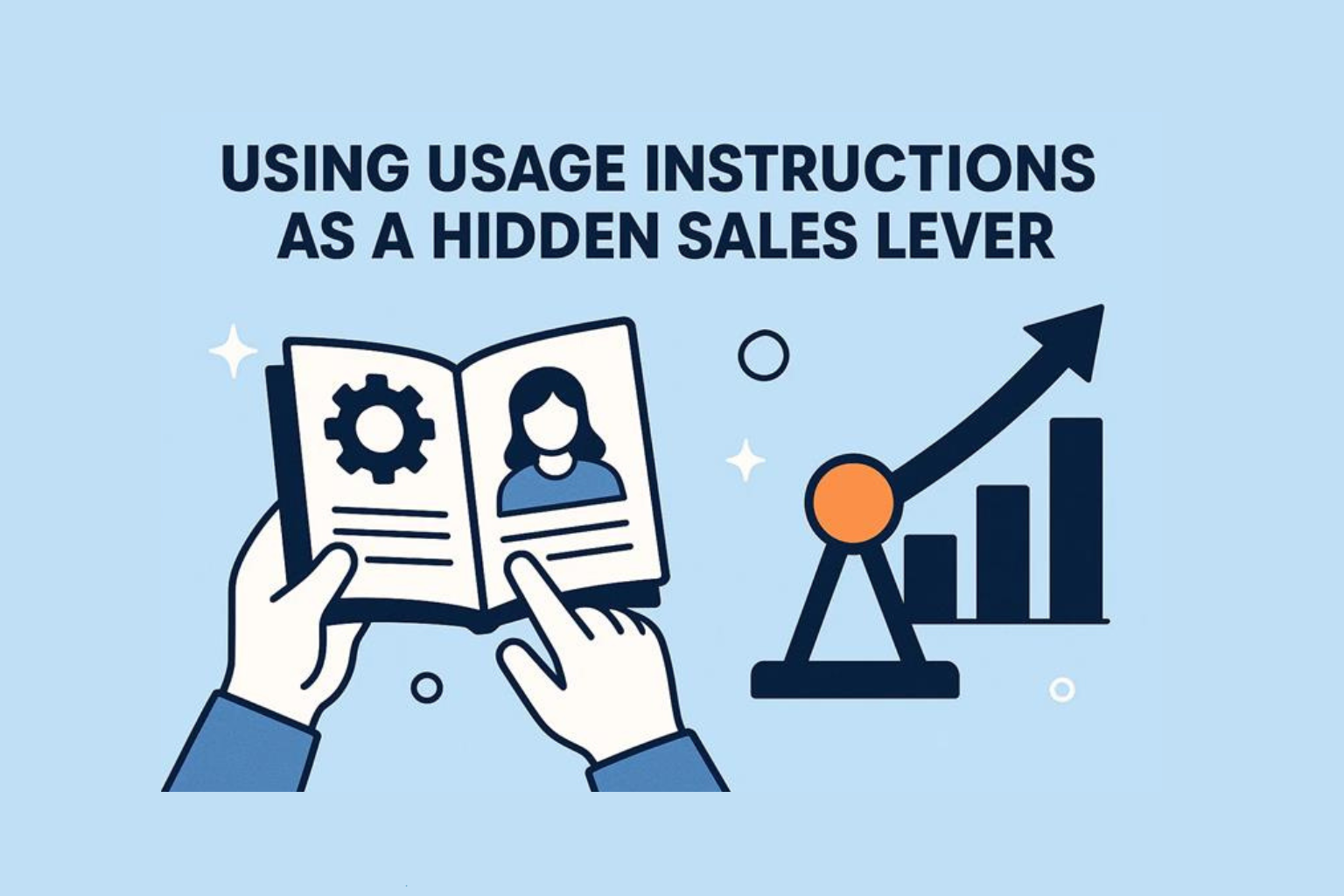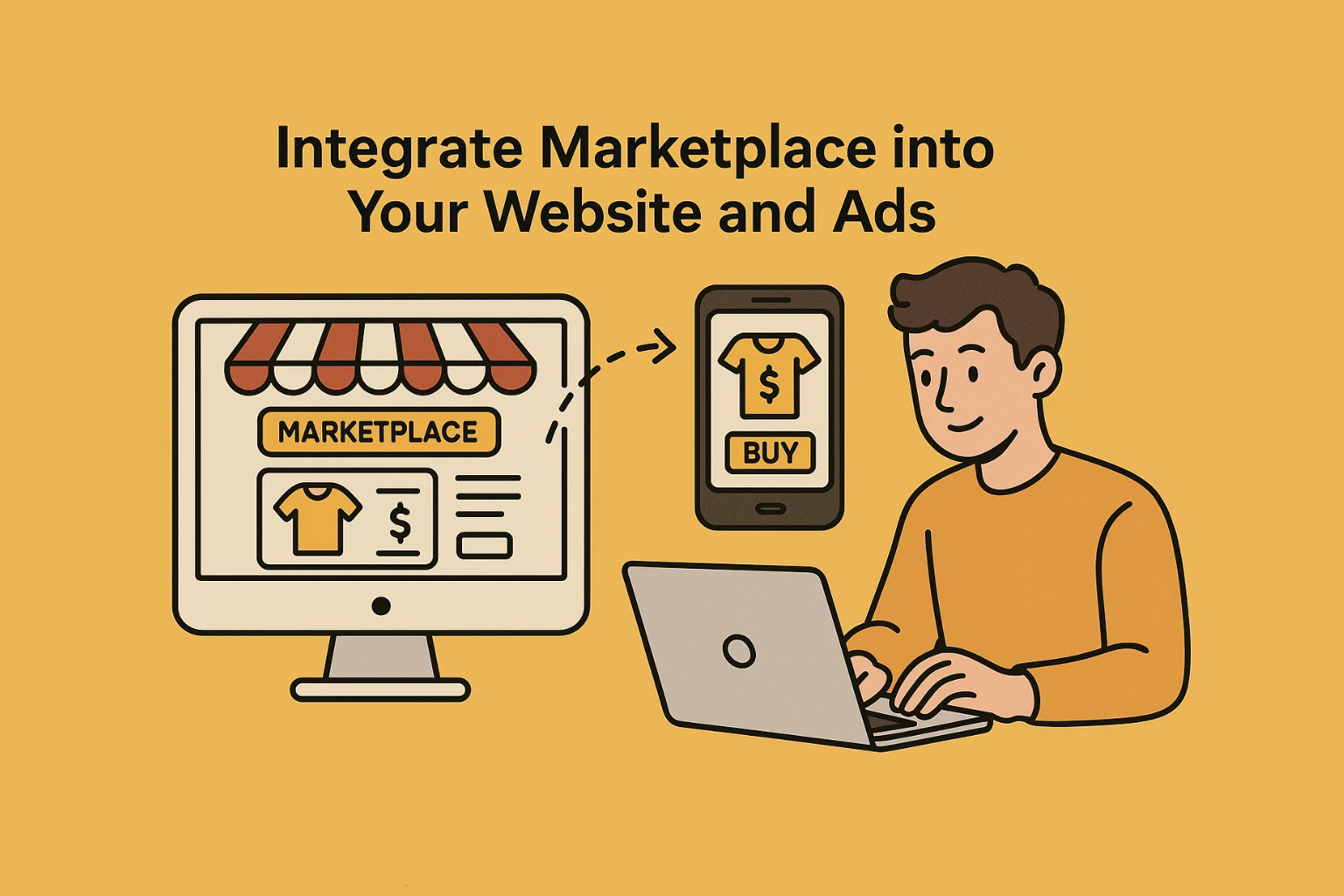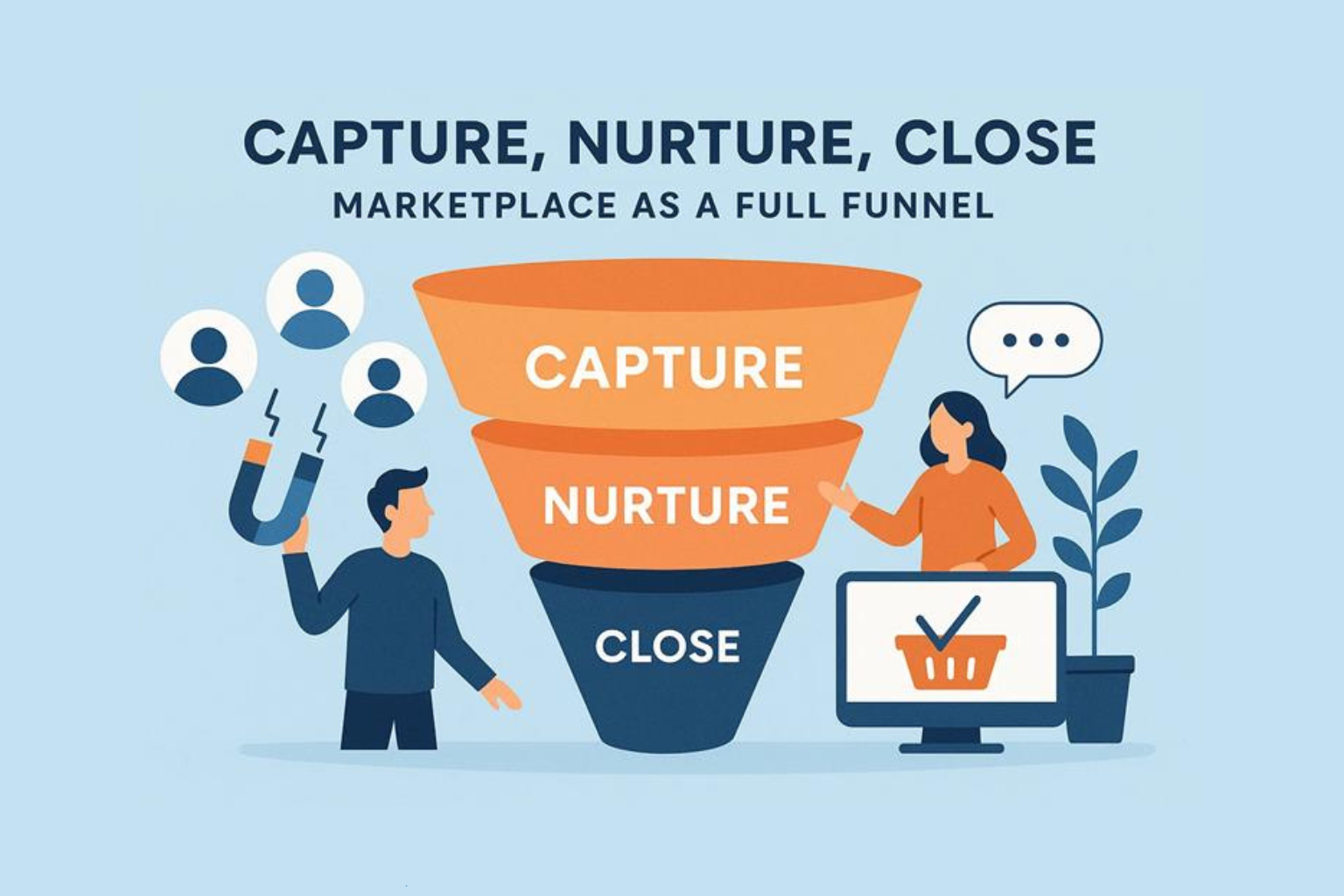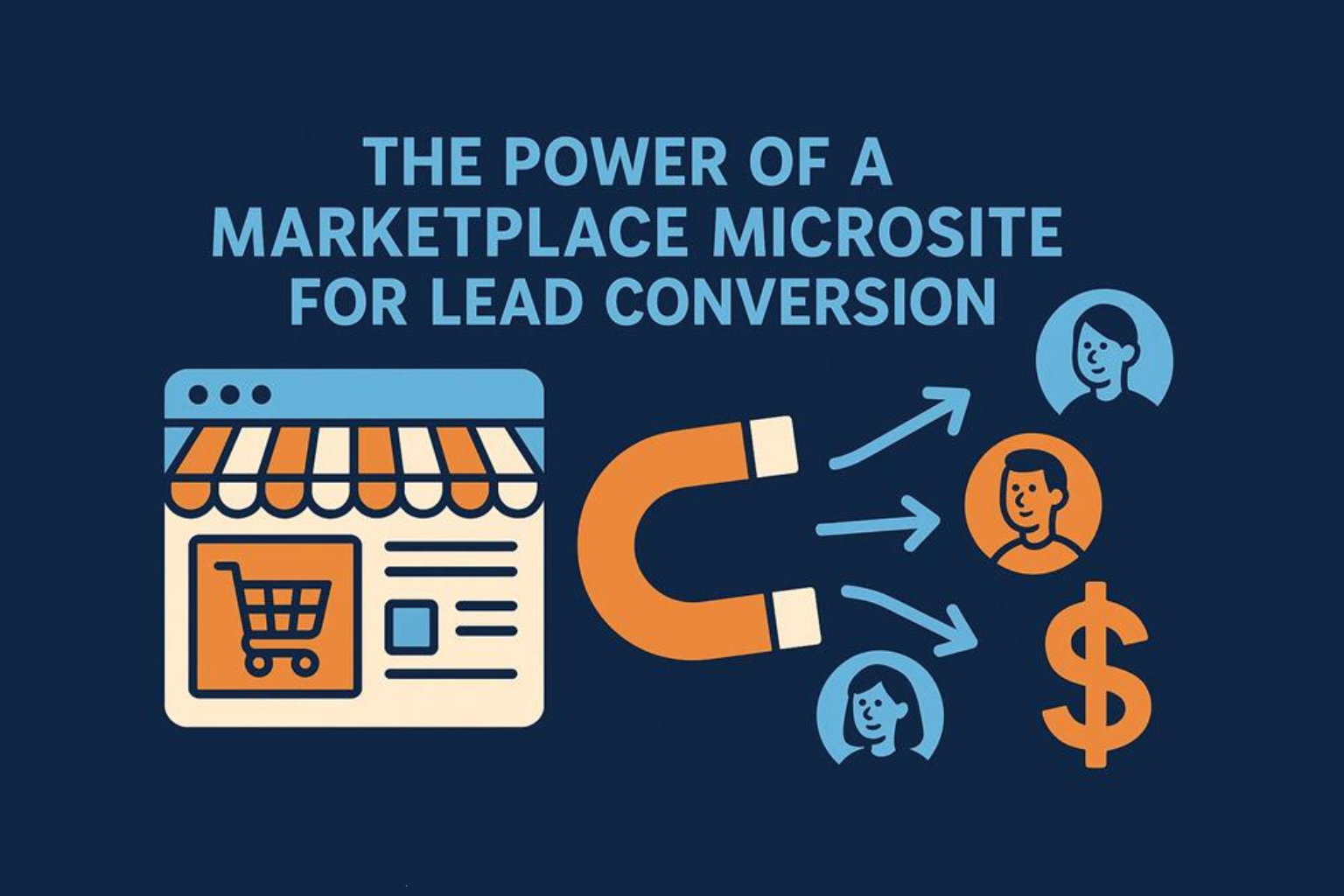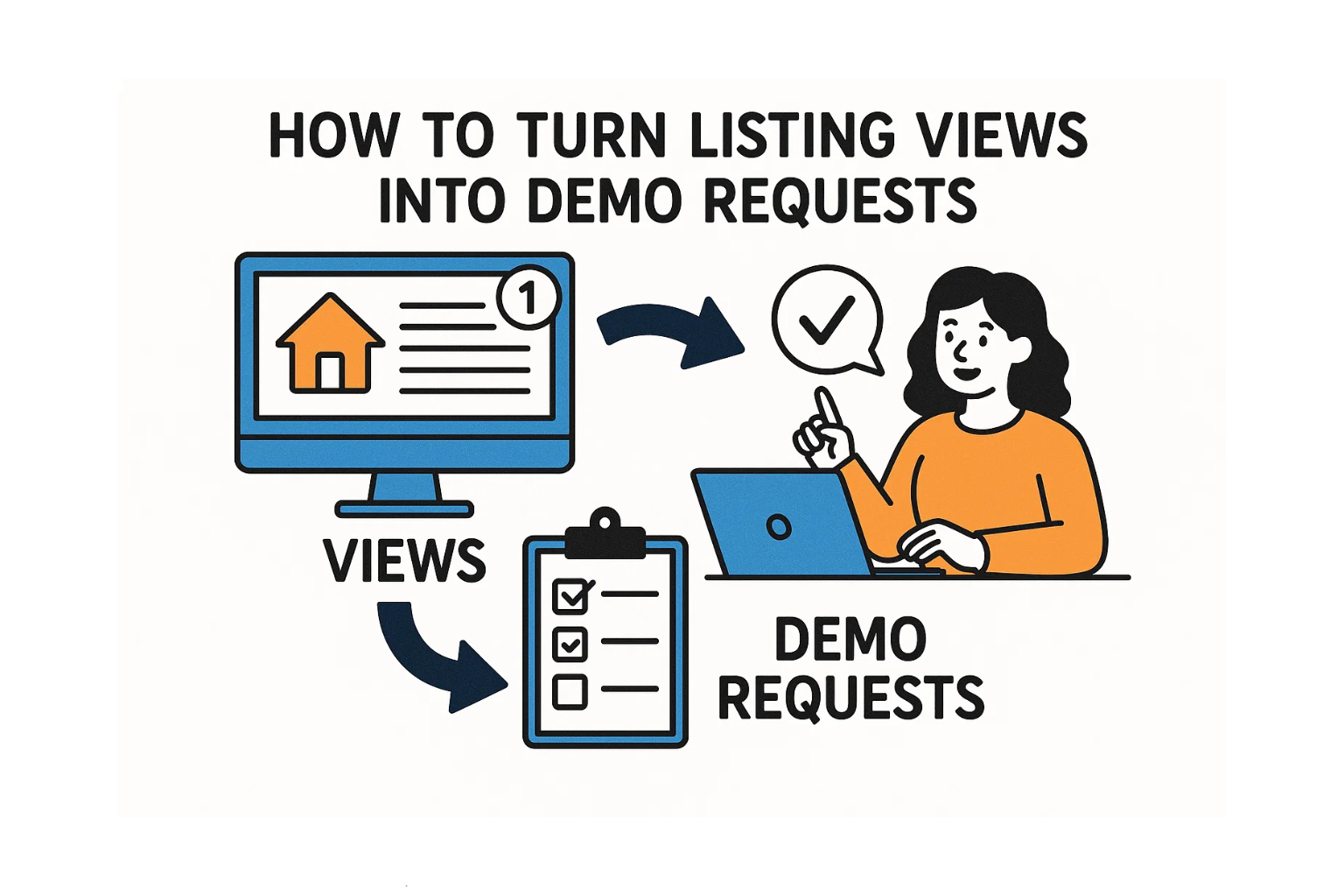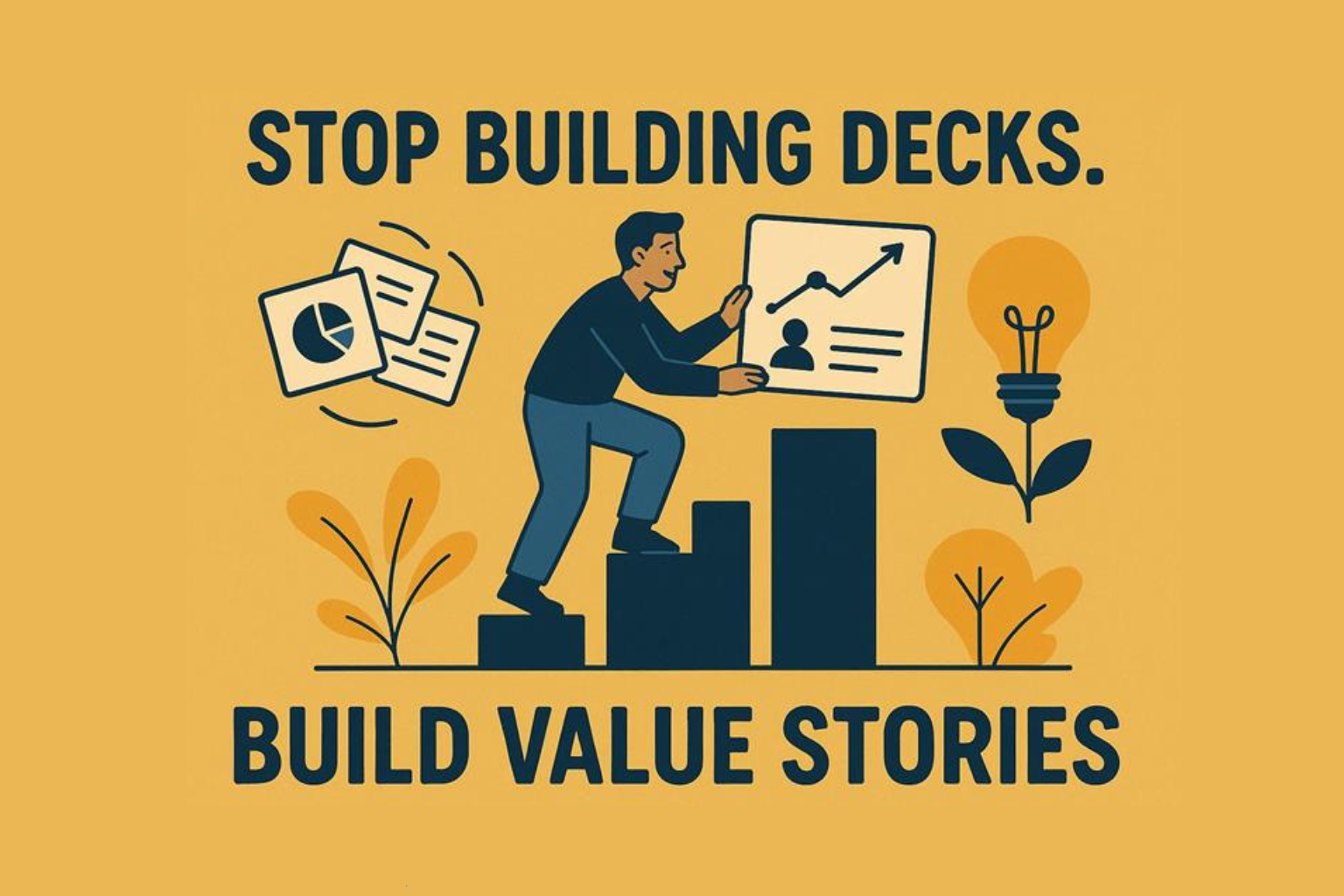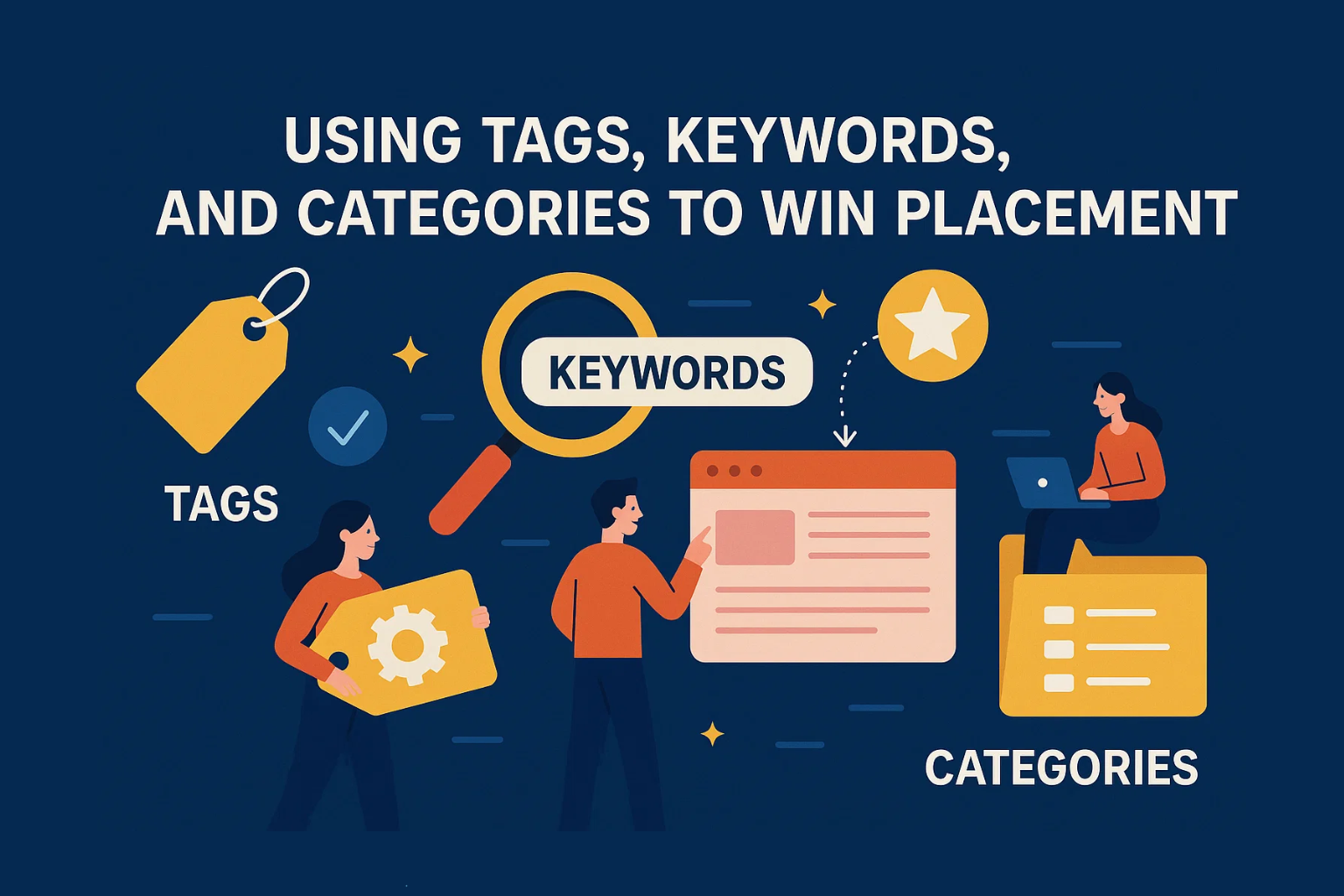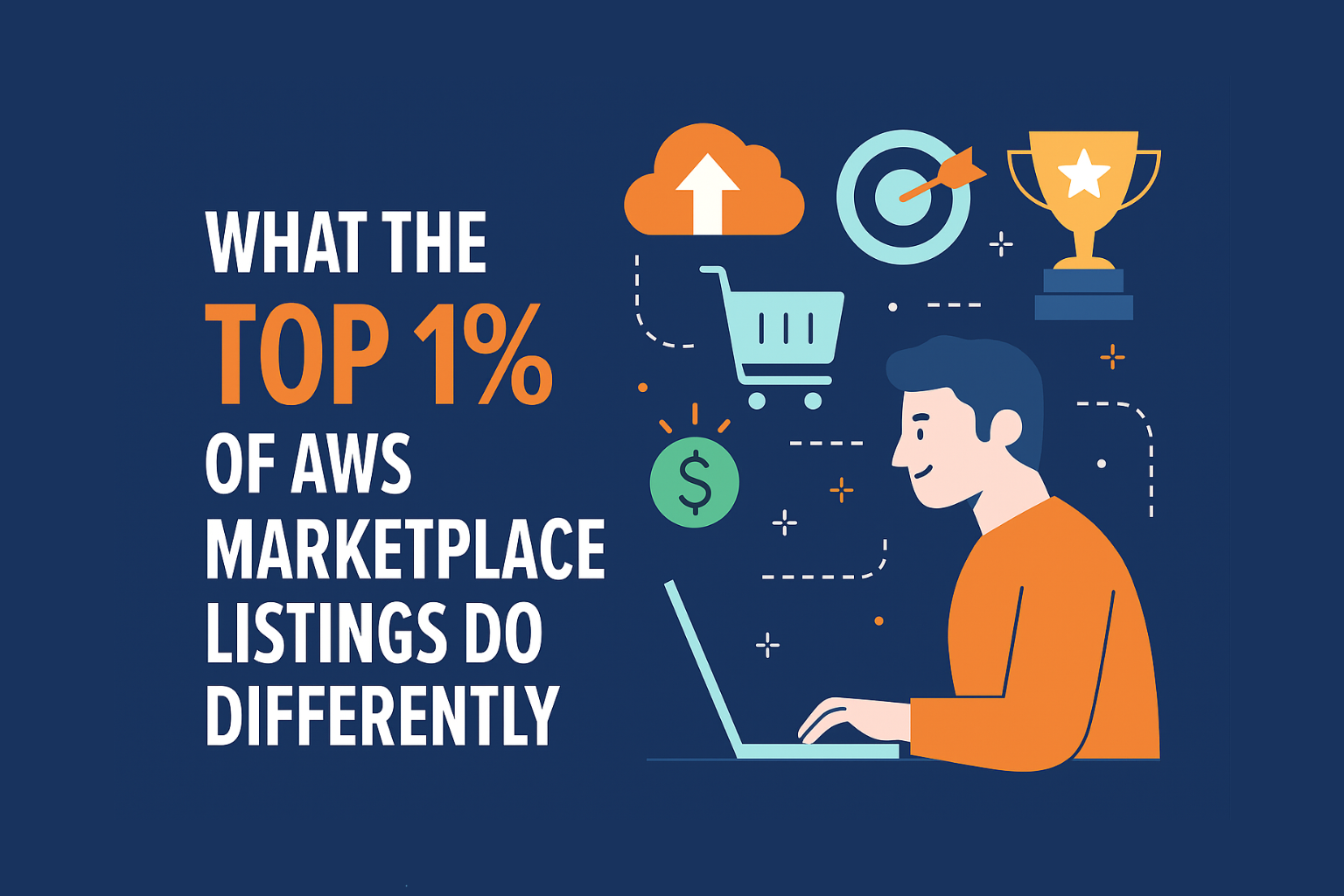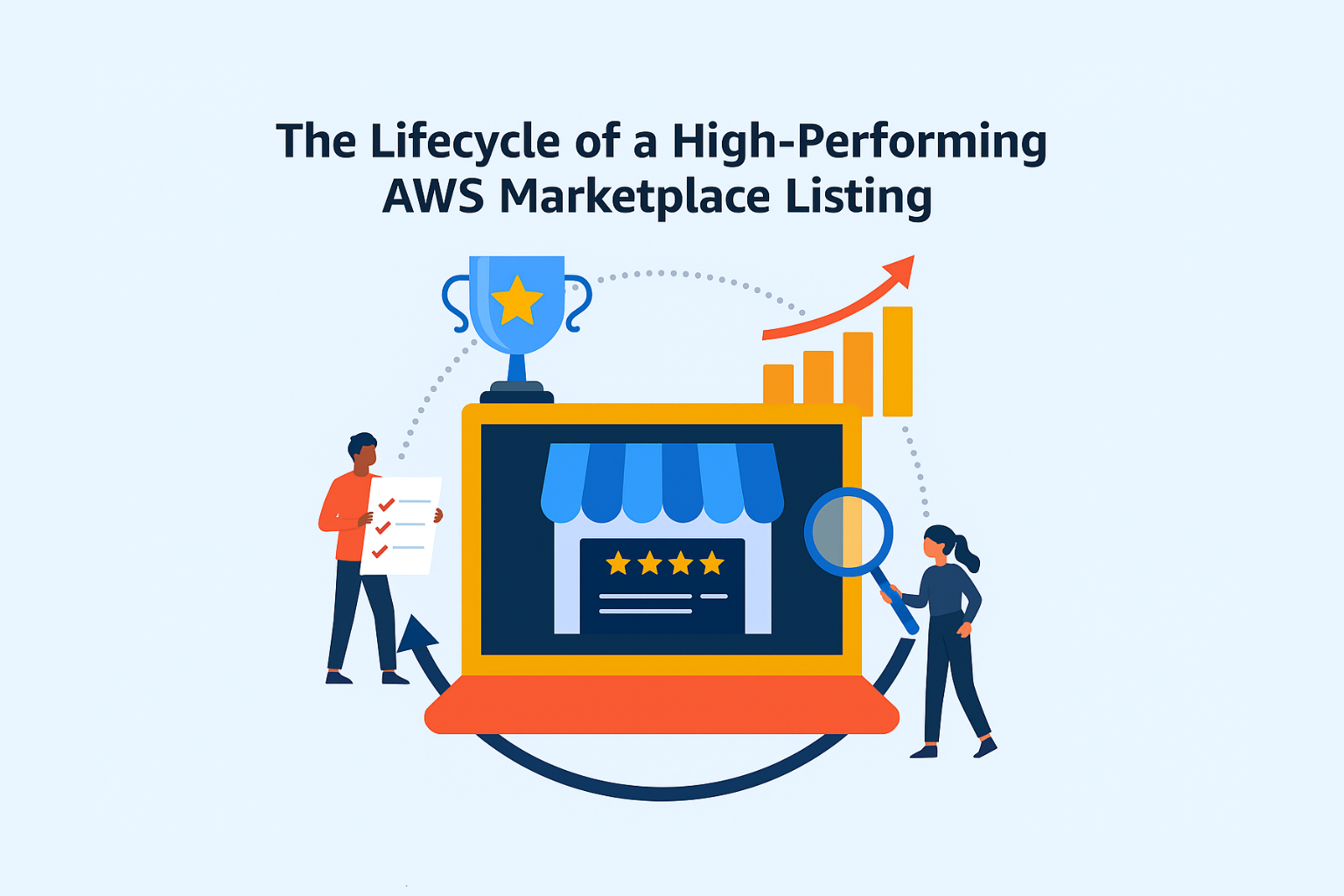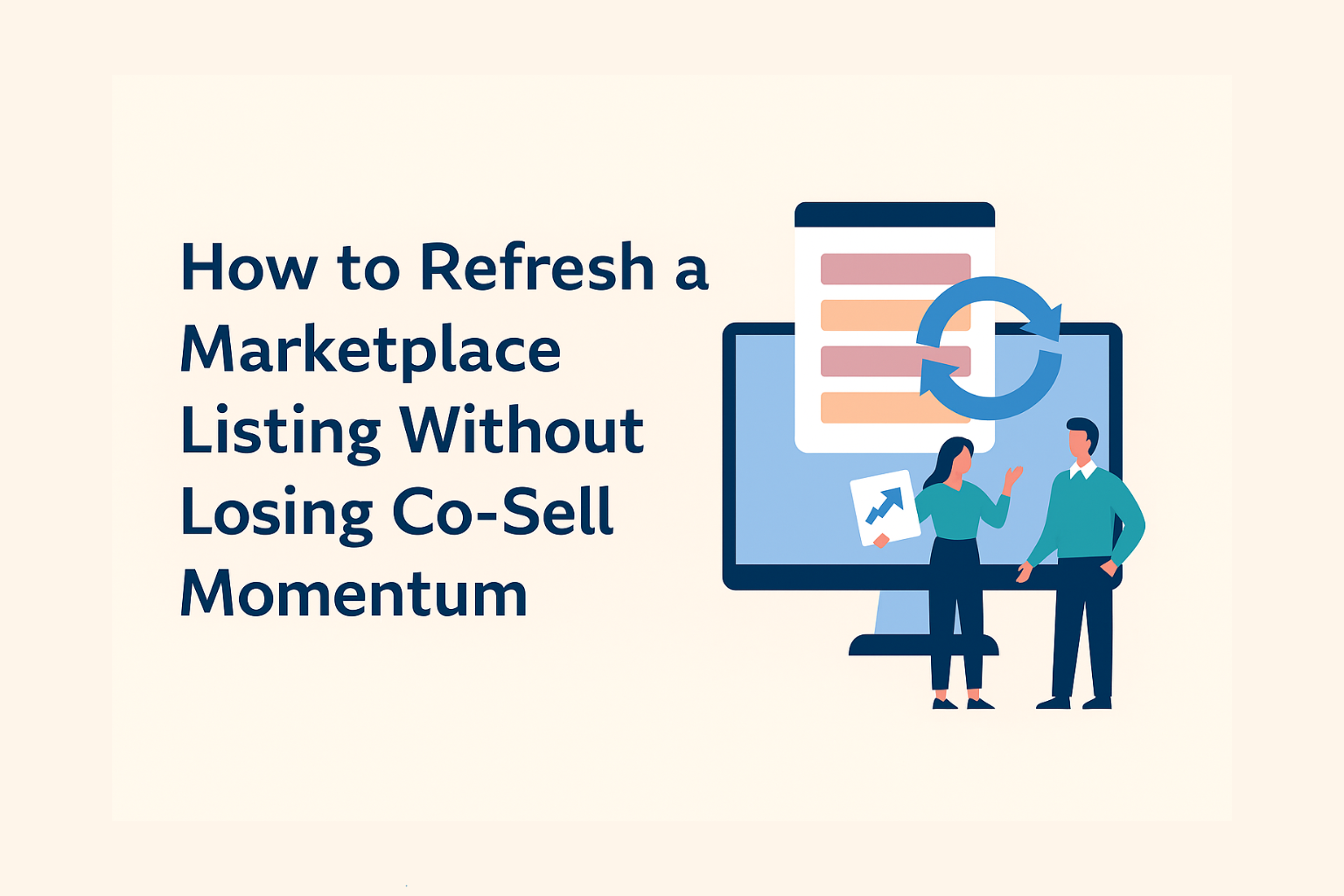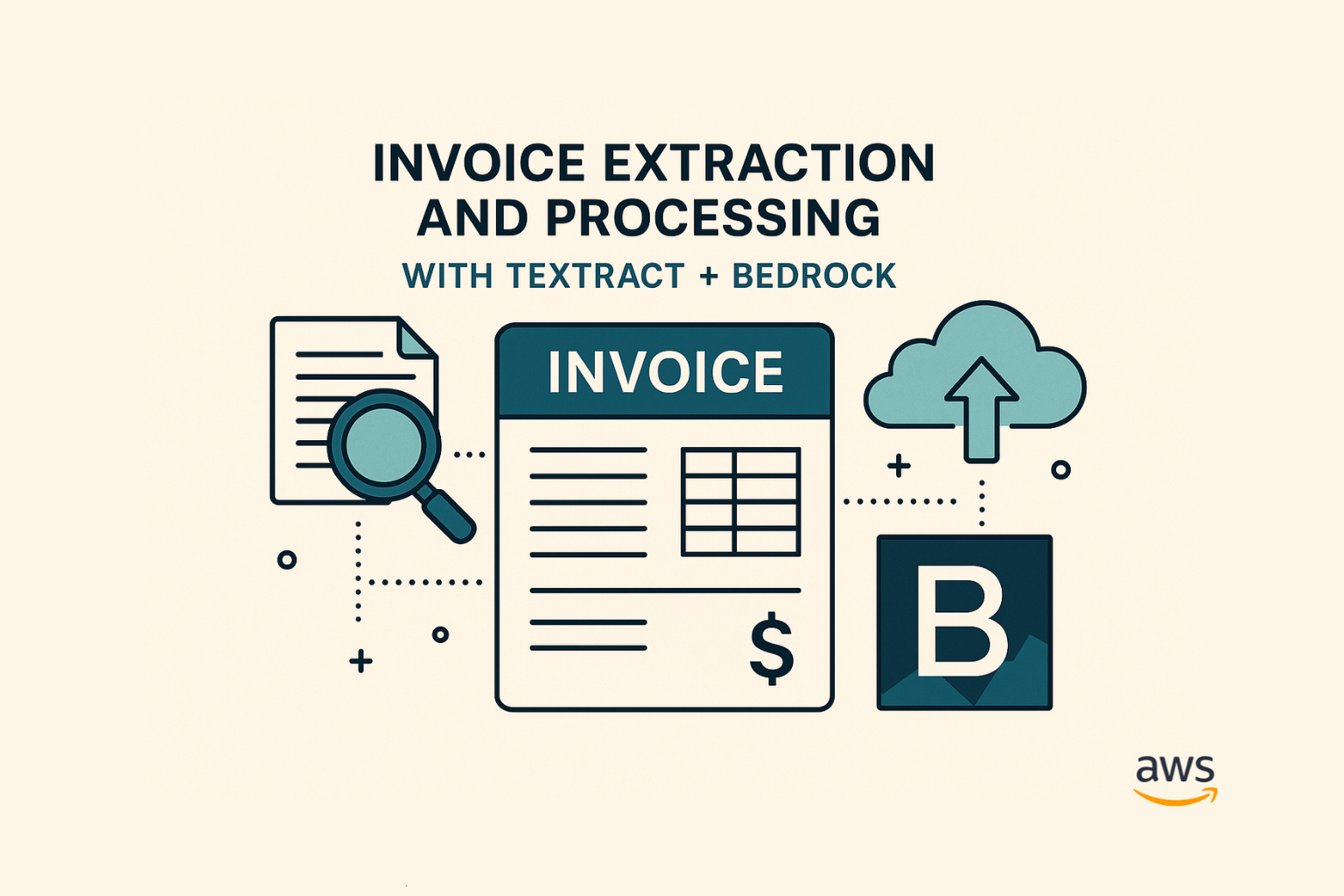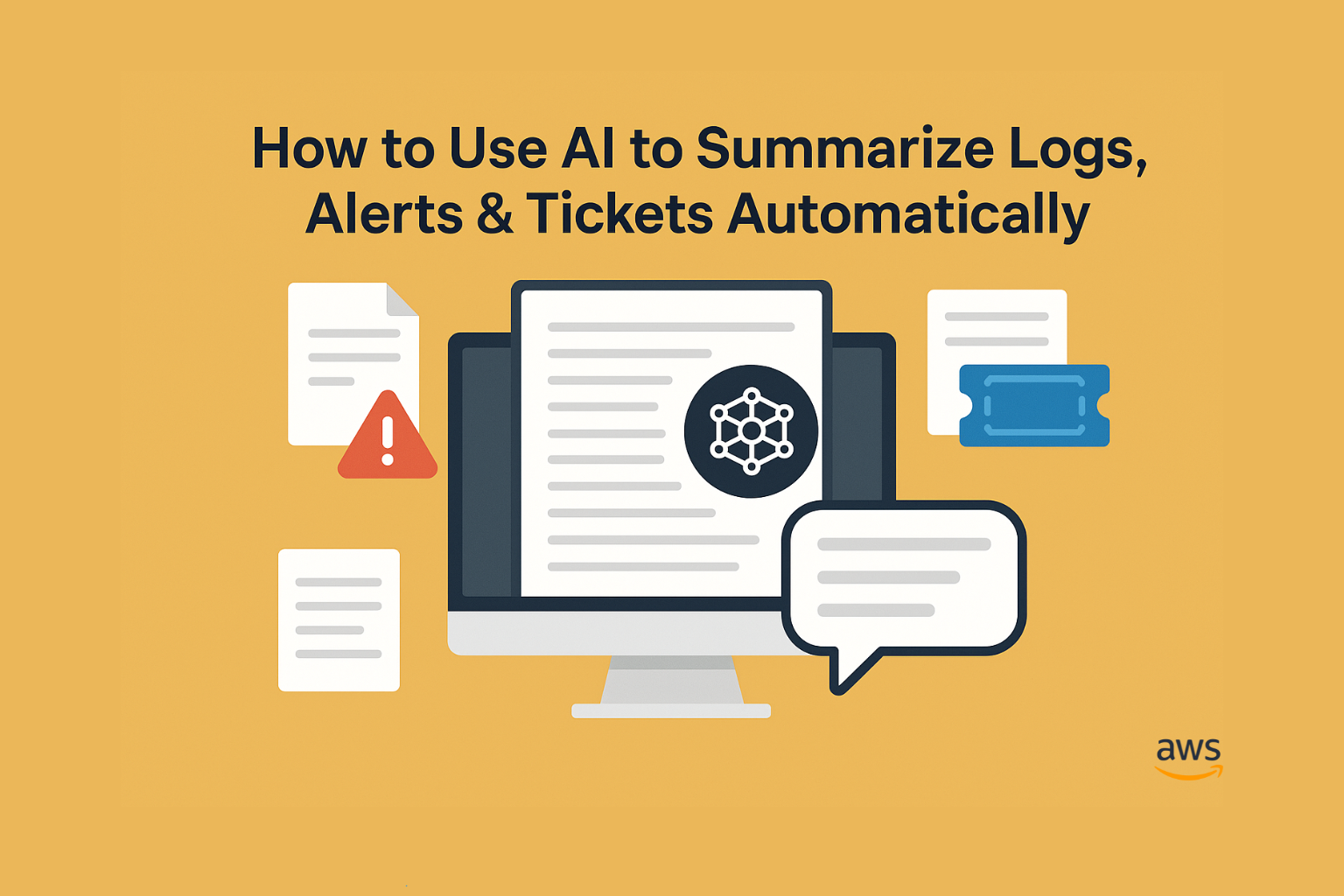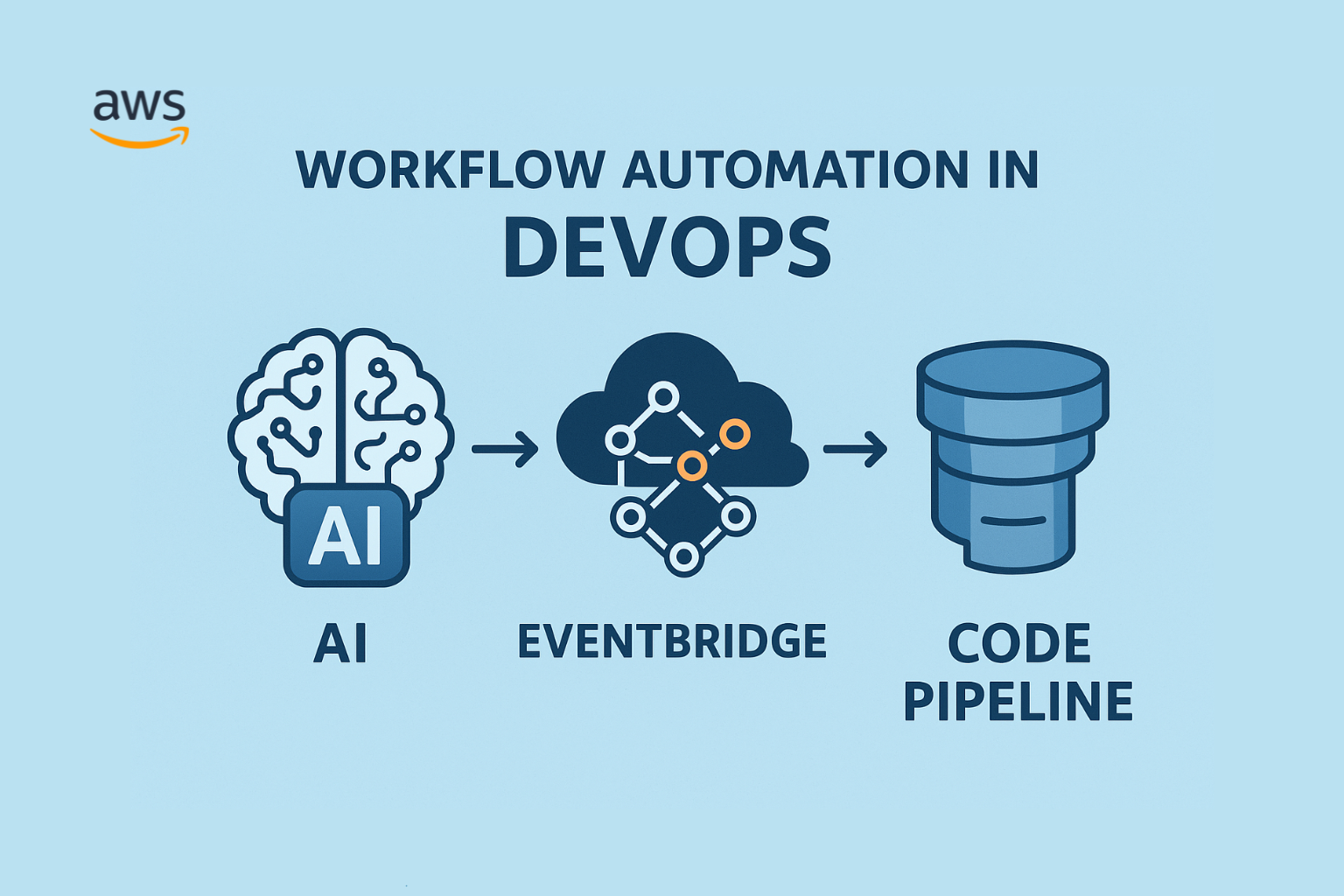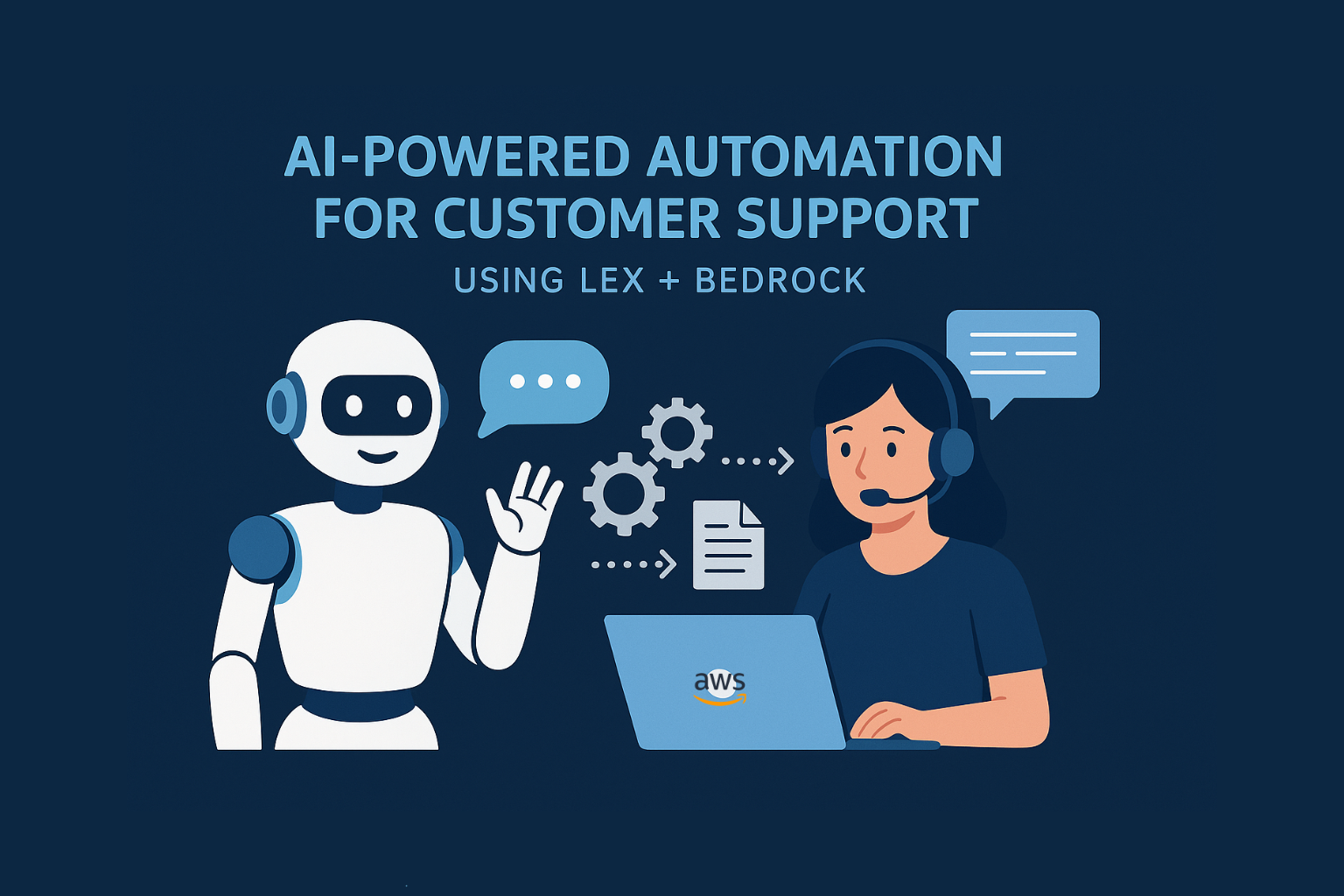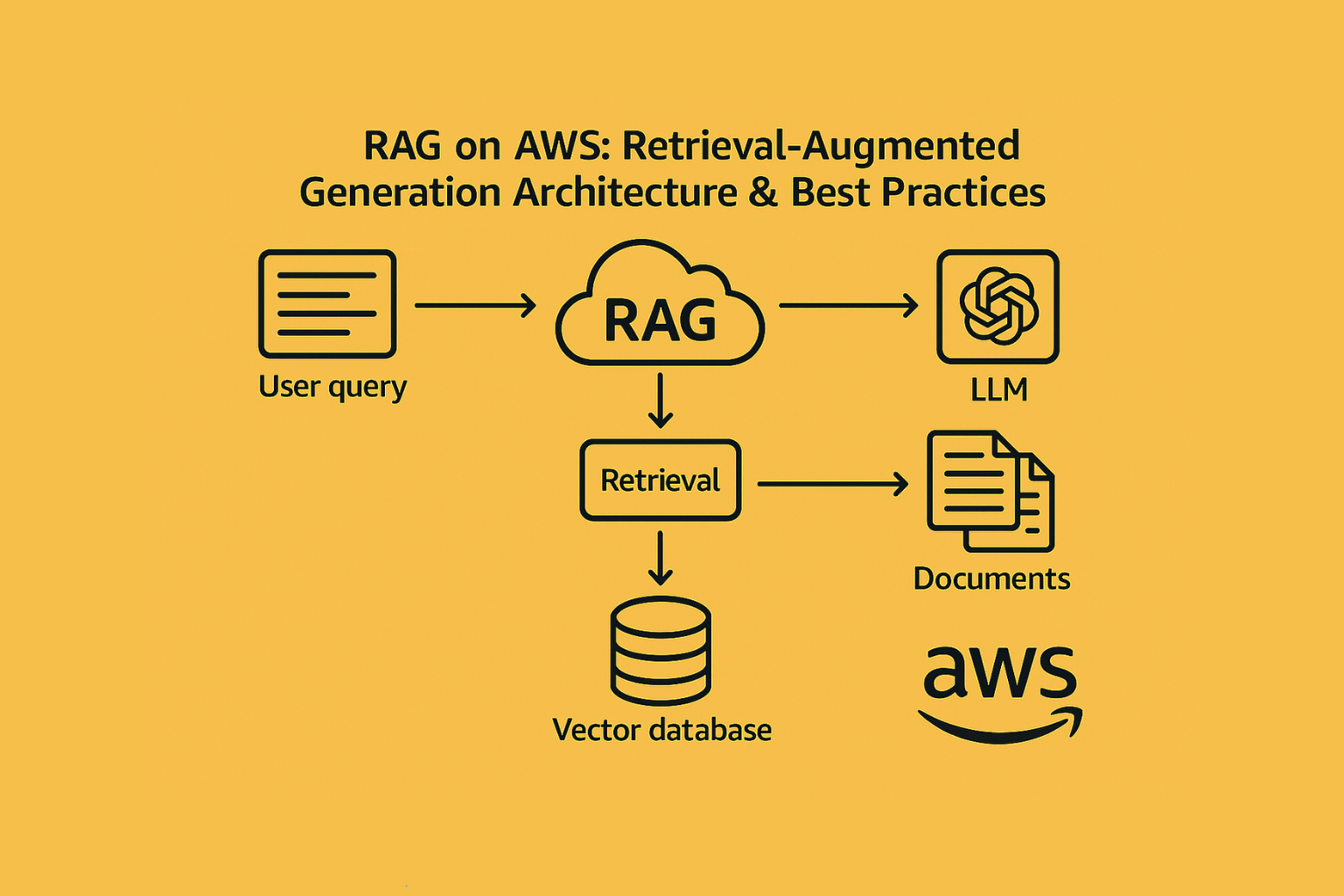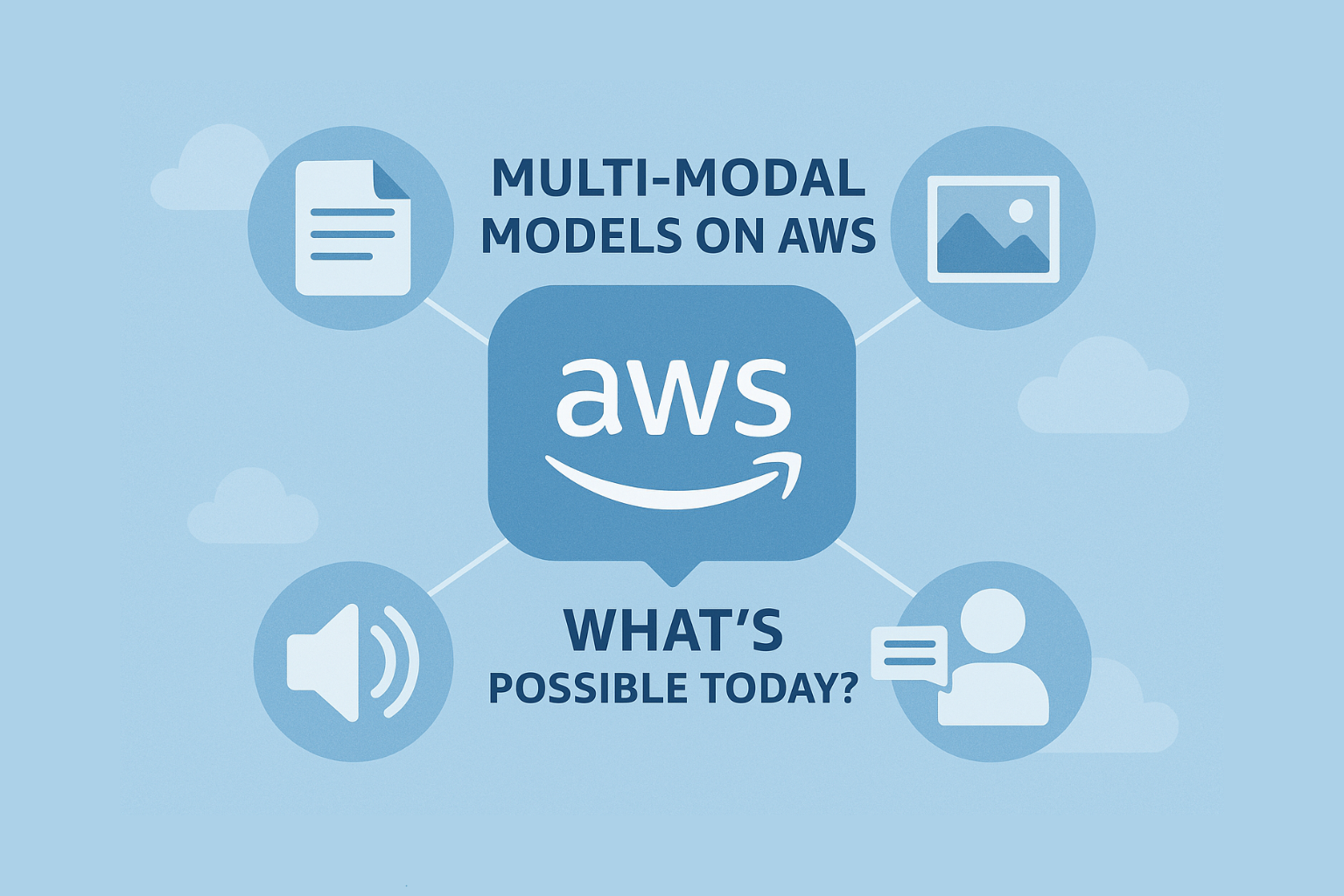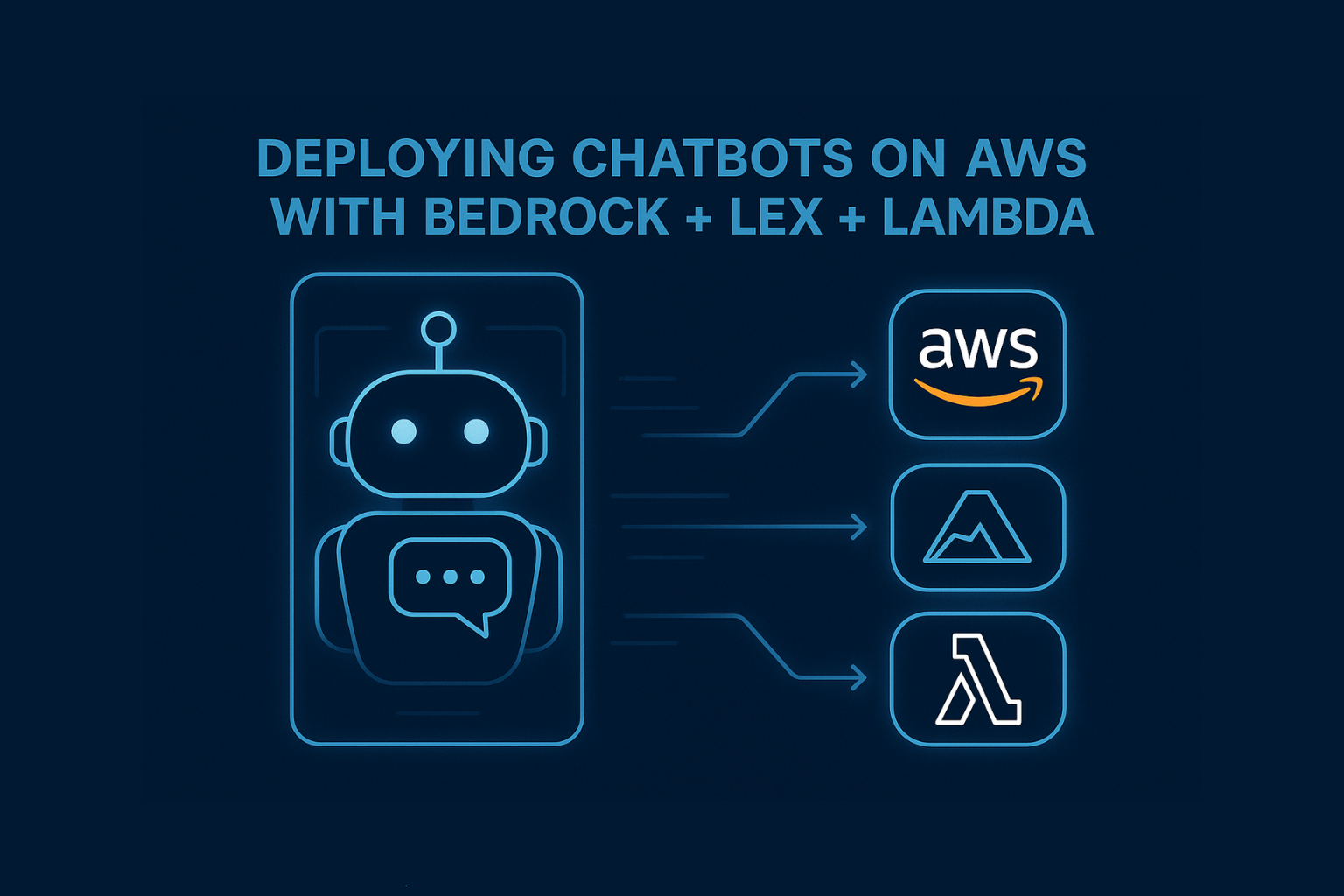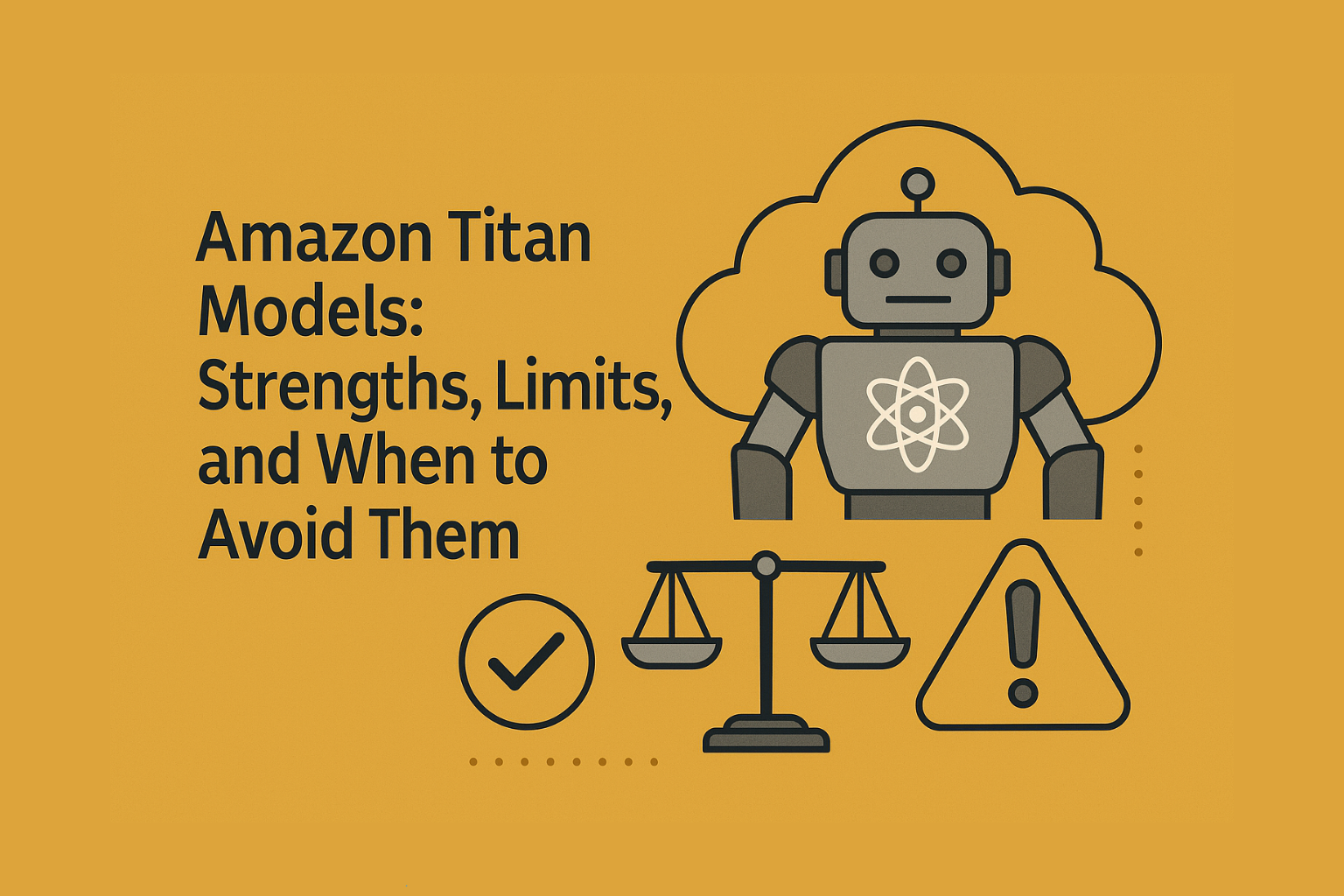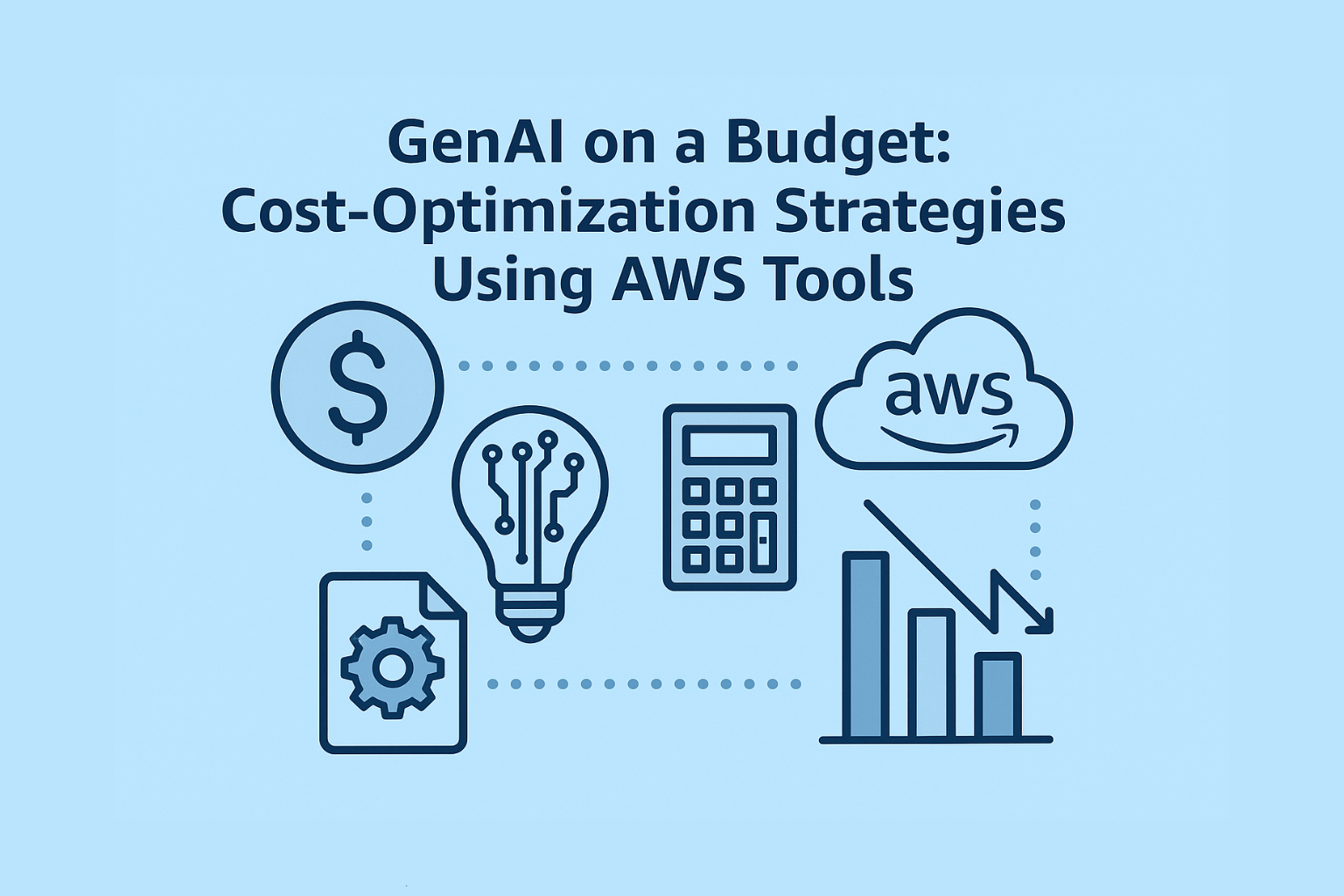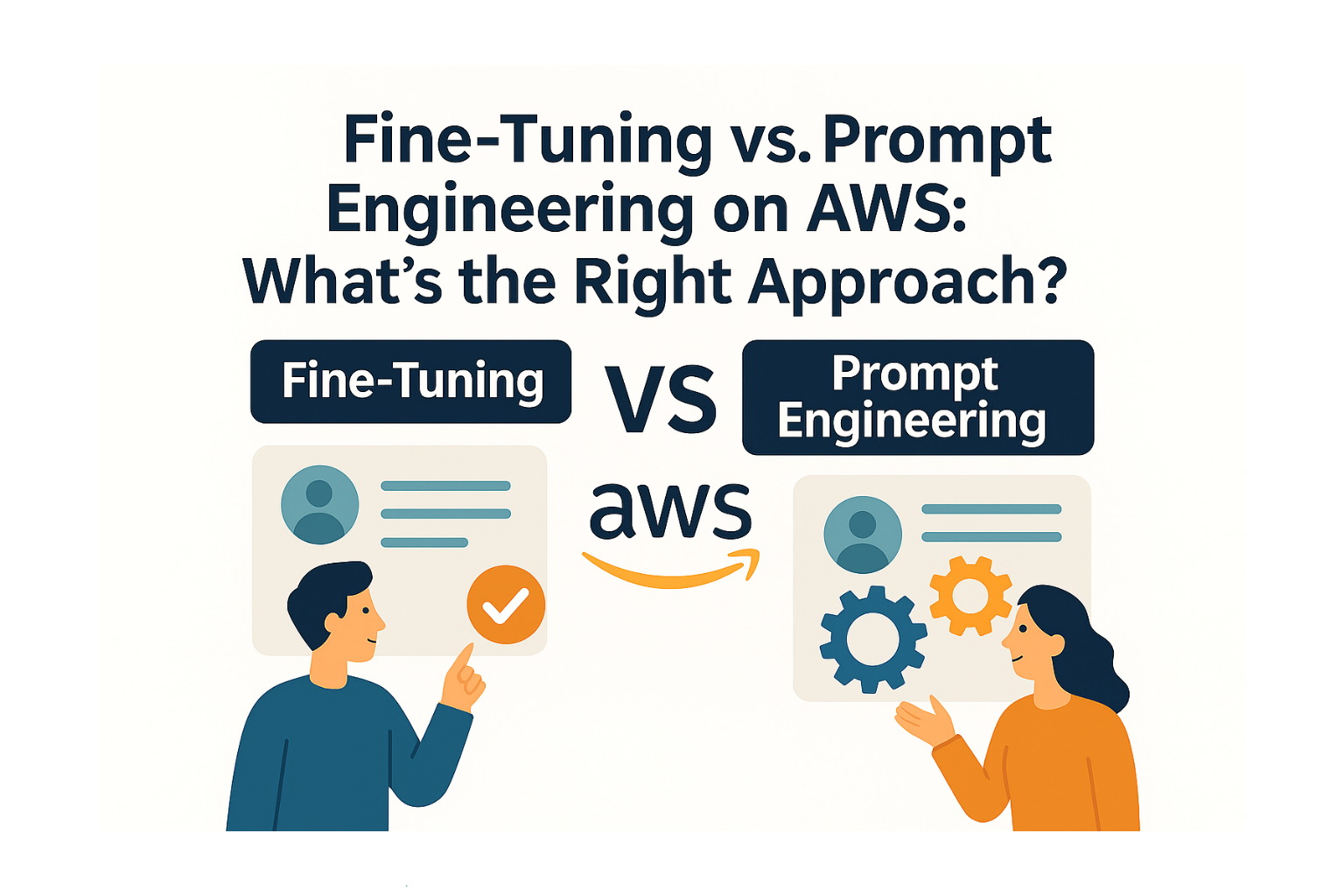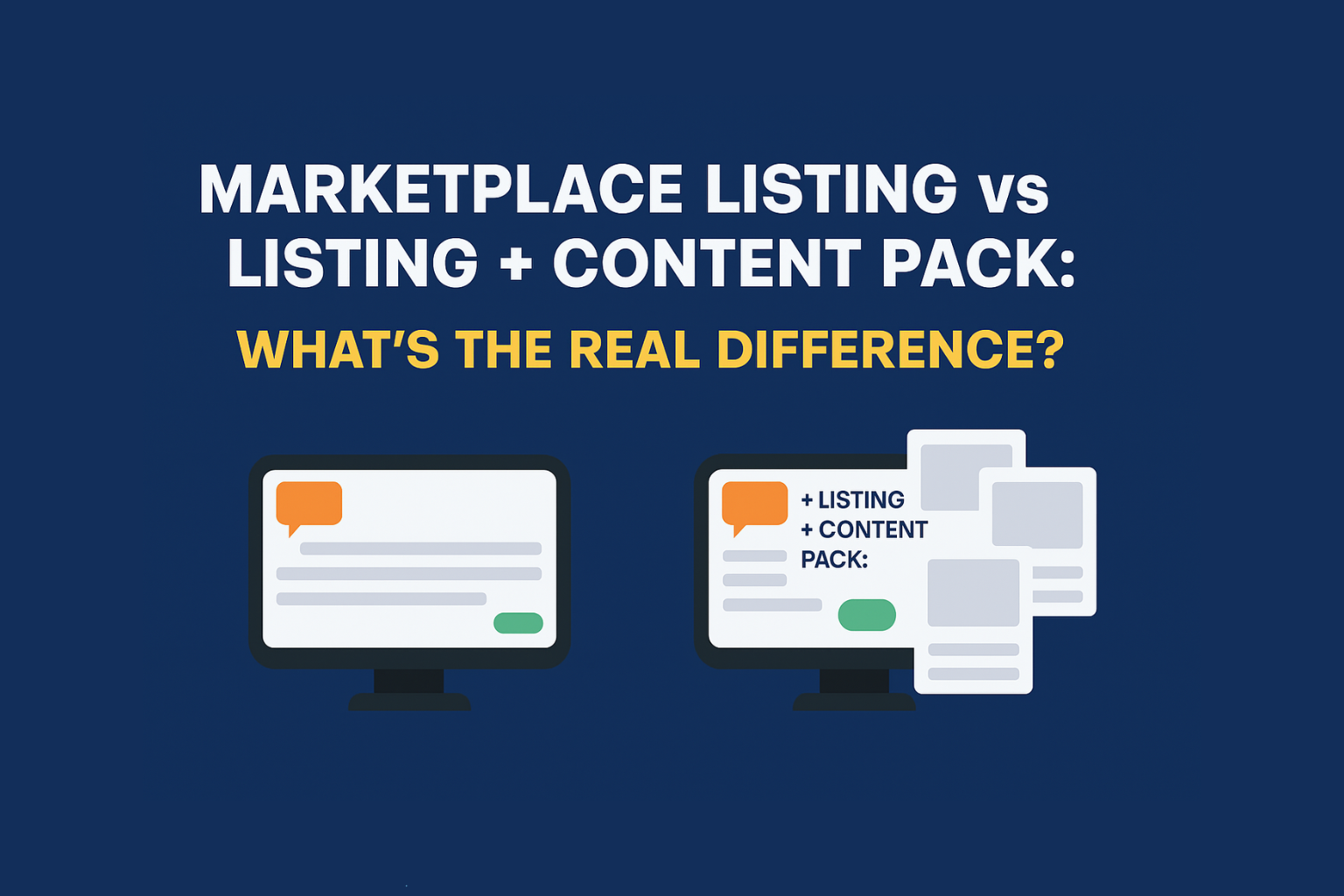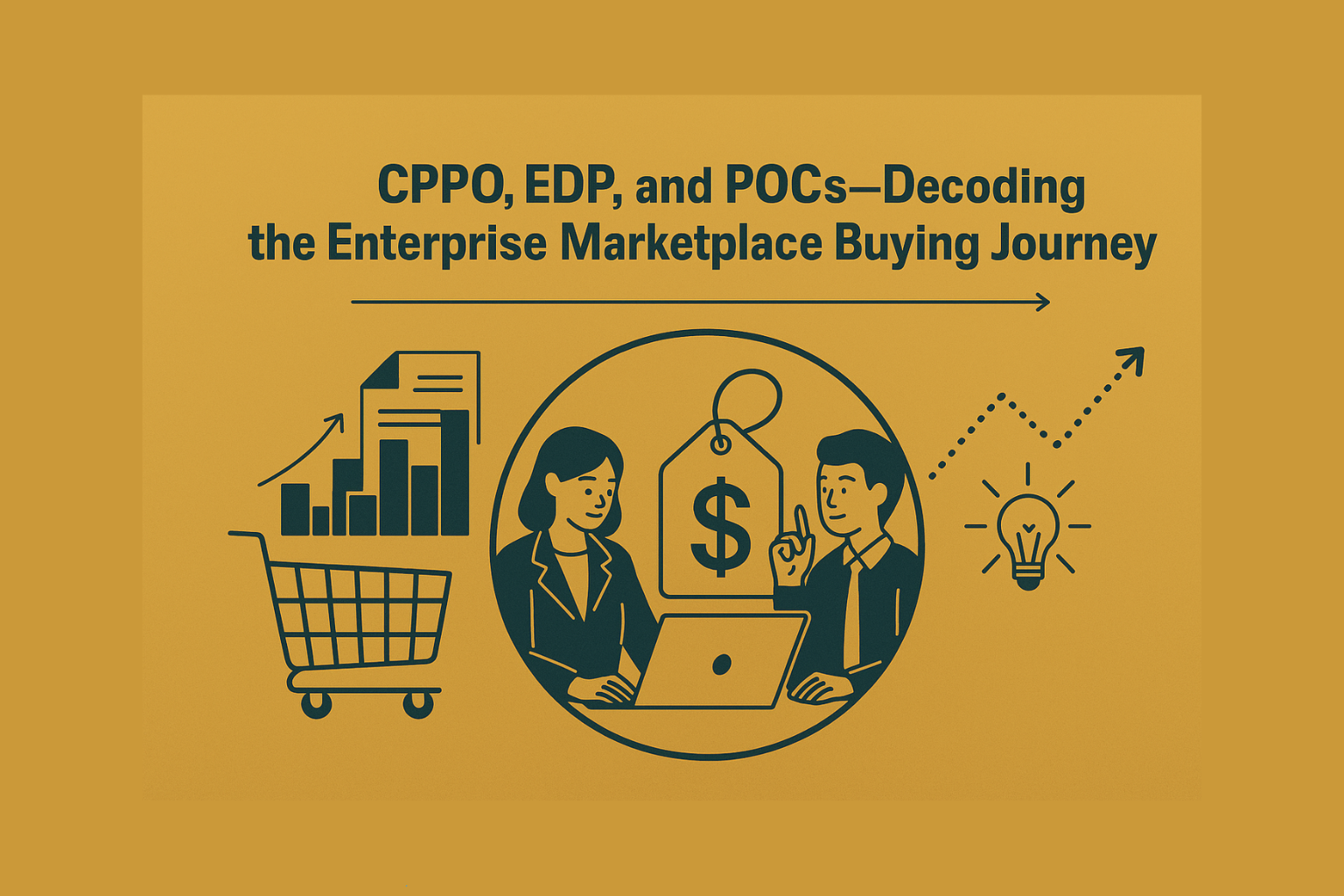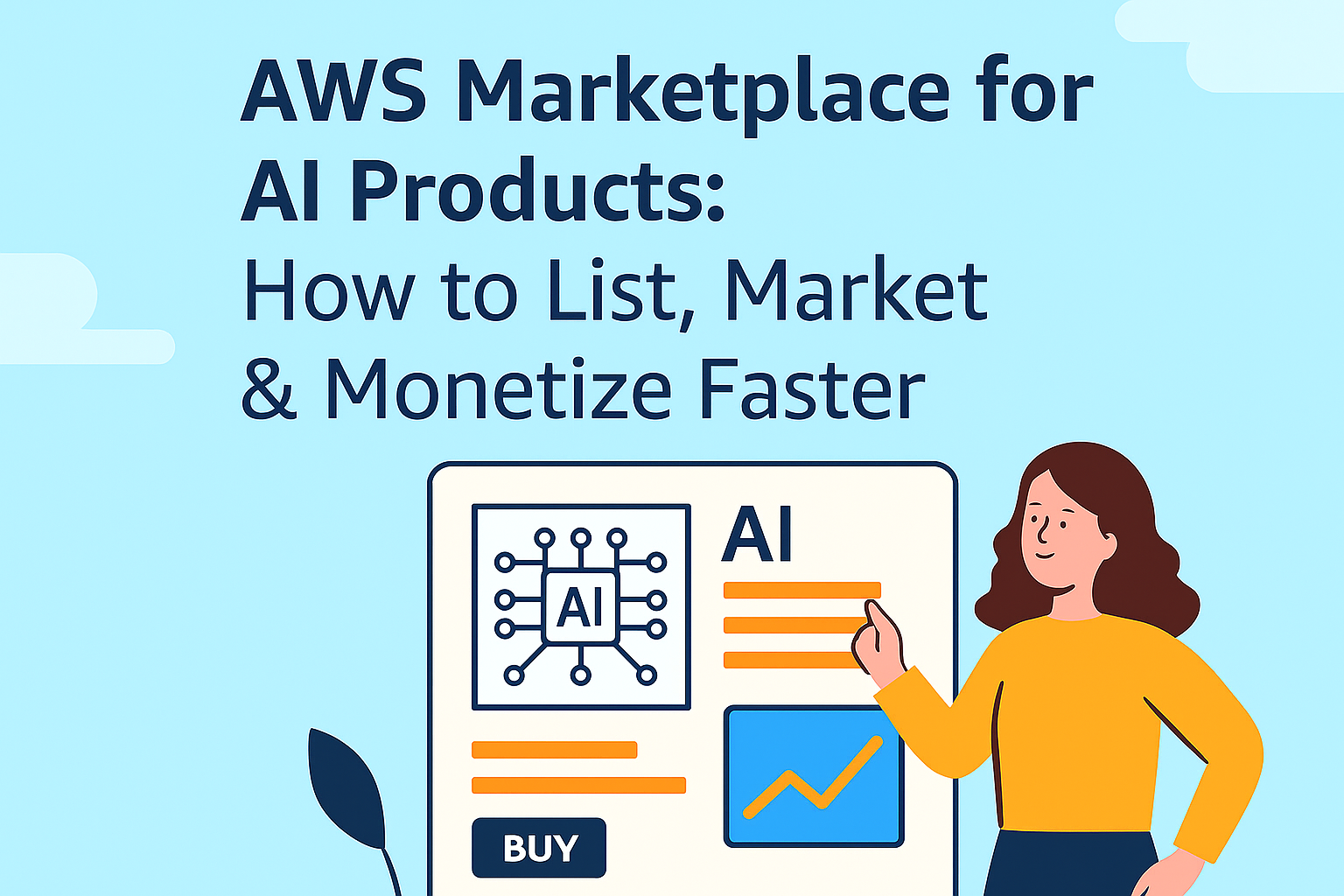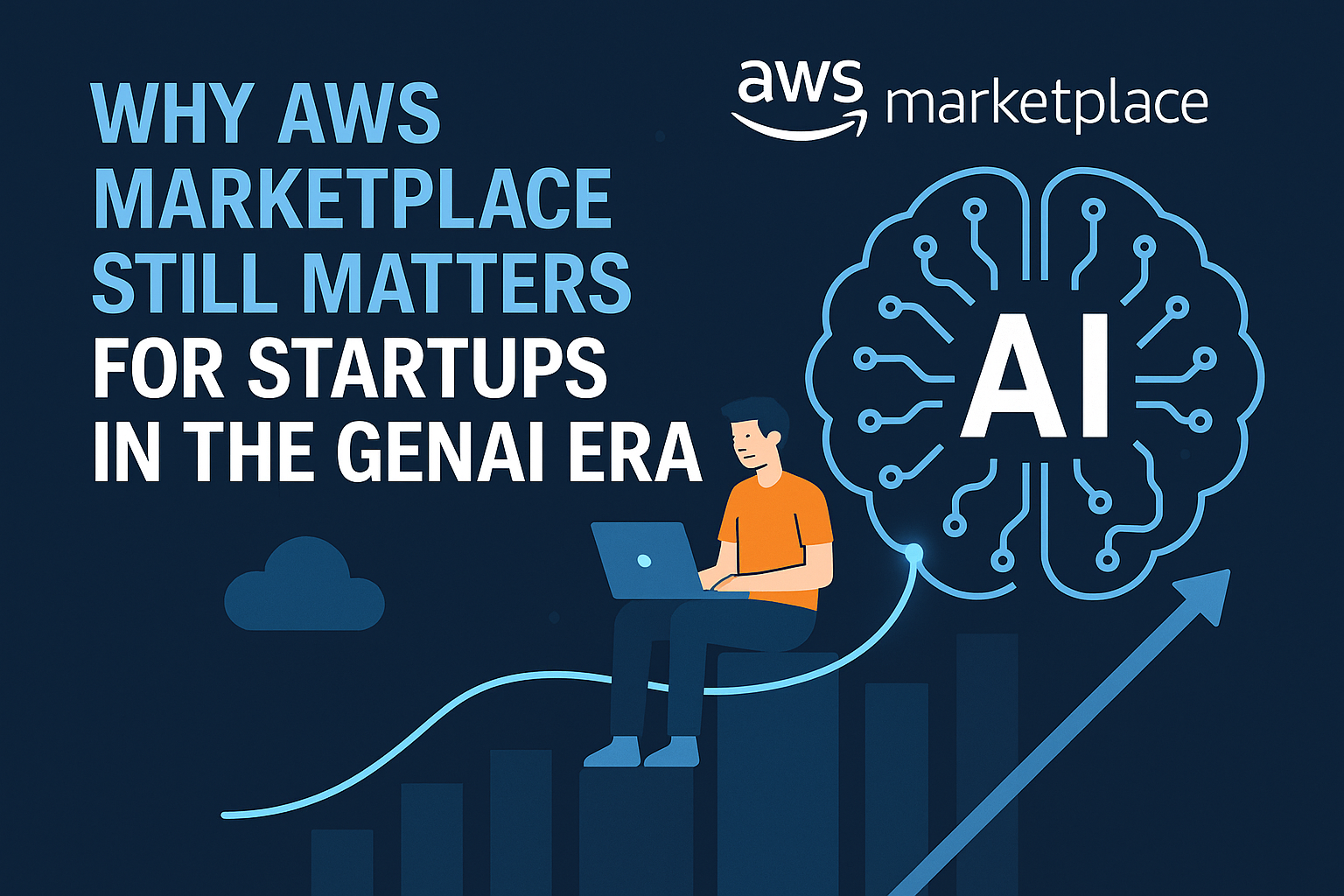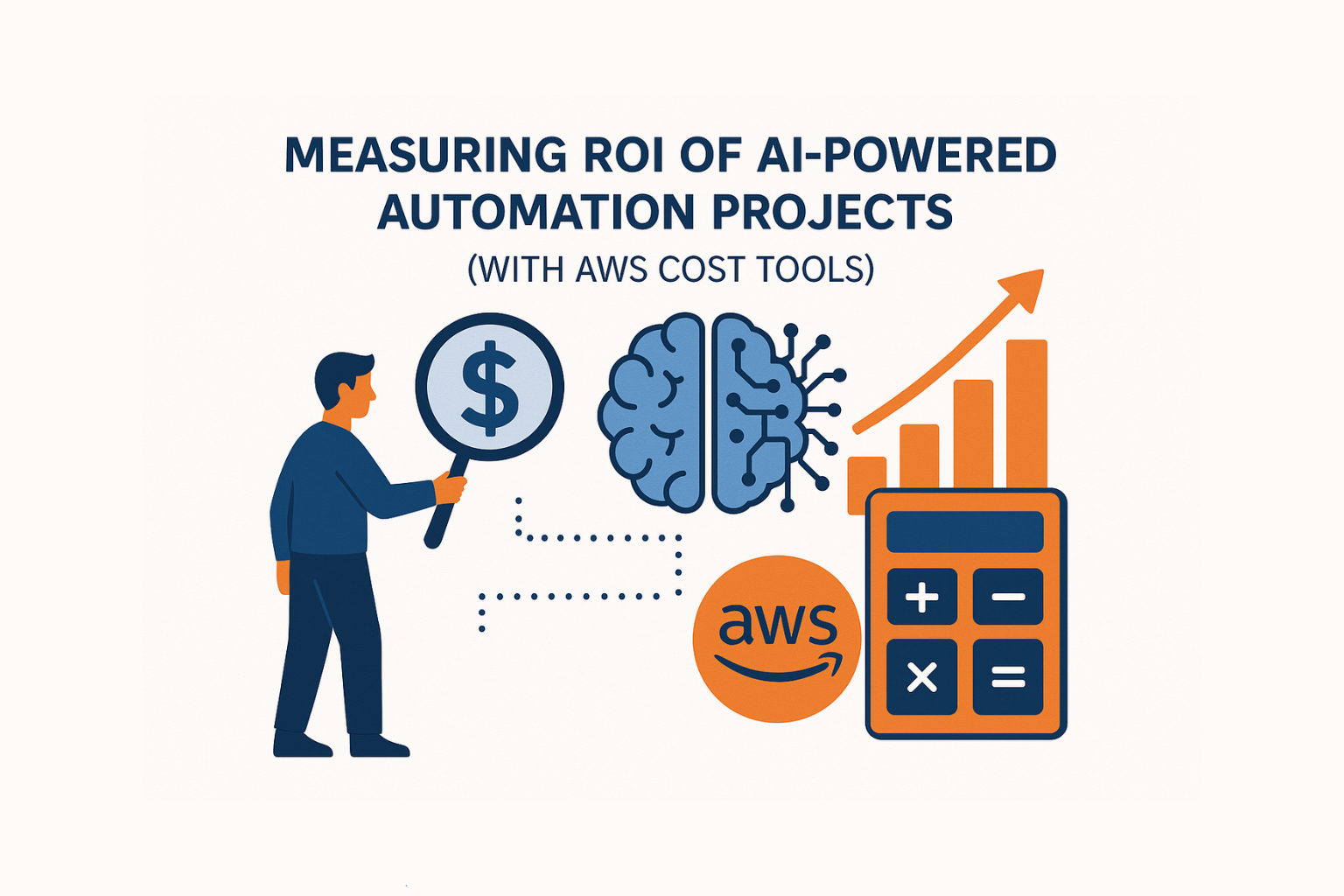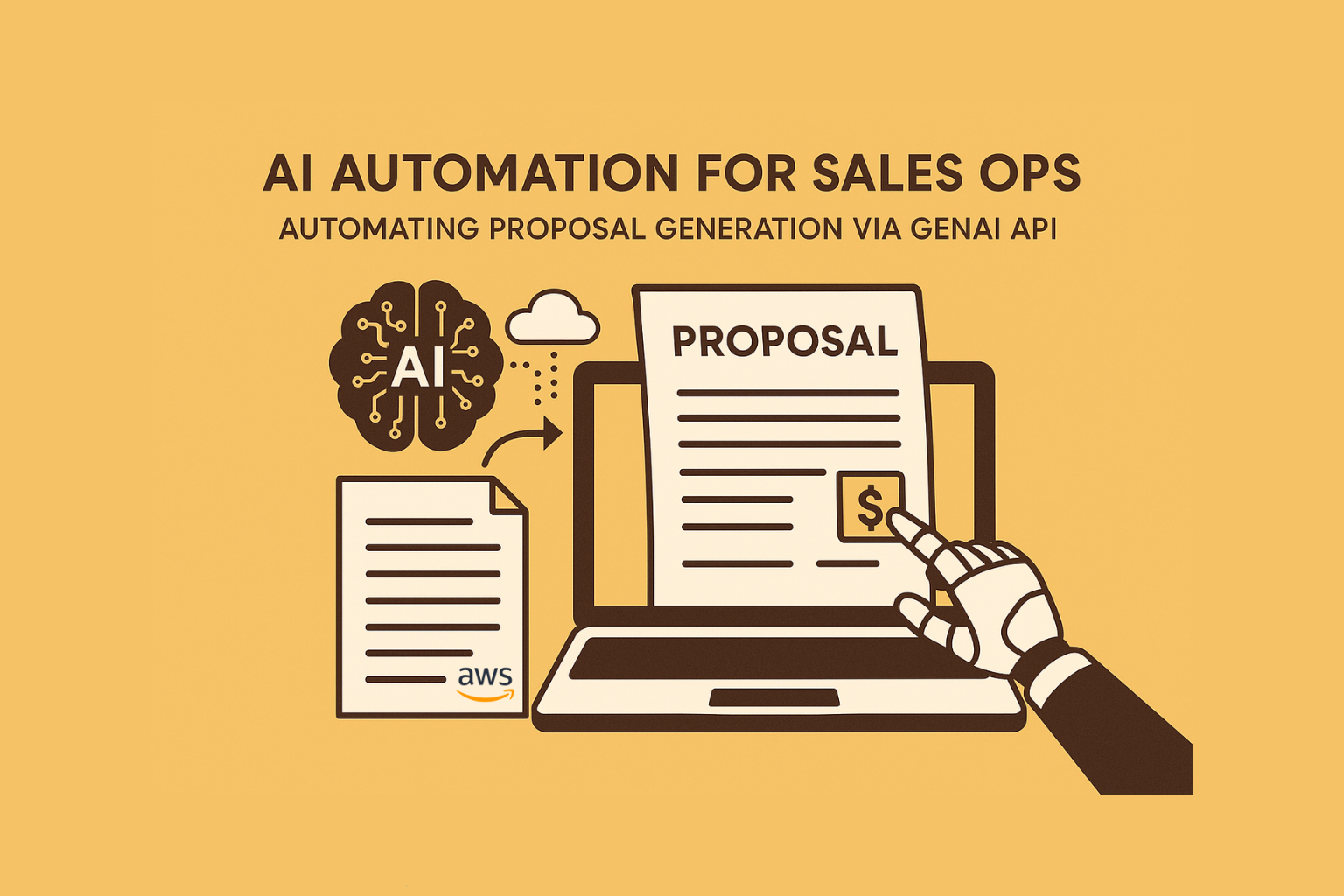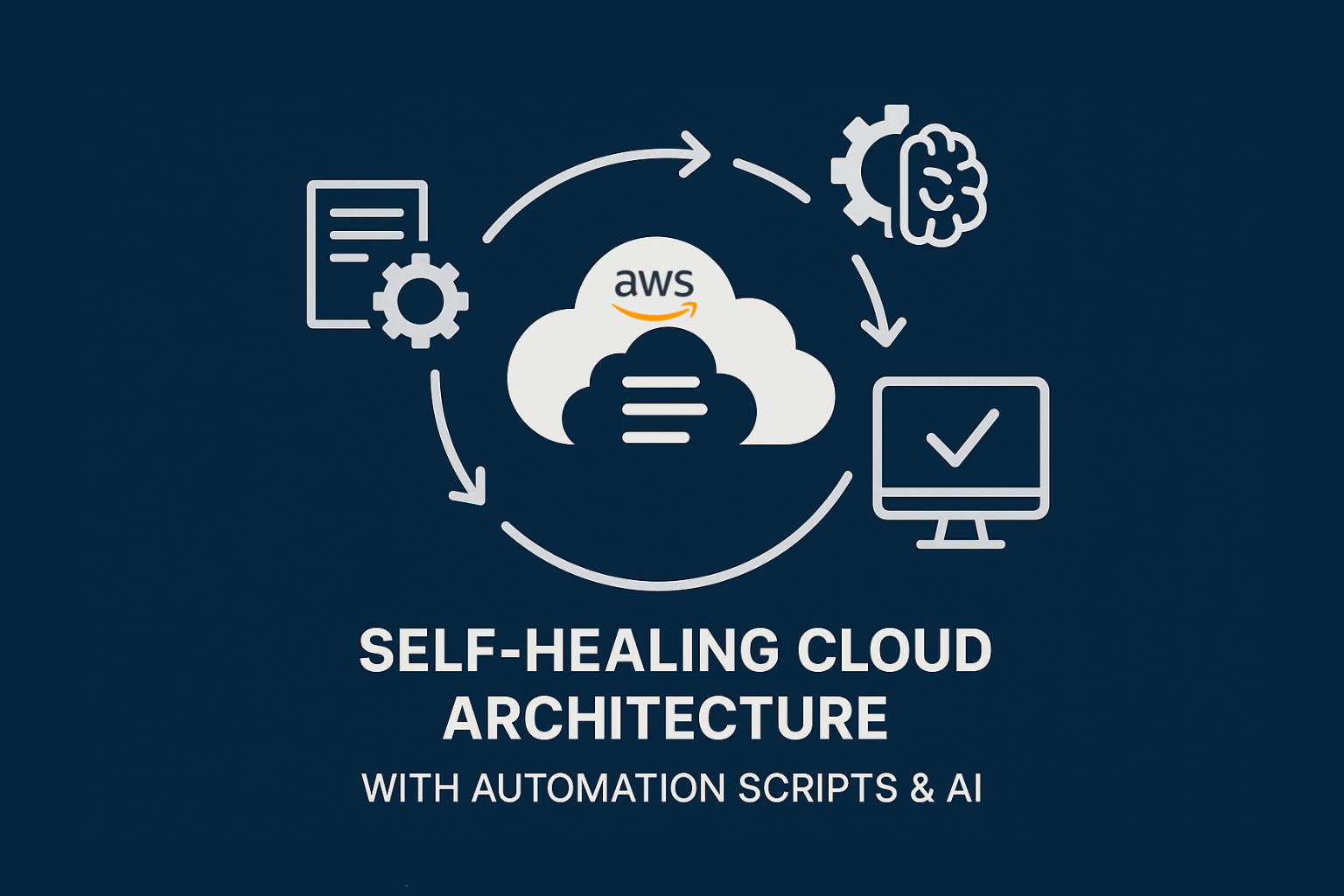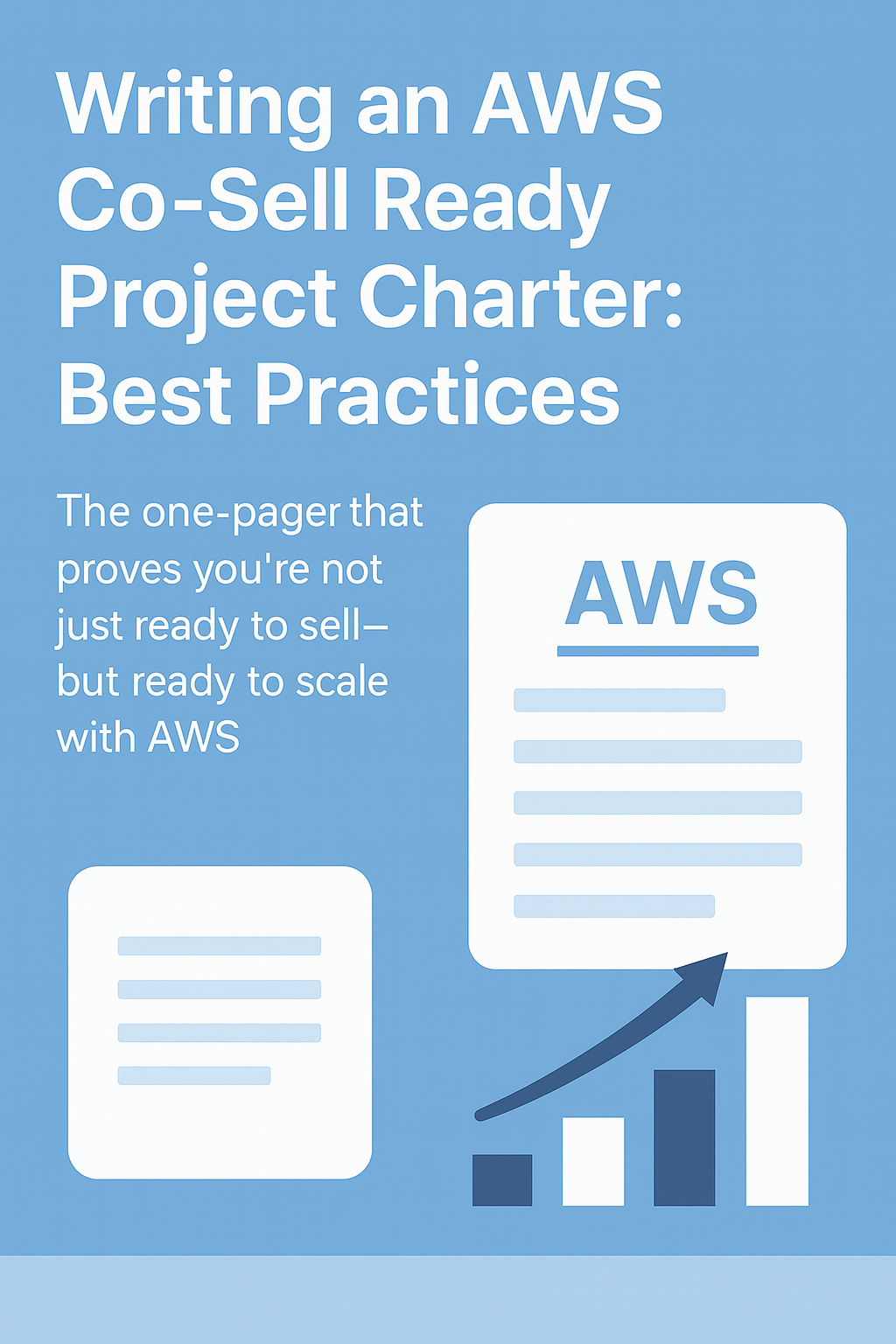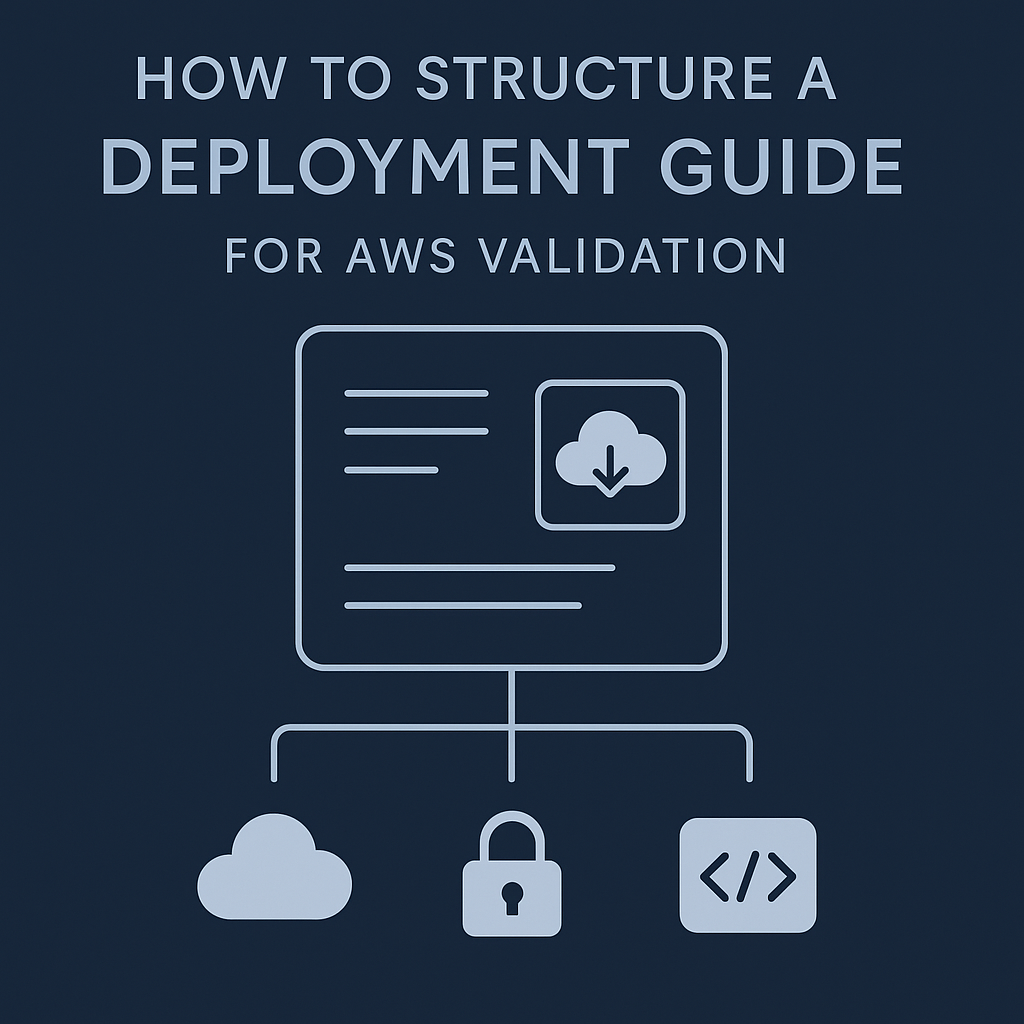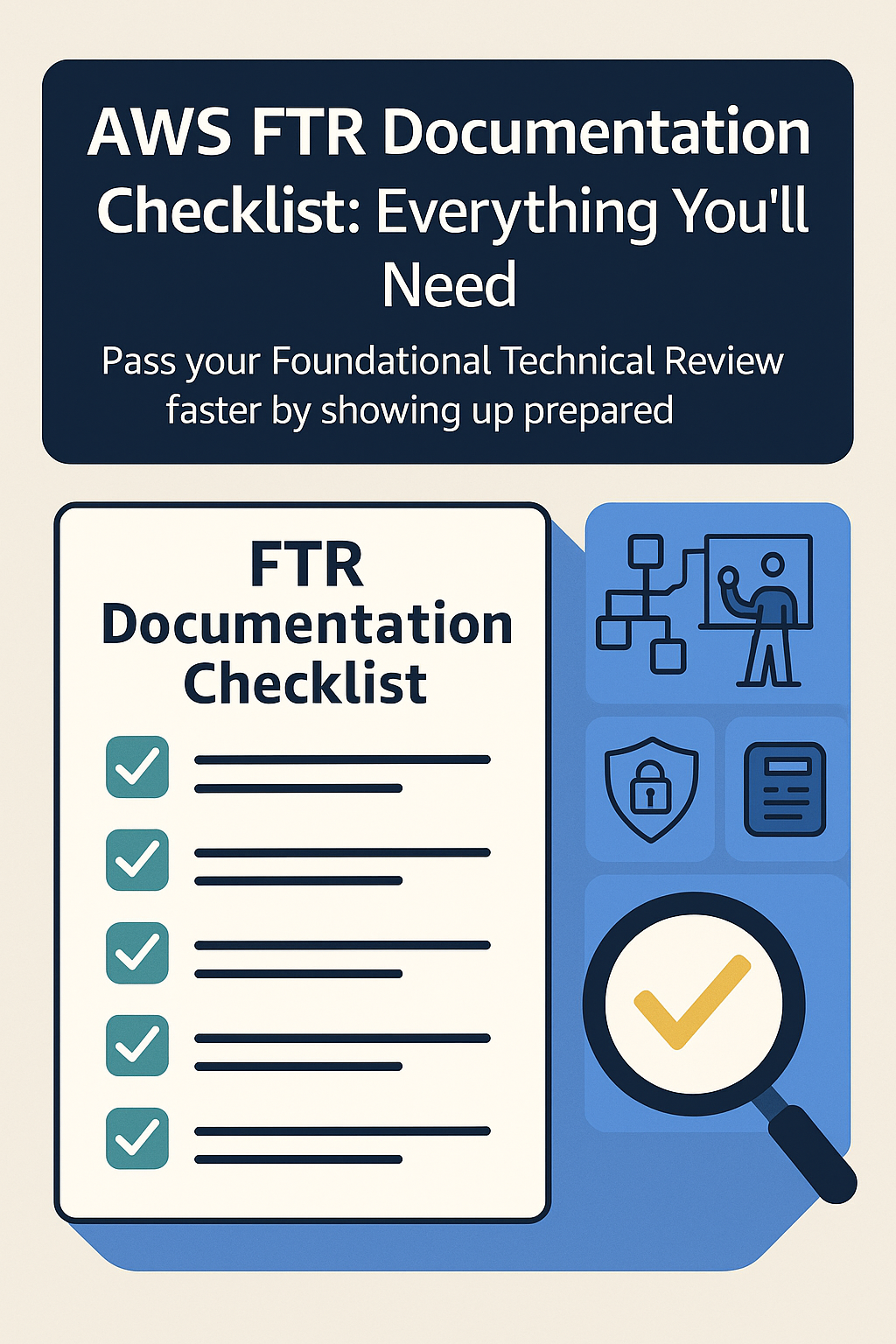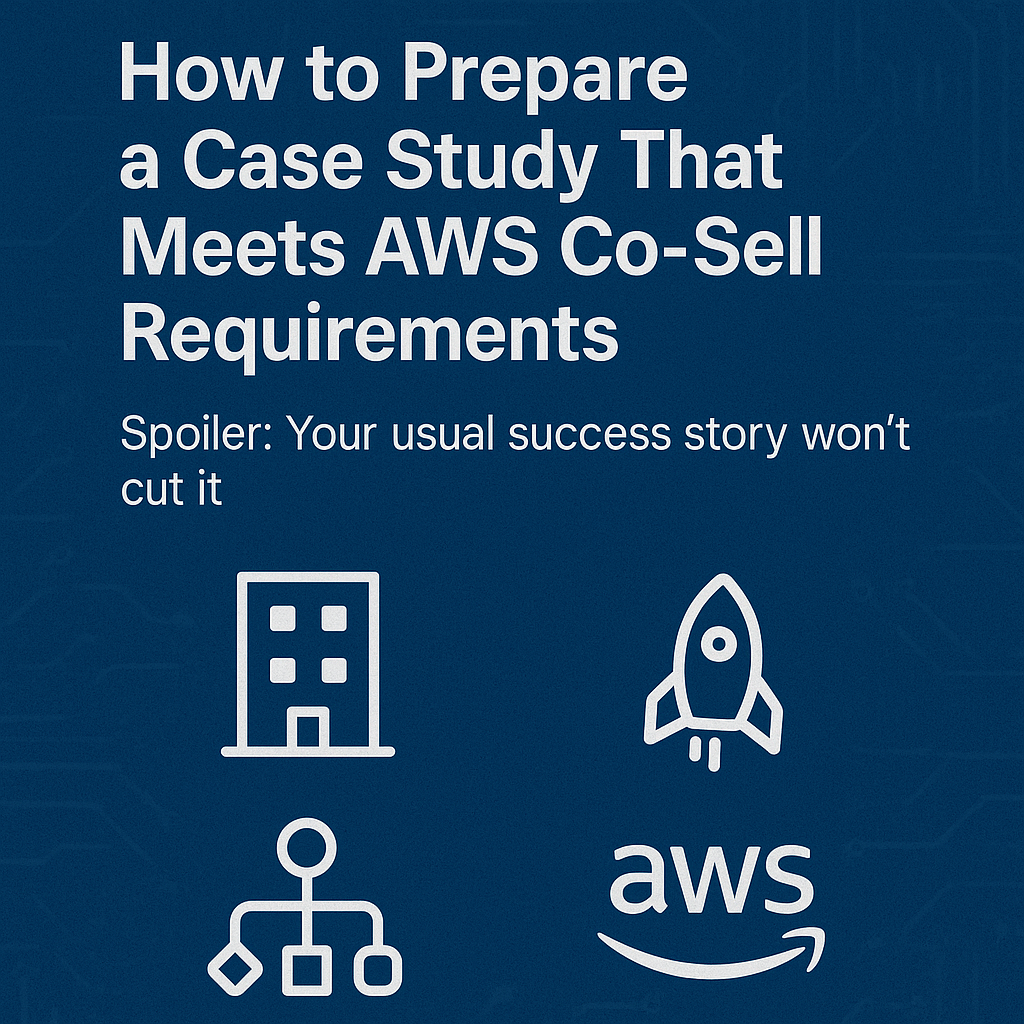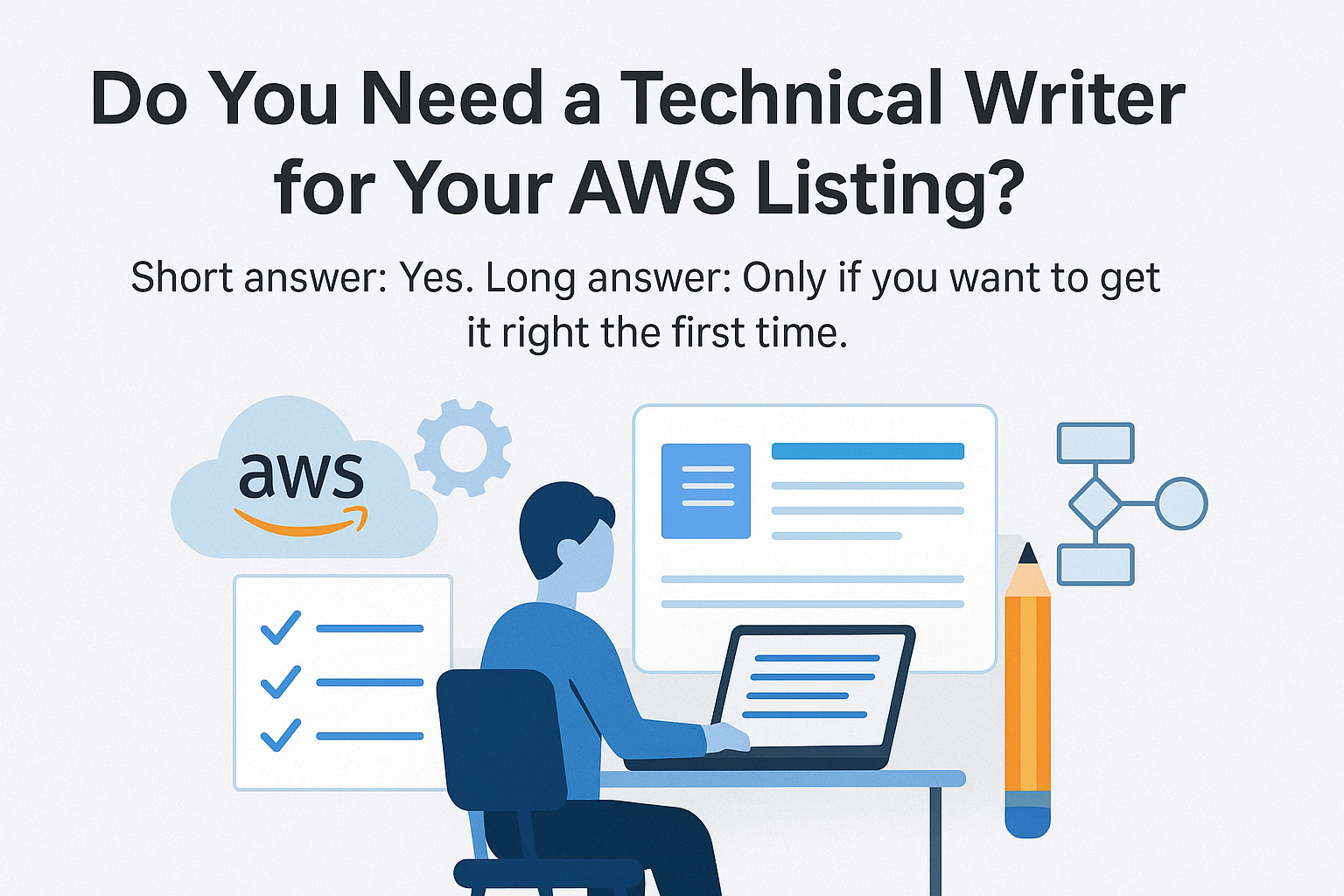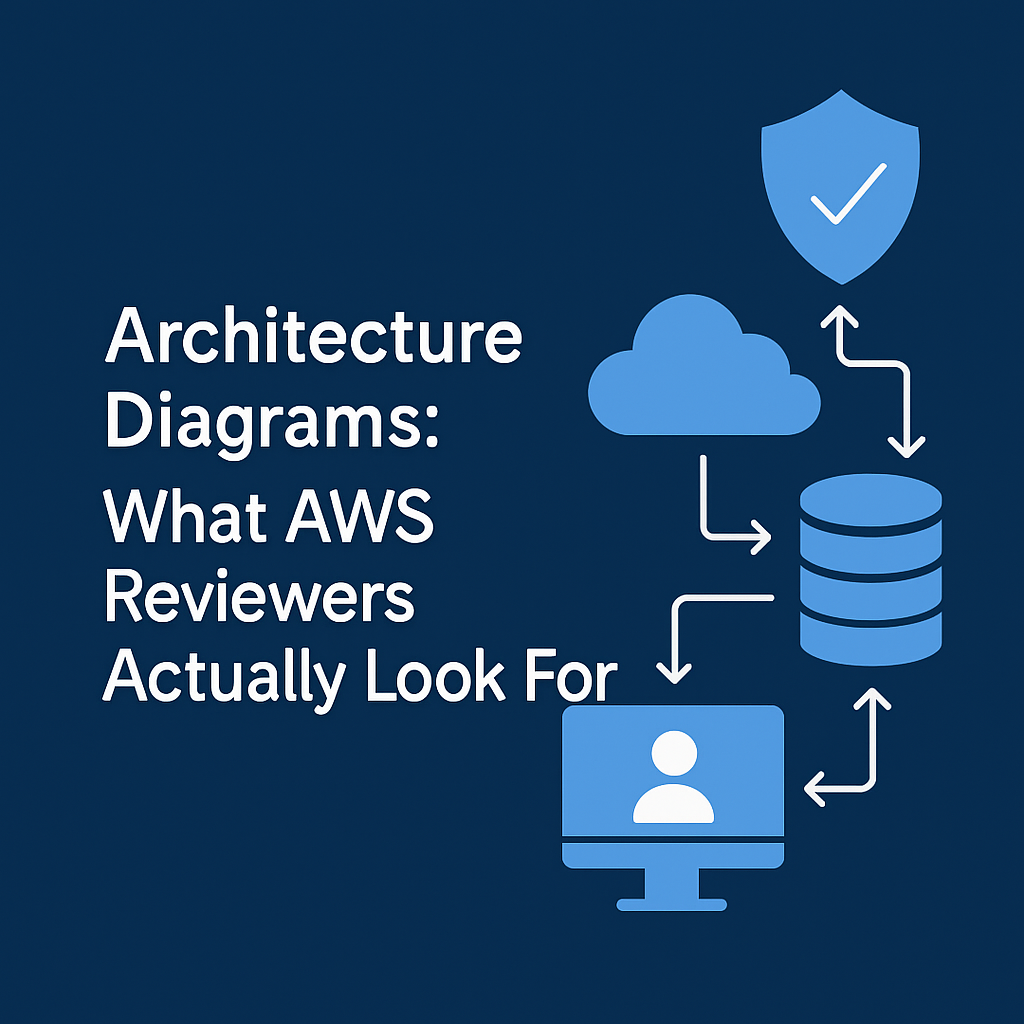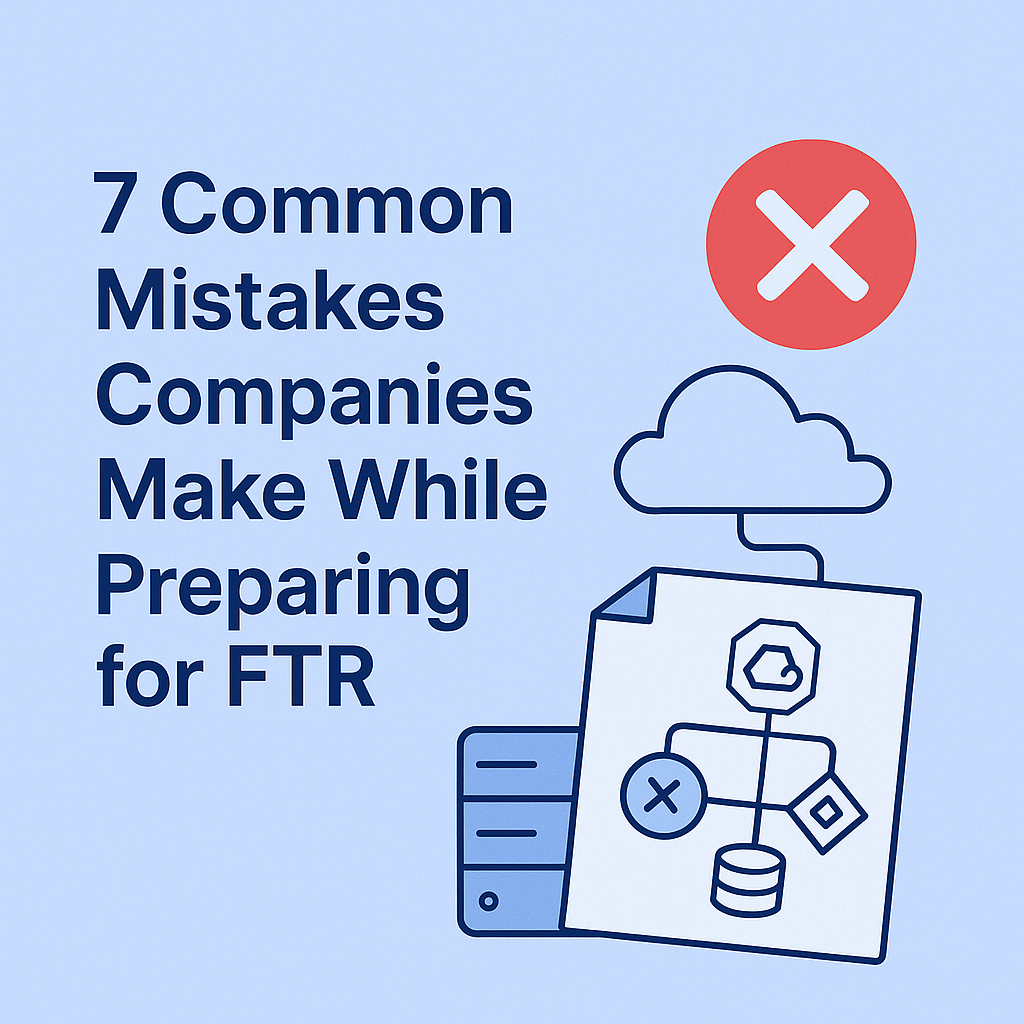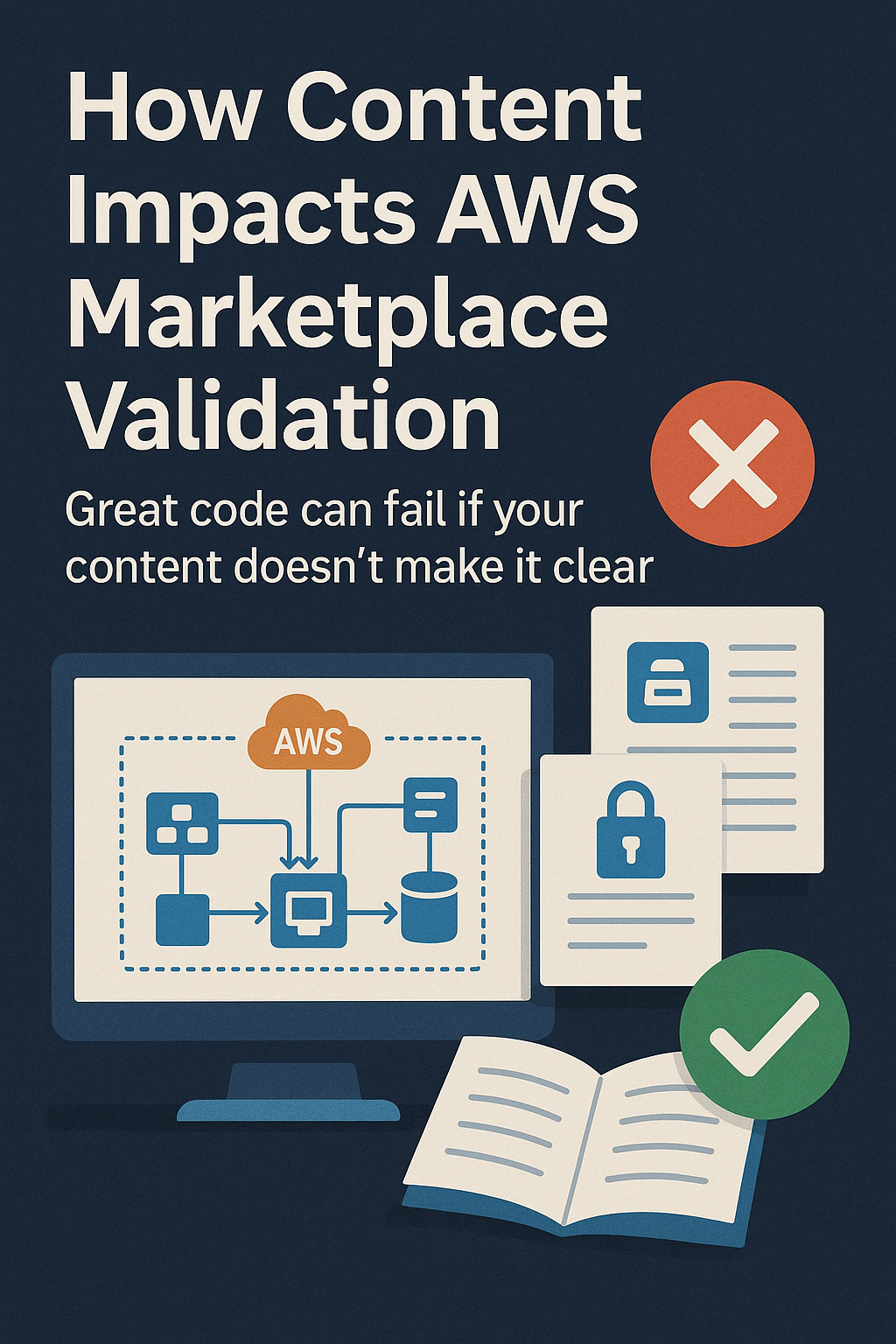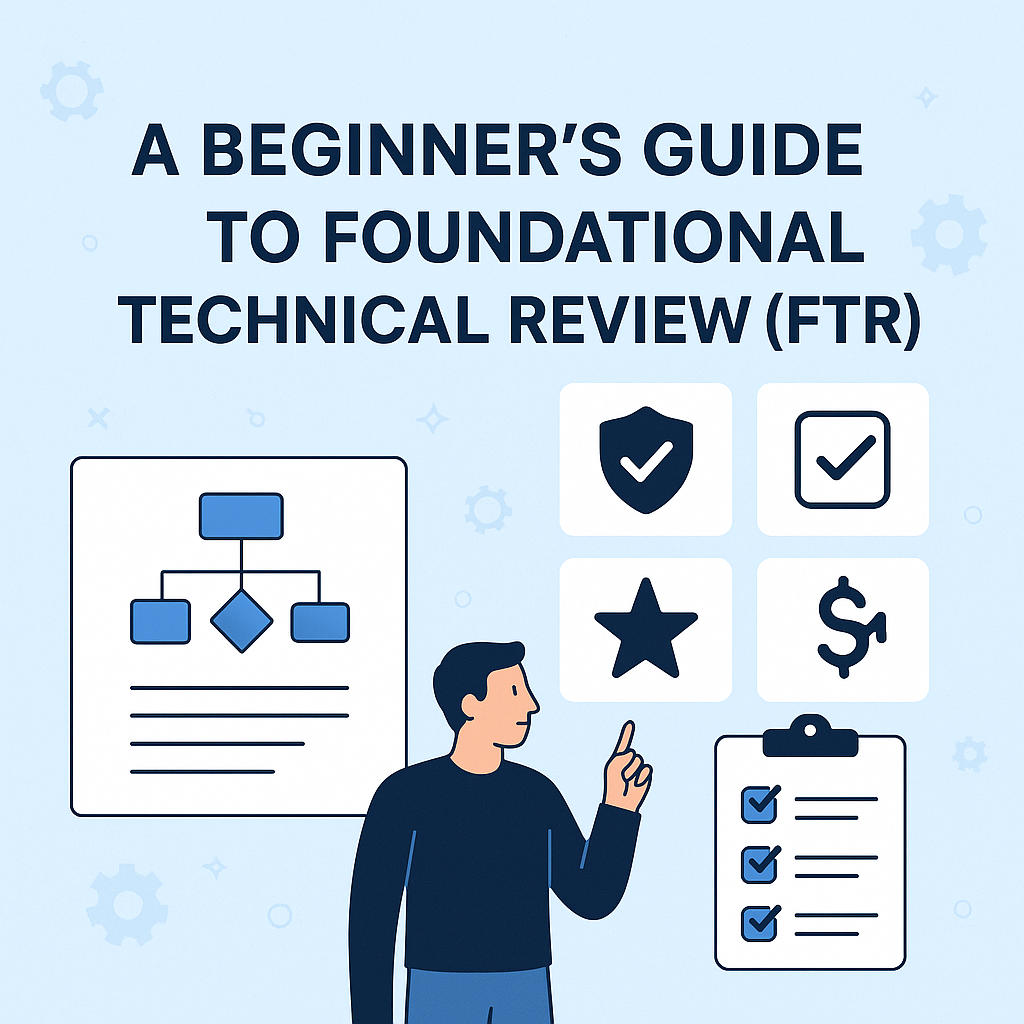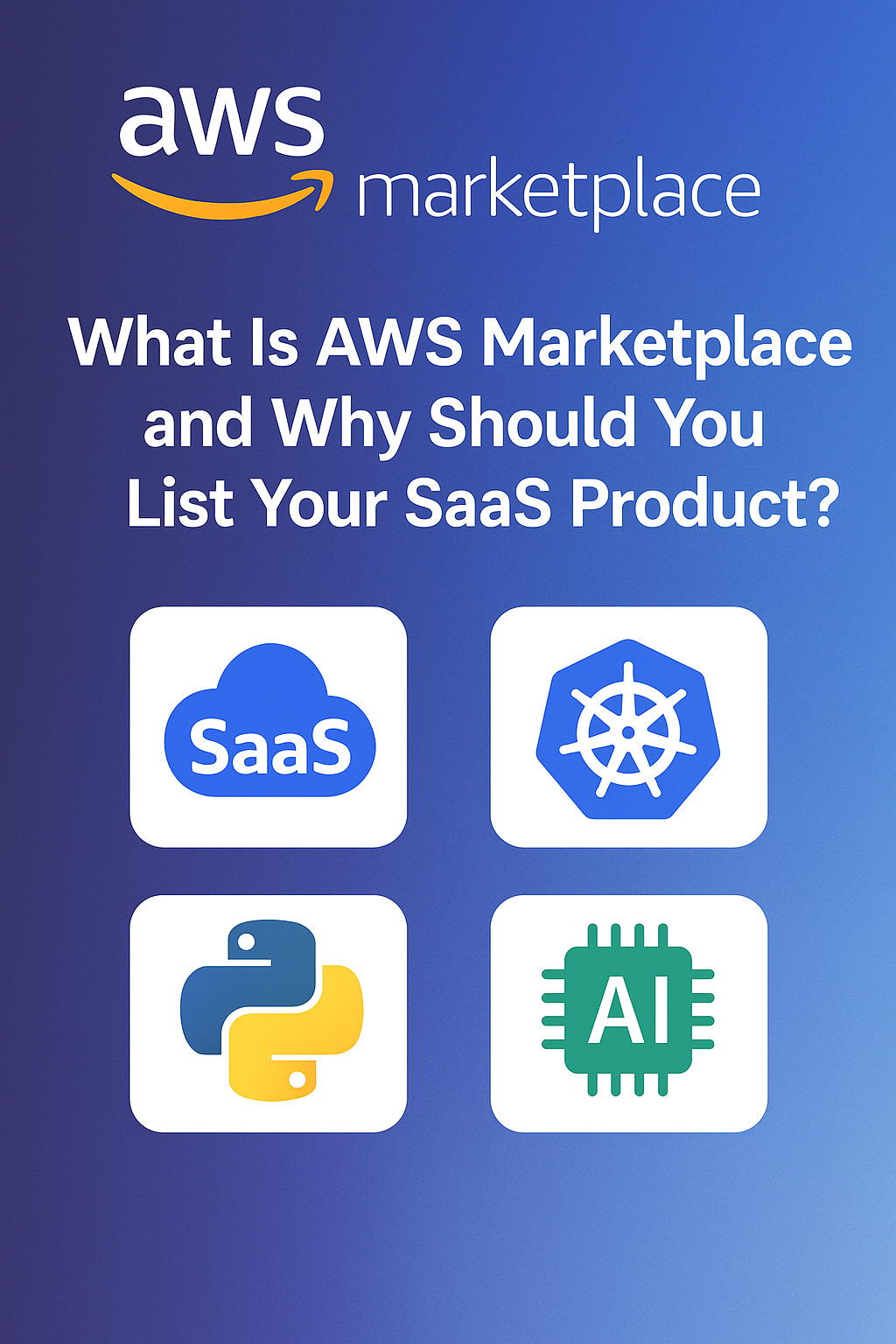You don’t need more traffic; you need more clarity
Introduction
Most AWS Partners assume that once their product is listed on AWS Marketplace, the job is done.
But the real question isn’t just:
“Are we listed?”
It’s:
“Are we converting?”
And when your listing isn’t converting—even if you’re Co-Sell eligible, Partner-ready, and technically robust, it’s rarely because of your product.
It’s because your content didn’t close the gap between discovery and decision.
In this post, we’ll explore how technical content directly impacts conversions on B2B marketplaces like AWS—and what kind of content actually gets prospects to say “Yes.”
Why Technical Content Drives Conversions
Buyers on AWS Marketplace aren’t browsing casually.
They’re:
- In procurement mode
- Comparing vendors
- Evaluating deployment speed, security, and architecture
- Sometimes buying without even talking to sales
That means your listing must:
- Communicate trust
- Prove capability
- Anticipate objections
- Enable action
Your technical content is what does all of the above.
Key Content That Impacts Conversion (and Why)
| Content Asset | Role in the Buyer Journey |
|---|---|
| Architecture Diagram | Builds technical trust instantly, “Yes, we can deploy this” |
| Security Overview | Assures compliance officers + InfoSec teams |
| Deployment Guide | Signals low setup friction—especially for ops teams |
| Case Studies | Social proof for decision-makers, “Others like me use this on AWS” |
| Solution Overview | Helps buyers quickly connect problem → solution → value |
| Pricing Clarity / Support Info | Removes buyer anxiety during procurement |
The more friction you remove with documentation, the less time buyers spend hesitating.
The Silent Conversion Killers
- Technical content written for reviewers only—not for customers
- Marketplace listing with no deployment documentation link
- Marketing blurbs with no metrics or AWS references
- Security page that just says “We encrypt data at rest”
- No integration examples, architecture diagrams, or onboarding flow
In B2B marketplaces, vague = risky. And risk slows conversions.
What High-Converting Marketplace Listings Have in Common
| Trait | Why It Works |
|---|---|
| Clear Buyer Language | Speaks directly to DevOps, CTOs, security leads—not just AWS reviewers |
| Modular, Actionable Content | Links to docs, FAQs, diagrams, pricing guides, and solution walk-throughs |
| Credible Architecture | Uses AWS-native icons and calls out real services |
| Vertical-Specific Case Studies | Builds trust with buyers from regulated industries |
| “Why This Product on AWS” Section | Differentiates from similar tools already in the Marketplace |
Quick Optimization Checklist
- Is your Marketplace listing structured for reading or just submission?
- Are you linking to key technical docs from the listing?
- Can a buyer validate your security posture without talking to you?
- Are outcomes and use cases clearly stated in language your ICP understands?
- Are you removing decision friction or introducing more?
Pro Tip: Don’t Just “Write” Content; Engineer It
Every paragraph in your listing should answer a buyer’s question:
- What is this?
- How does it work on AWS?
- Can I trust it in production?
- Who else is using it?
- How fast can I deploy it?
If your content doesn’t answer these, your listing doesn’t convert.
Conclusion
The difference between a passive listing and a converting one?
Content that removes doubt and speeds up decisions.
In the AWS ecosystem, trust is built not with demos but with diagrams, docs, and deployment clarity.
Want a Marketplace listing that doesn’t just get listed, but actually gets picked?
Contact us for more details.
